|
Hi all, i just came back from Batam and had a very fruitful photo shoot at one of the oldest village in Batam - Tanjung Uma. It is known to be about a century old fishing village with houses built on stilts over the water. As i mentioned last week, i will be sharing many of the more poignant moments of this trip. How fortunate our lives are. How hard it is for so many. I know many people have no idea how the majority of the rest of the world lives today or have suffered over the centuries. Returning from Batam, i was heartily reminded of the harsh lives of so many people lead on this planet. Yet, we were equally struck by the joy that we so often witnessed on the faces of people who live, by our standards, with so little. There are too many numerous examples to offer, but I think some of the best of them can be a reminder to all of us that the single biggest ingredient to happiness is gratitude. It took me about half my life (so far) to fully learn this lesson but it’s engrained in me now and this trip was just a dramatic additional demonstration of how it’s our attitudes, not our circumstances that define us as human beings. Here goes the Part 1 of 2 blog post series on my recent trip to Batam - a visit to Tanjung Uma Village that was snapped in both black & white and colour mode. This blog post on Tanjung Uma in Batam is also part of my intention to address some social-stricken issues (i.e poverty, health and illiteracy) in this part of Indonesia. Poverty is a continuously debated concept. Different people have different definitions and indicators for poverty. There are at least three basic causes of poverty in poor communities. First is the problem of inadequacy of access and unavailability of facilities and services for fulfillment of basic needs. The absence of means for education and health services and of roads, markets, clean water and other services is regarded as a reflection of a low quality of life. Second are sociocultural problems that include values and behavior inimicable to improvement of community life. Low work ethics, lack of creativity, consumptive behavior and a short-term outlook are some values said to reflect a culture of poverty. Third are structural problems, namely, policies and regulations rooted in the wider system that do not favor poor communities. In this perspective, poverty does not derive from Indonesian communities, but from those groups external to the communities that control the wider system (government). It is injustice embedded in the system that impoverishes Indonesian communities. In short - “an Indonesian community is not poor, but is made poor.” Thus, the problem is not “poverty” but should be “impoverishment" (meaning very poor). Setting off from a morning 45-minute ferry ride departing from Singapore Harbourfront Ferry Terminal to Batam Centre. A 30-minute car ride from Batam Centre to reach the destination - Tanjung Uma. Most of cities i had visited have their versions of suburbs. They were quite unlike the typical American suburb, in which every convenience is available and every fast food franchise is present not to mention the starkly contrasting sense of cleanliness. Rather, these mostly dusty, drab, and dirty shantytown looking areas were lined with tiny shacks and businesses in which the proprietors displayed their wares - food, electronics, household items, etc, either openly, on the street, or in the most basic of displays. On one side of the streets, the displays of exotic fruits, vegetables and unimaginable fare from the sea would be in full view, in an unhygienic manner as you could possibly imagine. The wooden platform use by the villagers daily for walk path as well as for laundry and other uses. Below are some of my favourite children portraits shots taken at Tanjung Uma Village. The kids laughed, waved and asked if i could take more photos of them *smile*. One of the things that impressed me was how happy the children were. Everywhere that I went I saw children smiling and singing songs even though they were living in conditions that are described as squatters, they were happy. One could sense a feeling of freedom in the air, despite the fact that much of the whole village is in ruins and its infrastructure destroyed. When I stopped to do some shot, these kids appeared and the boy in the middle performed a little dance and amusing expression for my camera. Why weren’t they wearing any shoes? What do the people do everyday? Why did the baby sleep with no clothes on? Where do the whole family sleep since their home is so tiny? How do they wash themselves since there is no proper water tap resource as well as for consumption? I realise how different people have different lifestyles, how we need to be respectful towards people from different walks of life, how we need to always be thankful for what we have and not complain about what we don’t have. The children live in the very basic mud wooden or brick homes that you see being reconstructed on the side of the waste dumping area. There is not much of clean water or electricity and no proper toilets, so it is a very basic and poor existence. But still the children are happy. What a contrast to some of the spoilt kids that you see in many other western countries, who scream and shout when they can’t have the latest electronic toy or one more ride in the theme park. It was the children that had the greatest effect on me in the best way. There wasn't any child whom I met who didn’t have a smile on his or her face. “Joy” was the word that so often came to mind seeing the visage of their dirty faces, their tattered clothes and their under-fed, skinny bodies. Joy at just being alive. I looked around at the kids playing around the tentage, busy helping their mother to do the laudry and their smile just spread across my face. They are so innocent and carefree although they live in poverty, they are happy with their lot. To see the people and children living in the village, with almost no access to affordable health care / electricity, it was heart rending at times, yet you admire the spirit of resilience within them that helps see them through pain and suffering. A close-up snapshot of the unsightly / unhygienic waste dumping area located right in the middle of several homes to the poor. In summary, Indonesia is full of slums. Sometimes i wonder how amazing life is. What made you the way you are today? What gave you life? I am very blessed to be born and brought up in a happy family, healthy manner. Should you be born any less fortunate, do you give up on life or stay negative with the rest of your life?
Maybe i can say it that way because i am not born any less fortunate. Maybe i will feel differently if i was. And so just because i am more fortunate, i should make a difference in the lives of those who have less means. There are just too many poor-conditioned homes in this old village and i saw 5 people squeezing in a "house" with no walls. Their siblings slept on the wet cardboard floor. The homeless, young and old slept outside in the rain on the streets. He sat on the wet cardboard floor and hung out with them. Hope all of you wish that you have the privilege of having a personal account like i did. One thing I know for sure is that i would not have learned anything if i had not gone over to the village and experience / witness it myself. We all need reminders to appreciate life more. I also hope that my photos taken at Tanjung Uma Village in Batam would be a wake up call for people who keep thinking and revolving only in their own tiny world and not realising of all the things that are happening ‘outside’ their world. We are actually lucky beyond imagination. I know we all live in our own space, time and place, and to be too self-critical of our good fortune is false humility. But, this trip was a healthy reminder for me of my excessive good fortune. I am blessed. This particular trip to Tanjung Uma at Batam was one of the memorable and rewarding ones in my life. Not just meant to be a photo shoot, it was more than beyond social missionary trip, I’d say ! :-) A Documentary Photography Trip to Batam (Indonesia) - Part 2 - To be continued....
6 Comments
Janice
12/6/2012 02:52:00 am
Thanks for the information.. It's a great post.. I must say that it's quite difficult to survive in such situations but they are living life joyfully.. Hats off to them..
Reply
Jennifer Teo
12/6/2012 02:53:41 am
Thanks Janice. Yes, we can choose to find joy wherever we may be!
Reply
Matha White
12/6/2012 07:53:04 am
I've been to worse countries (in Africa) and it never ceases to amaze me how so many people can be so happy with so little!
Reply
Philip Perks
14/6/2012 09:15:57 am
Really good reminders of how lucky most of us are! Thanks Jennifer - I needed this
Reply
12/8/2013 10:53:34 am
So close photography, I have read about many villages of Indonesia but never got chance to view it so close. Each picture is awesome but I'm watching again and again the pic of happy kids Specially who is in 'Black T-shirt'. He got a good expression.
Reply
Jennifer Teo
13/8/2013 04:01:59 am
Thanks for your kind comments!
Reply
Leave a Reply. |
Author
|

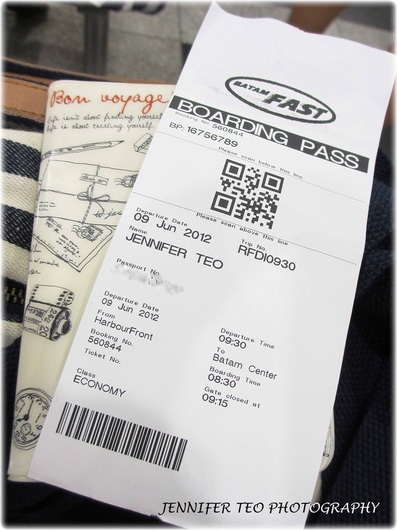
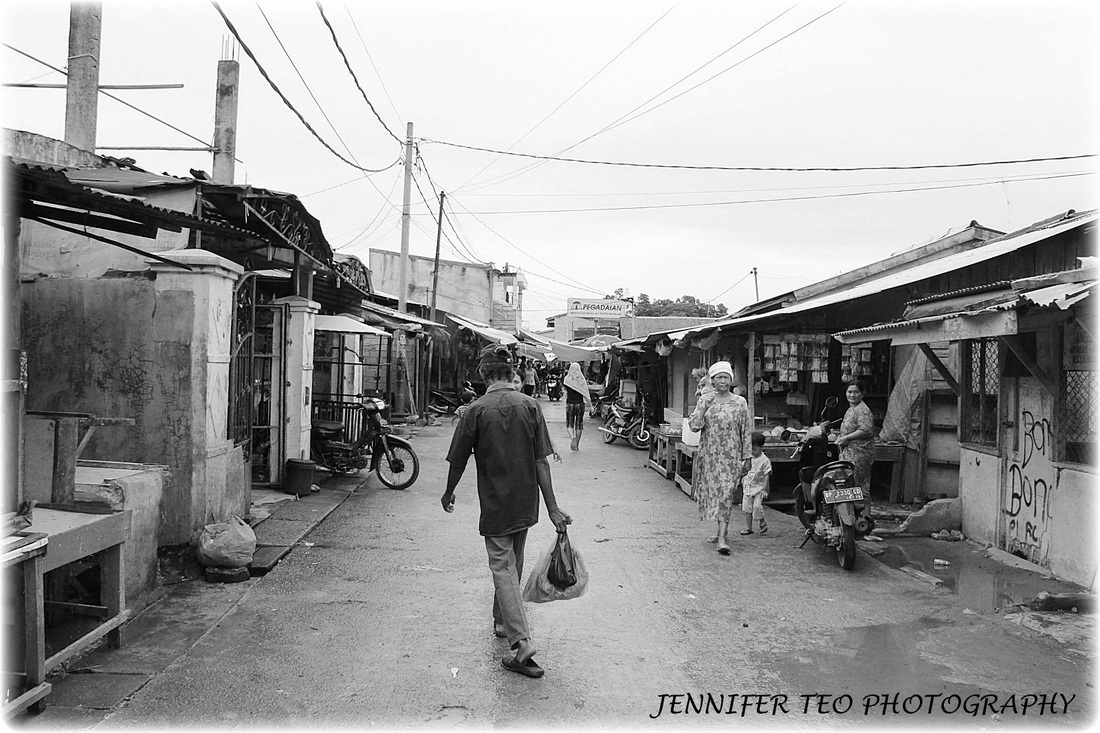
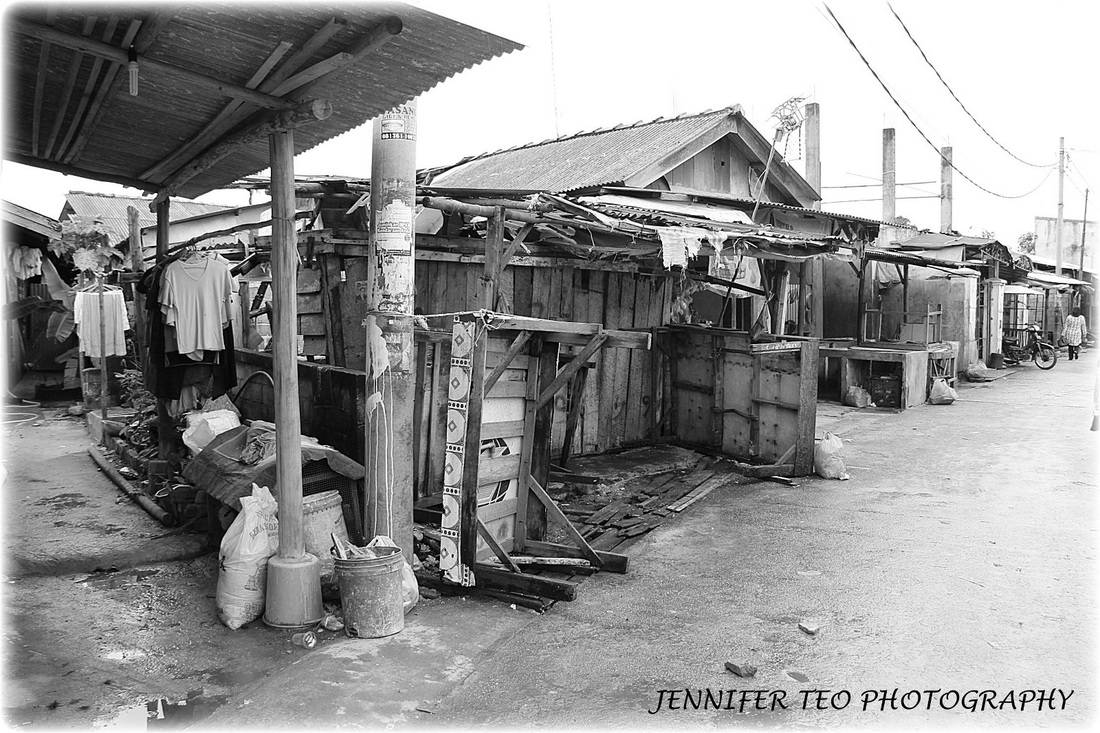
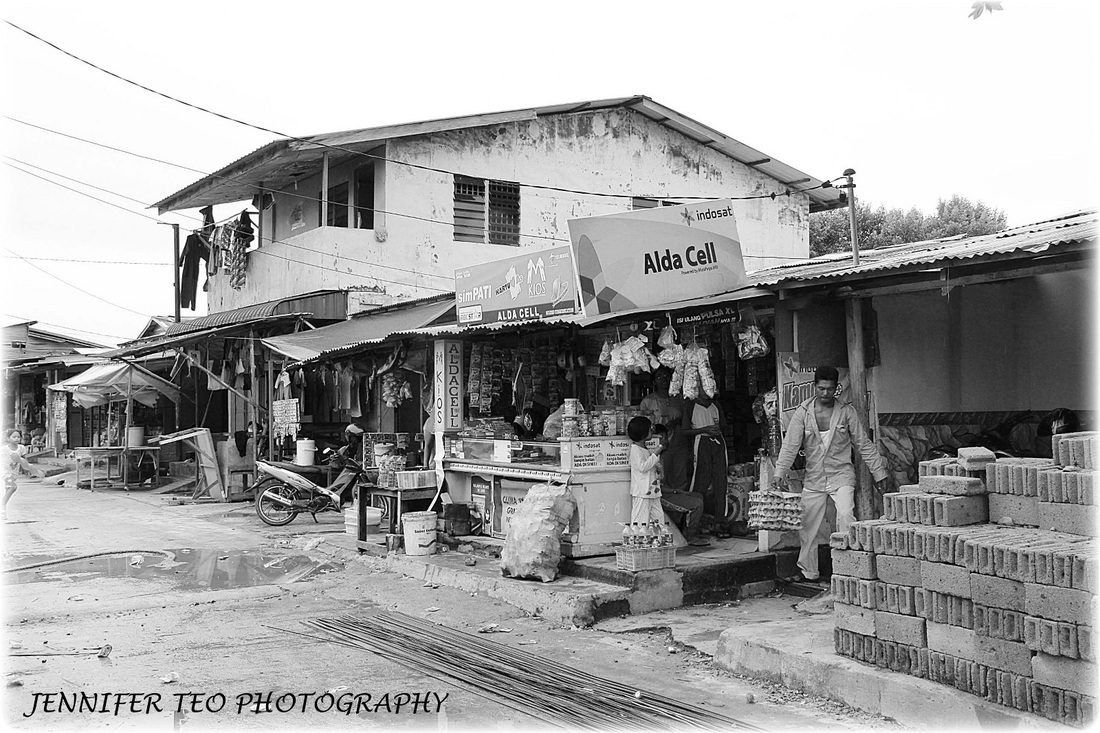
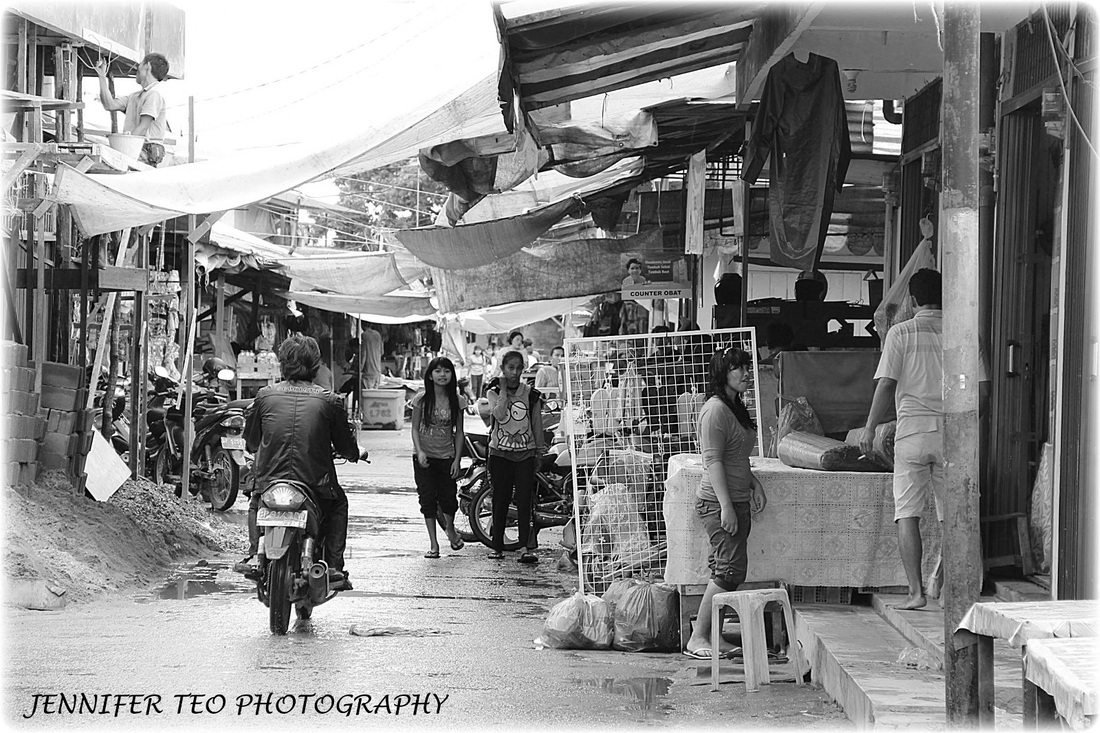
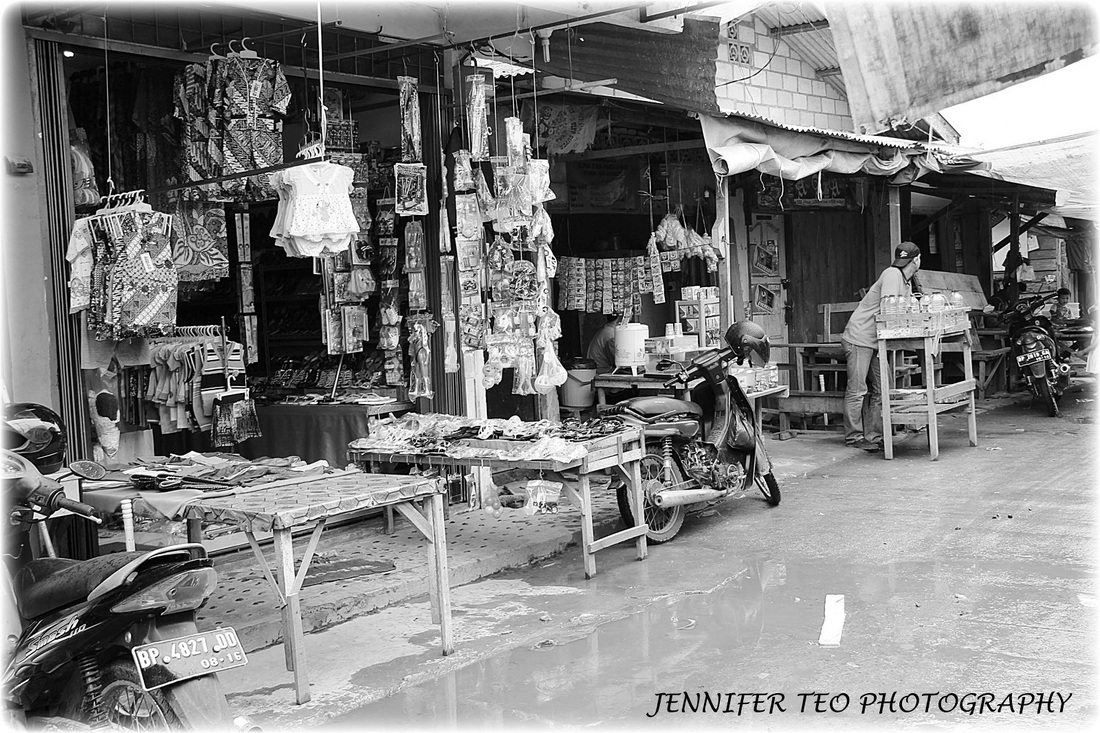
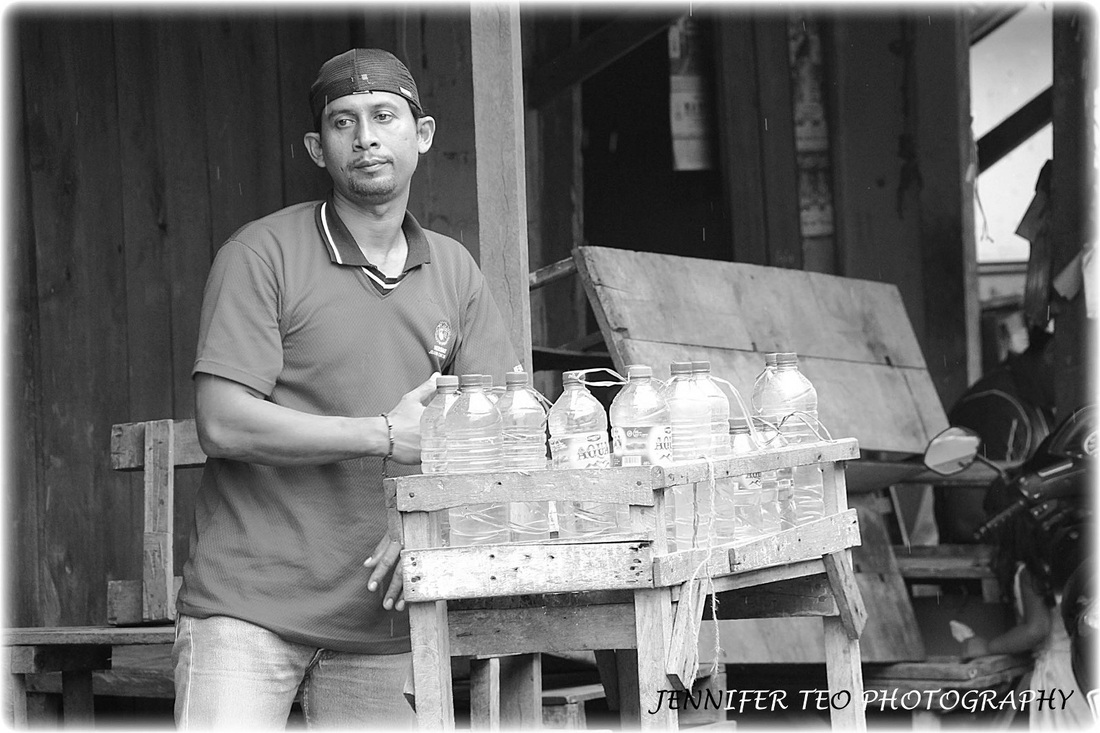
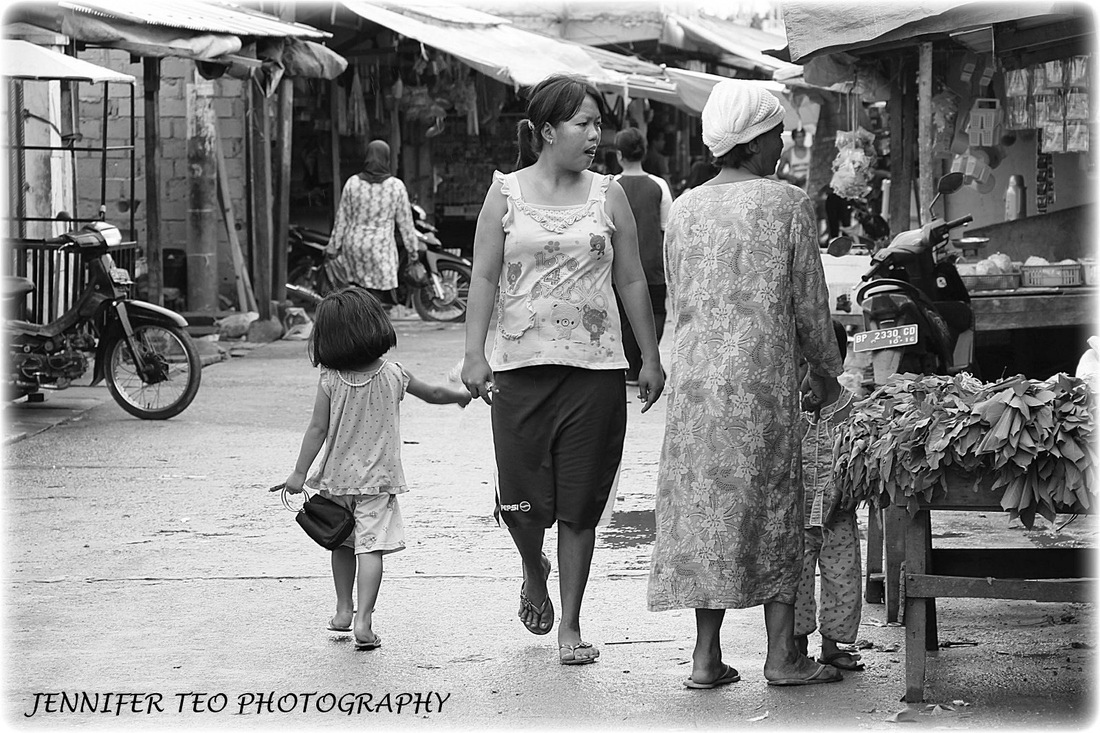
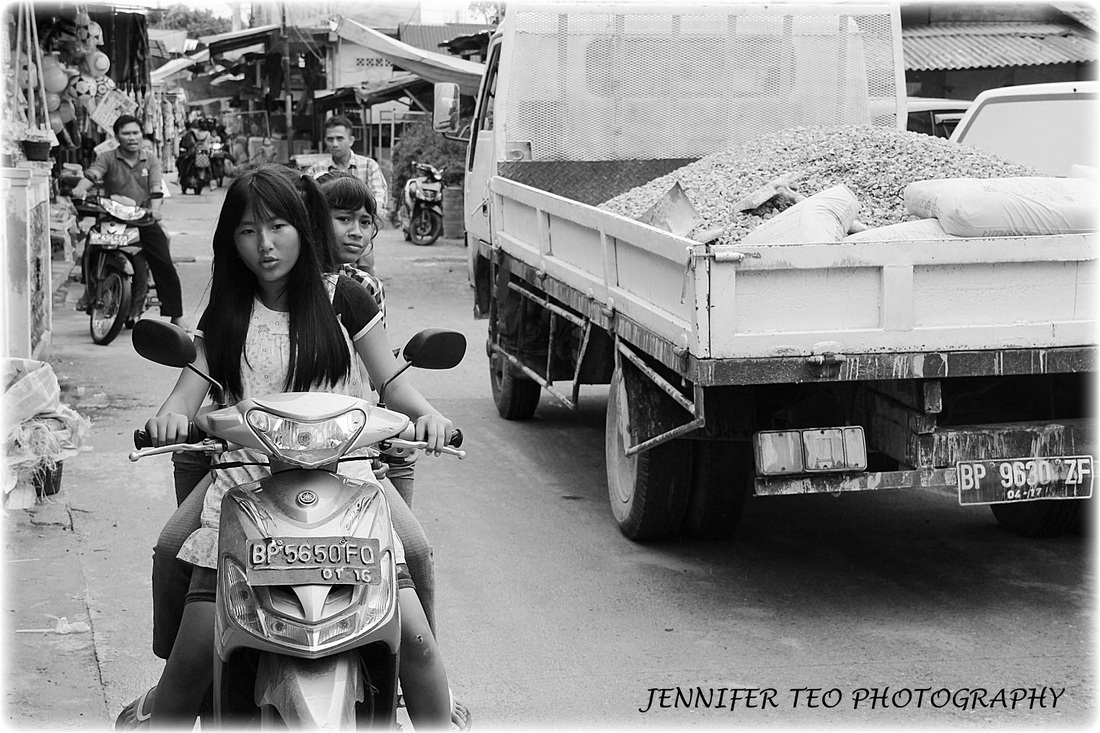
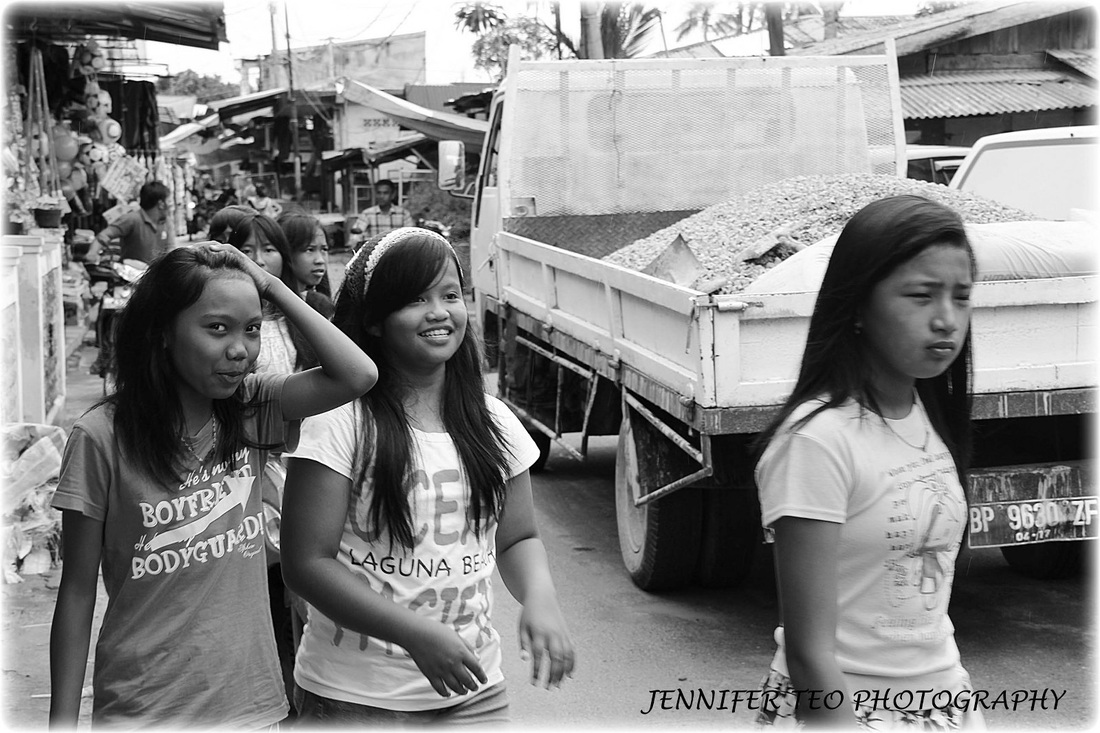
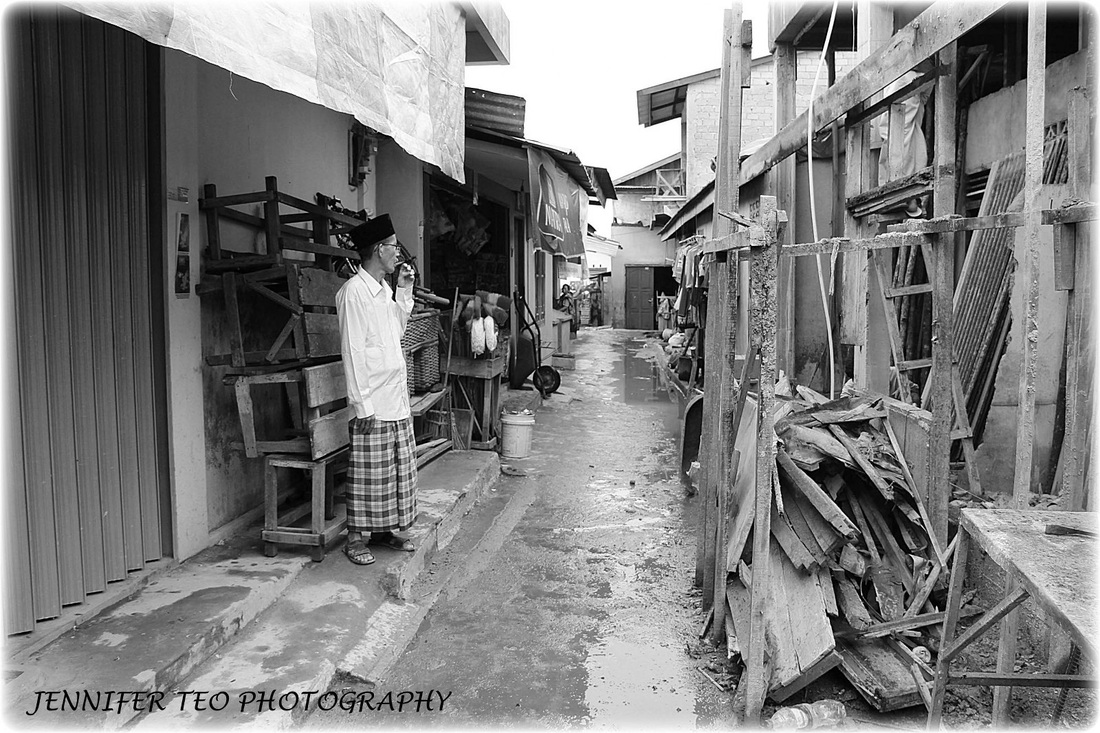
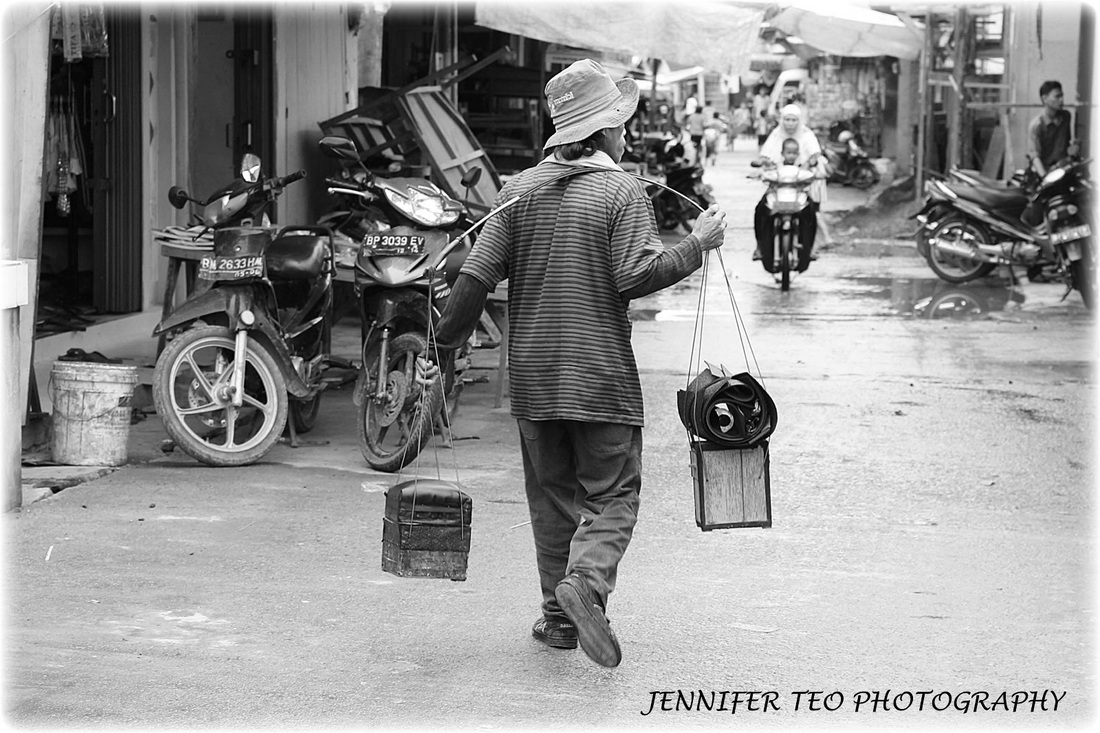
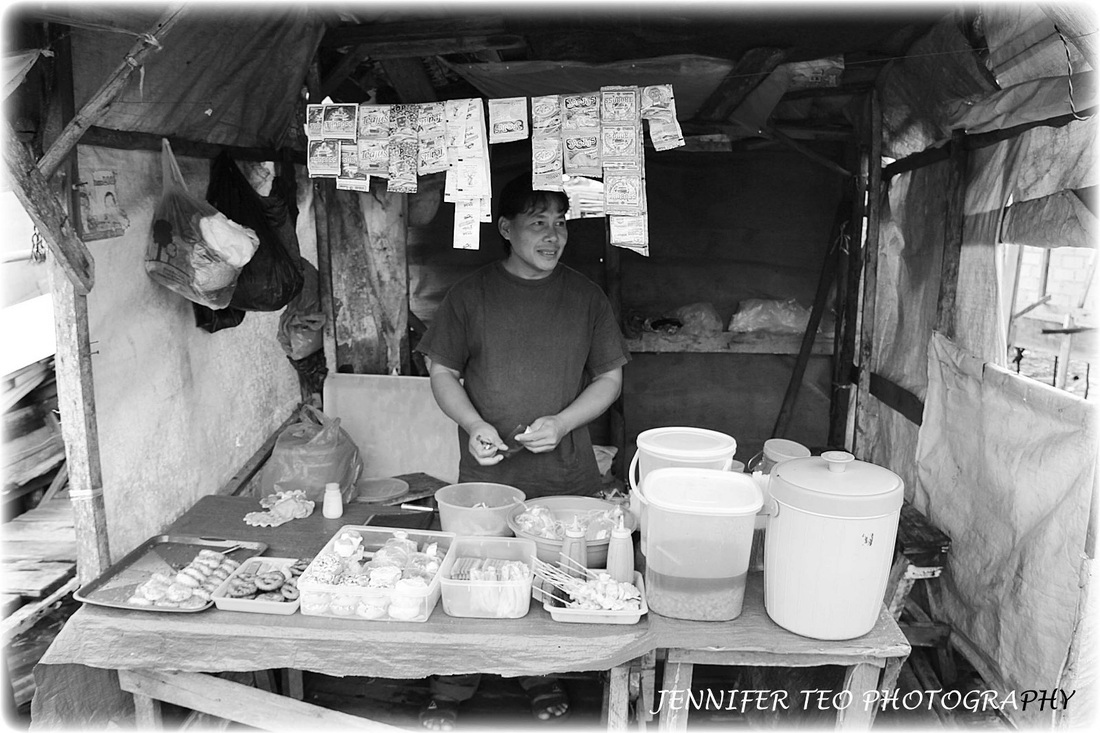
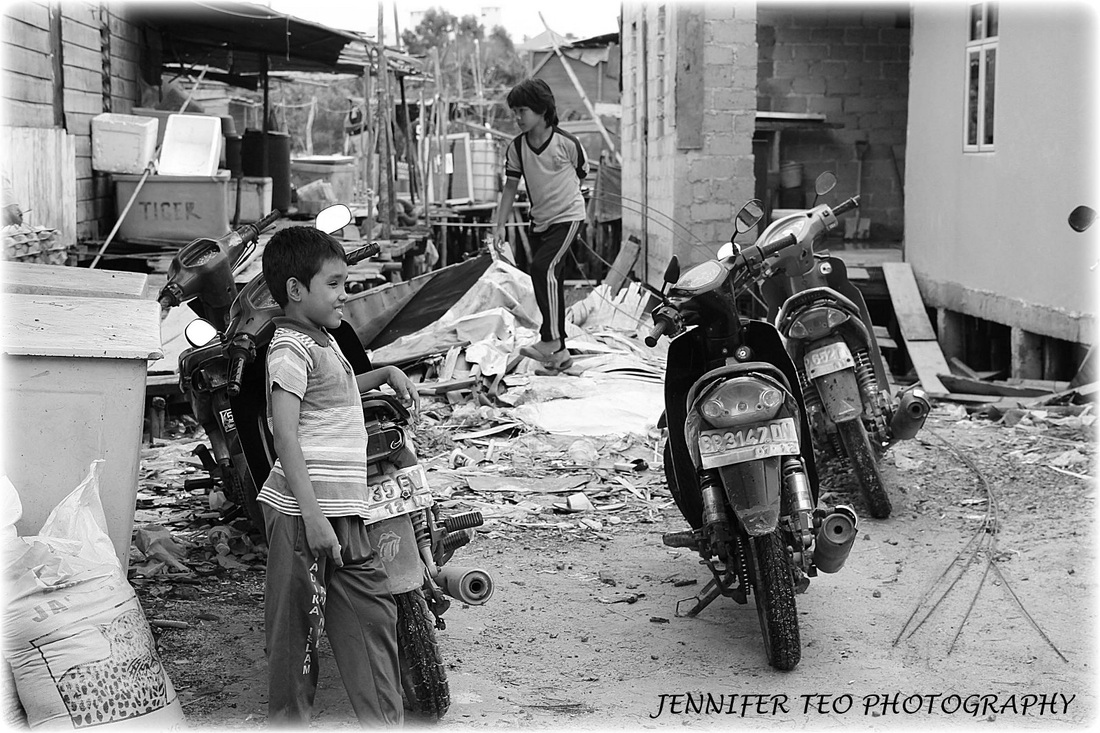
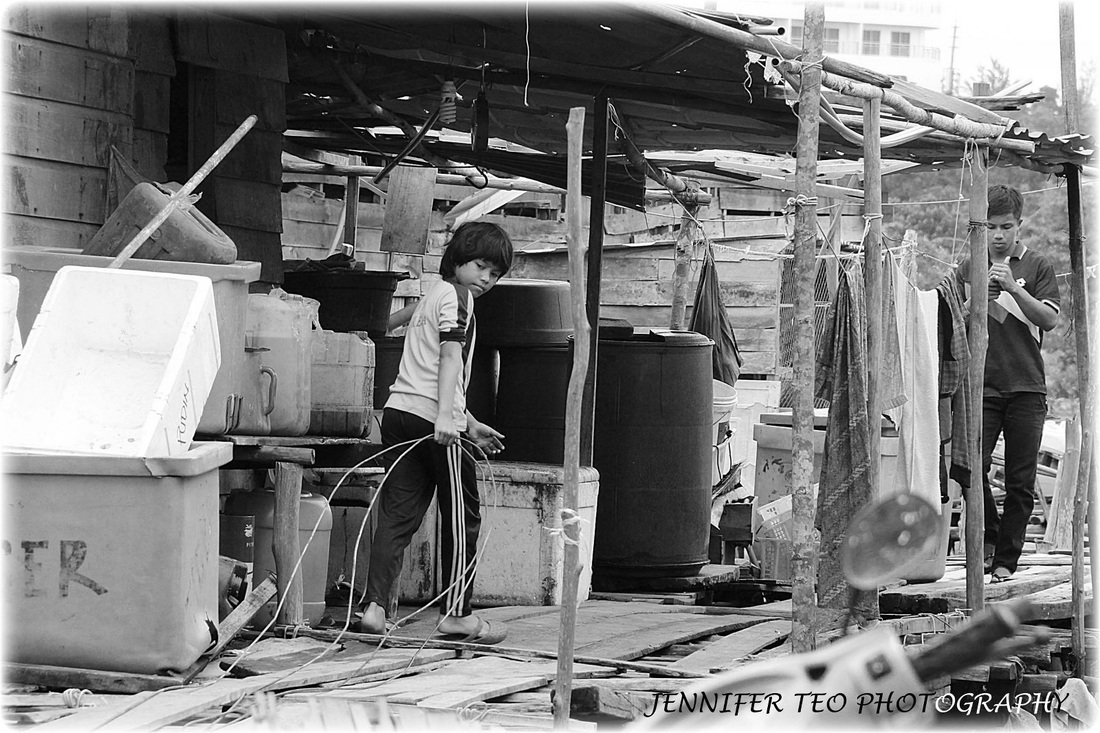
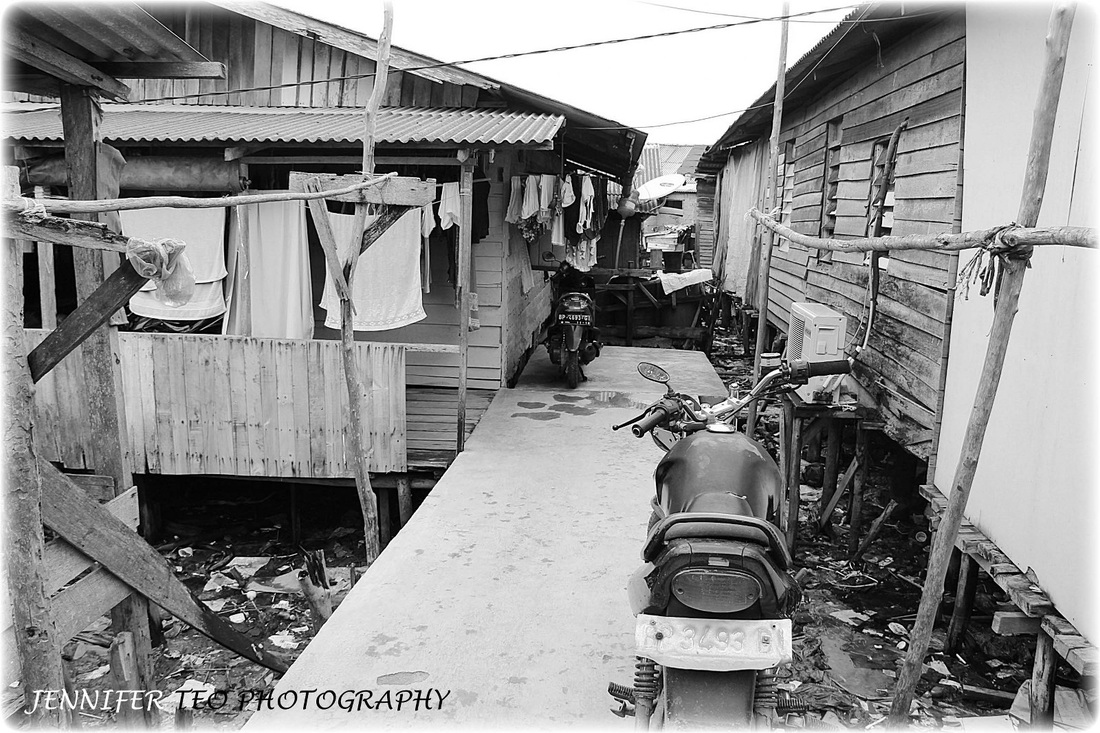
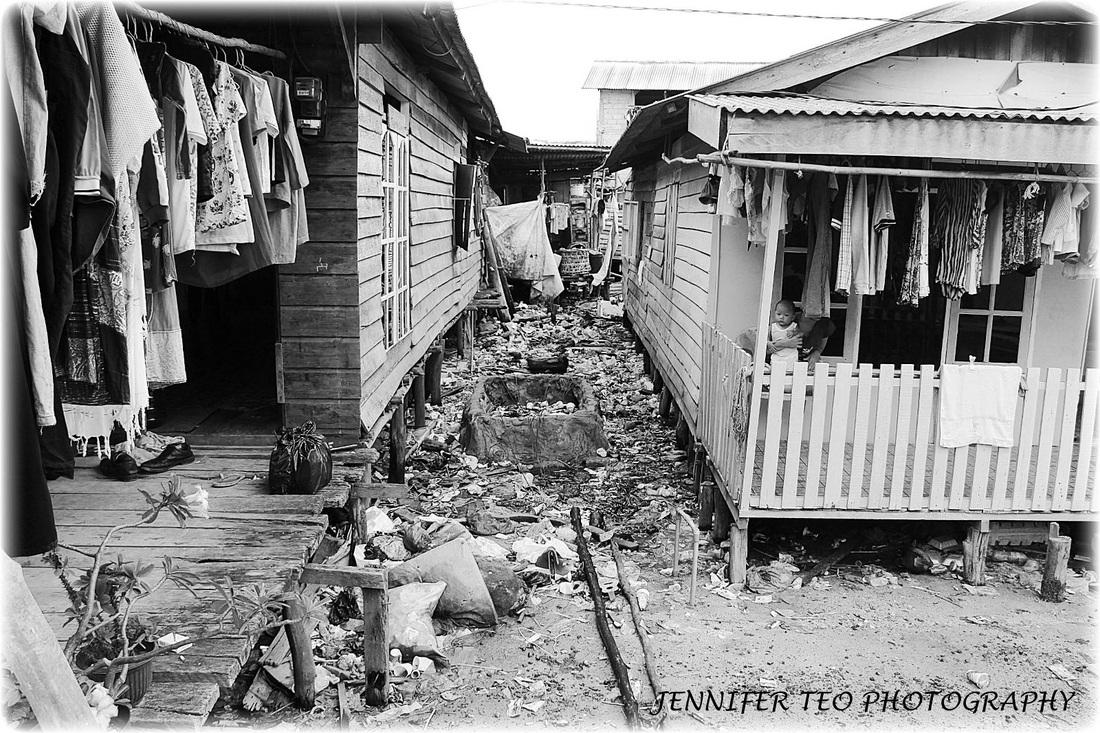
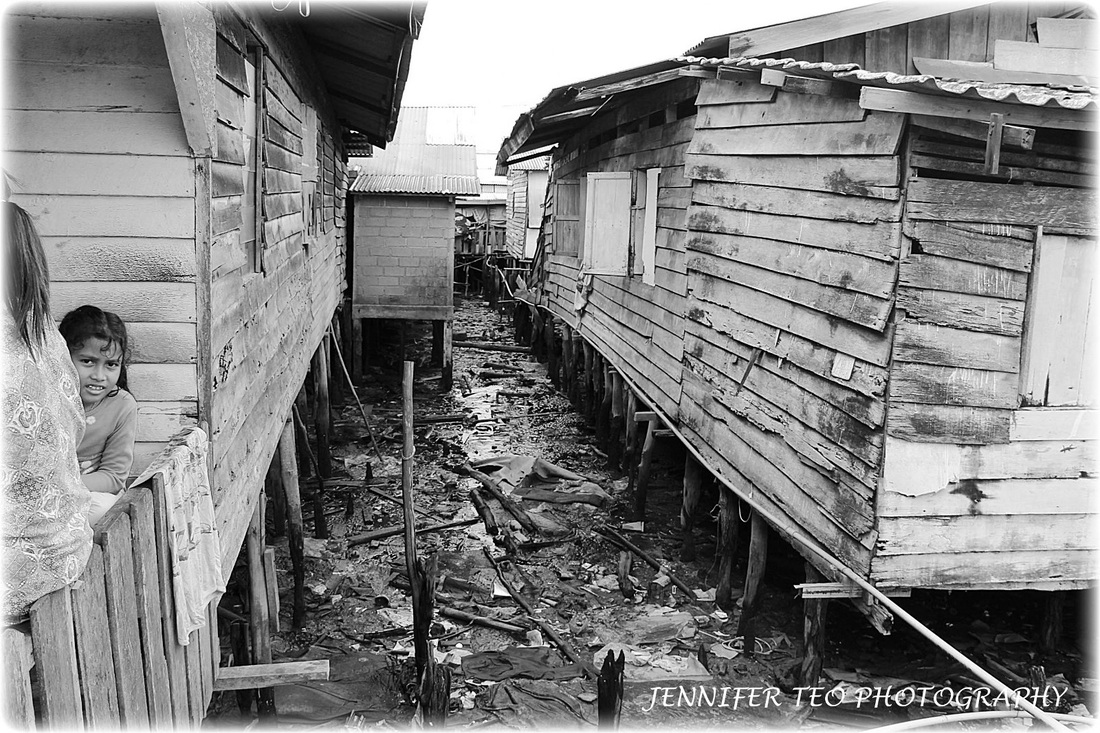
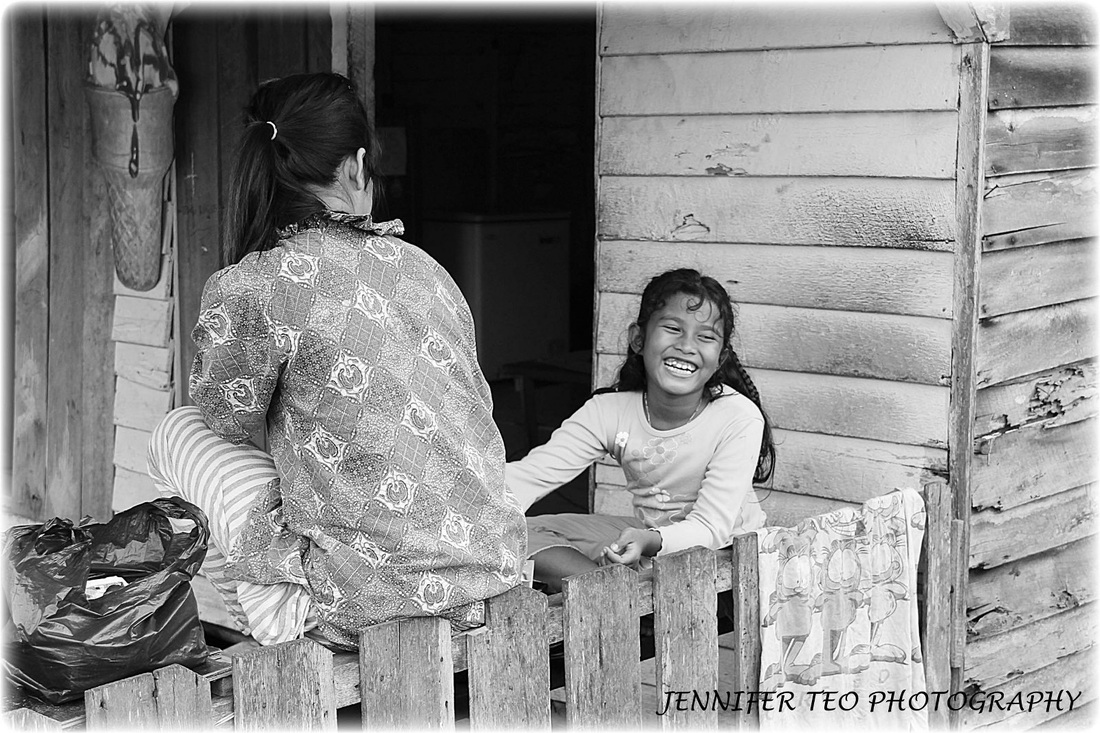
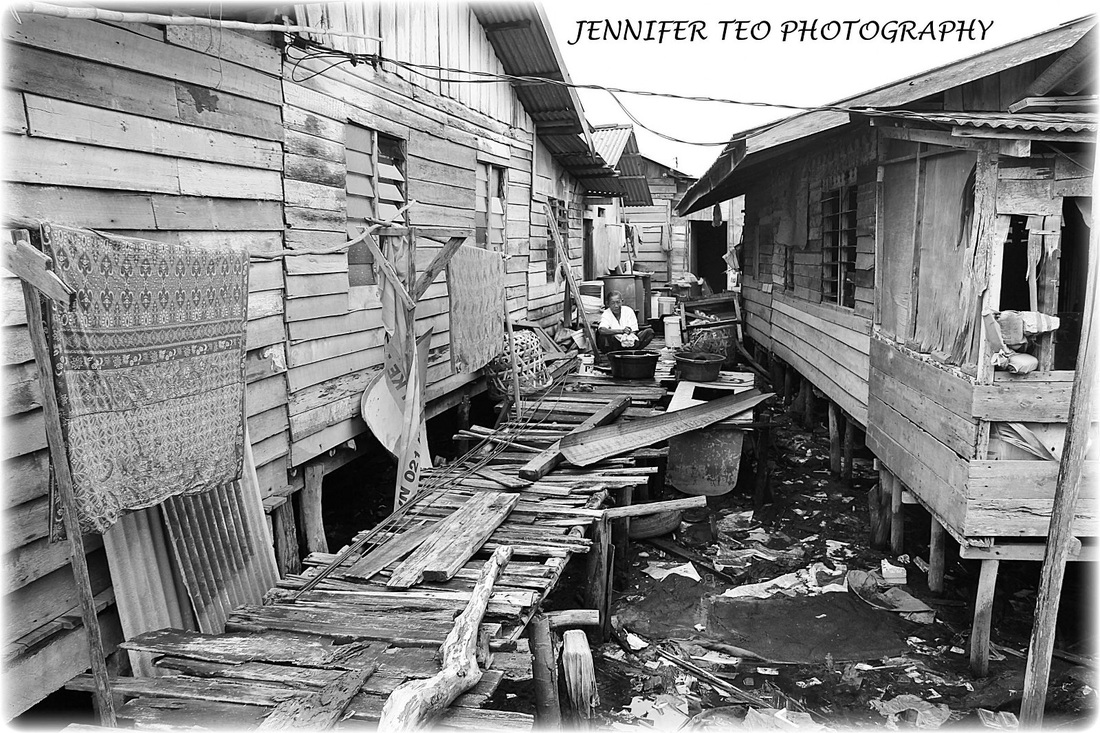
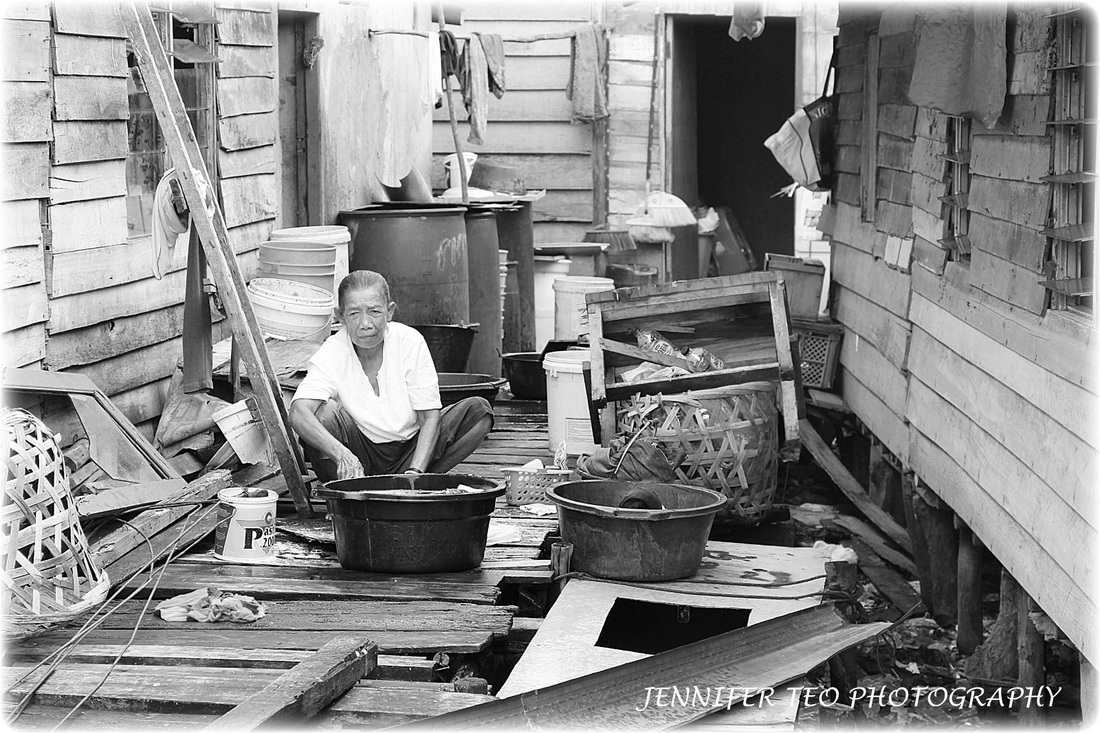
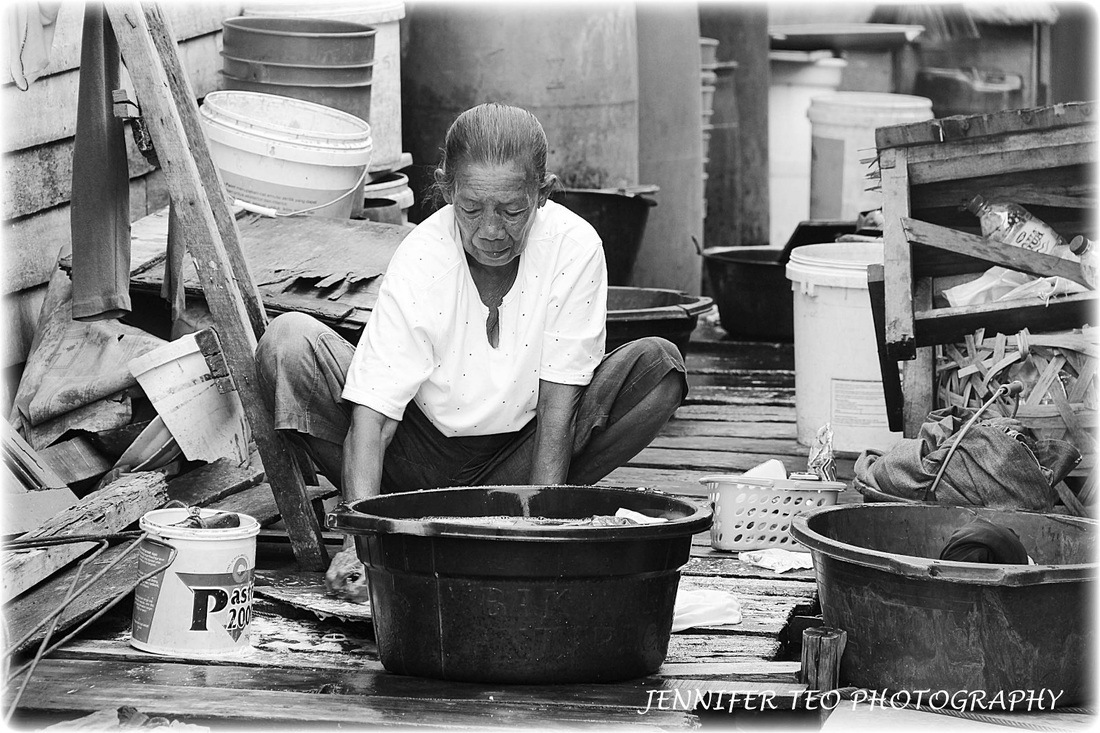
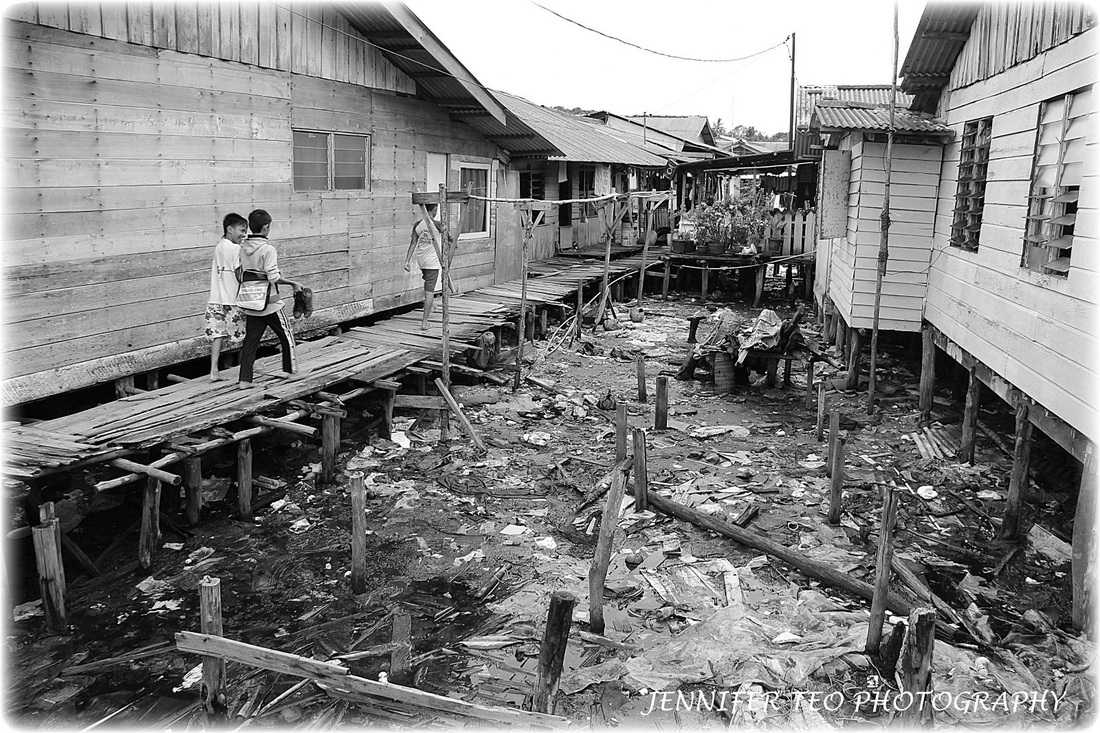
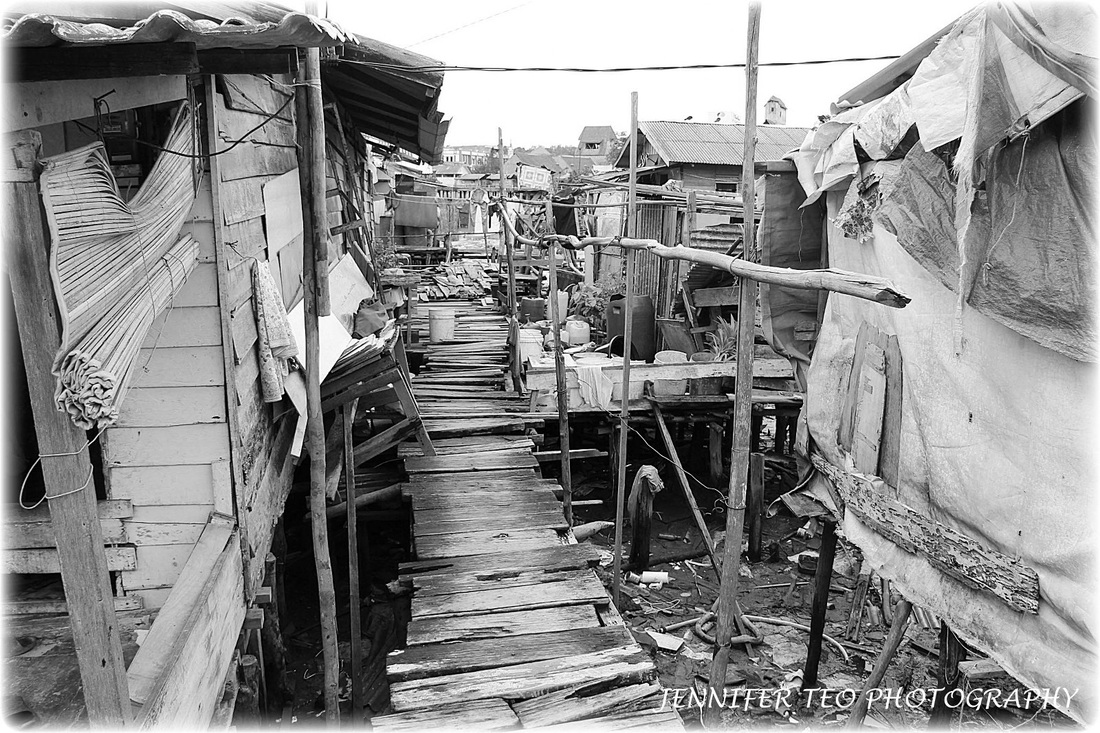
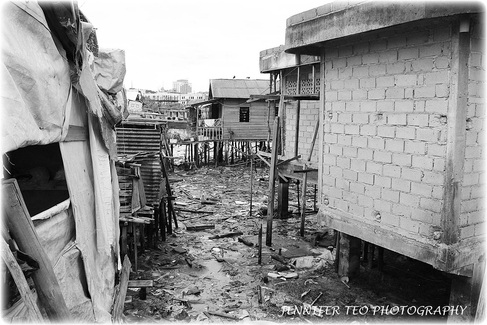
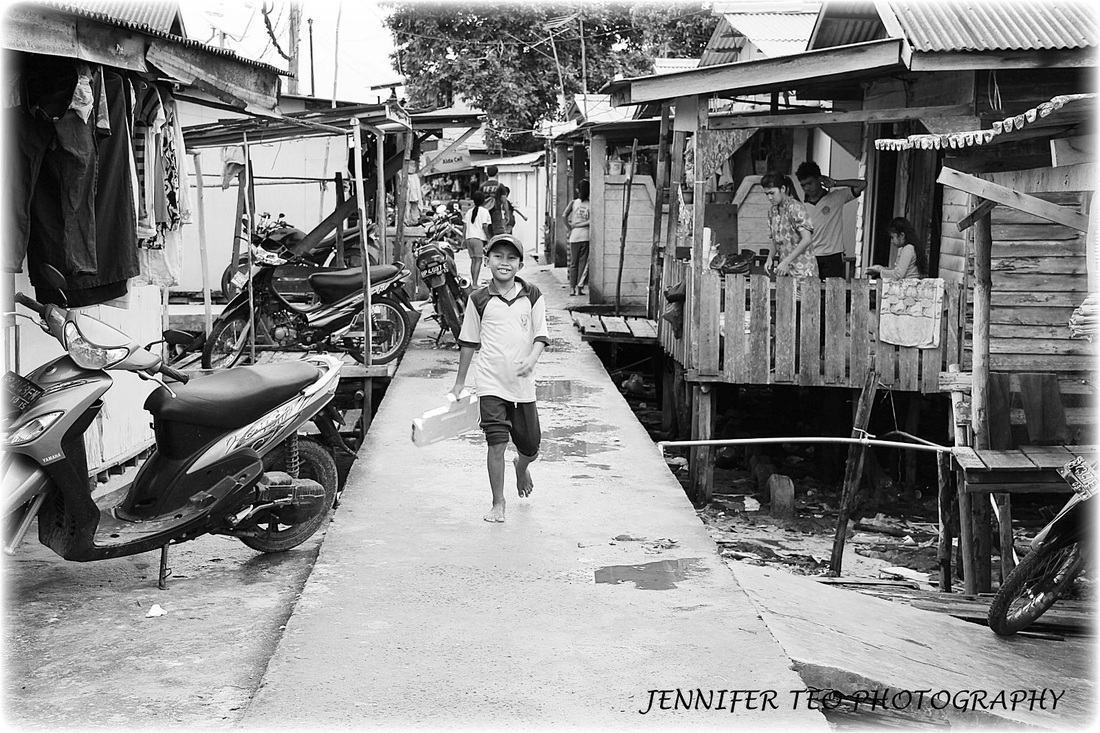
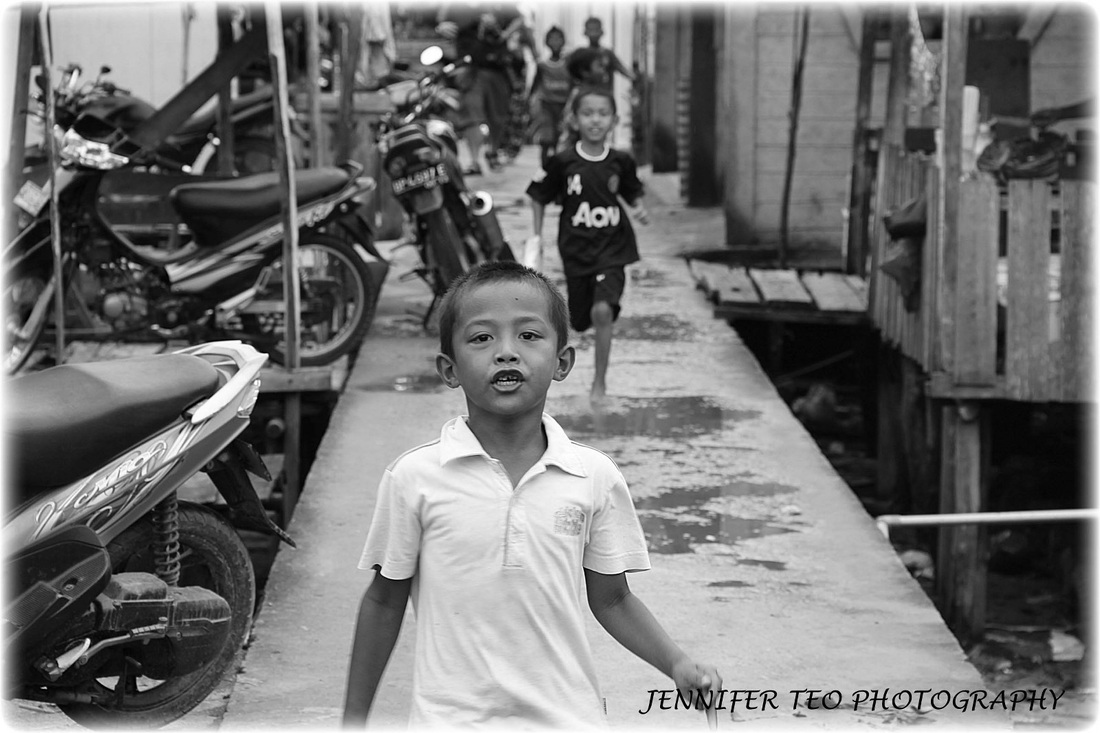
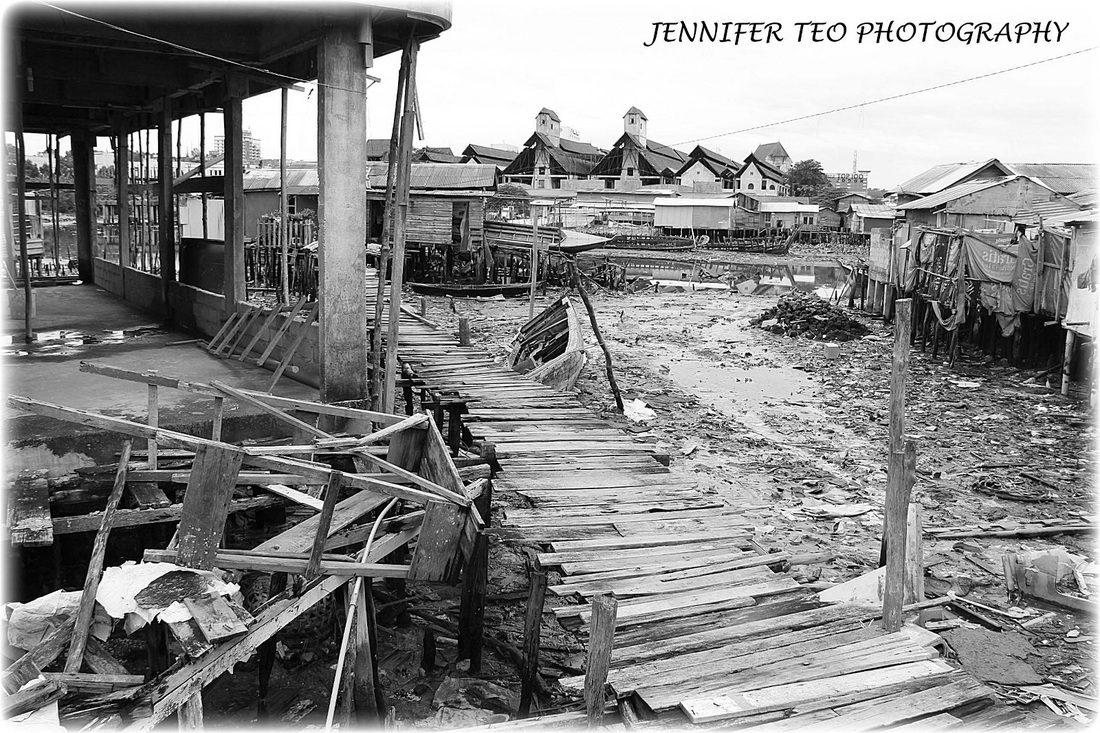
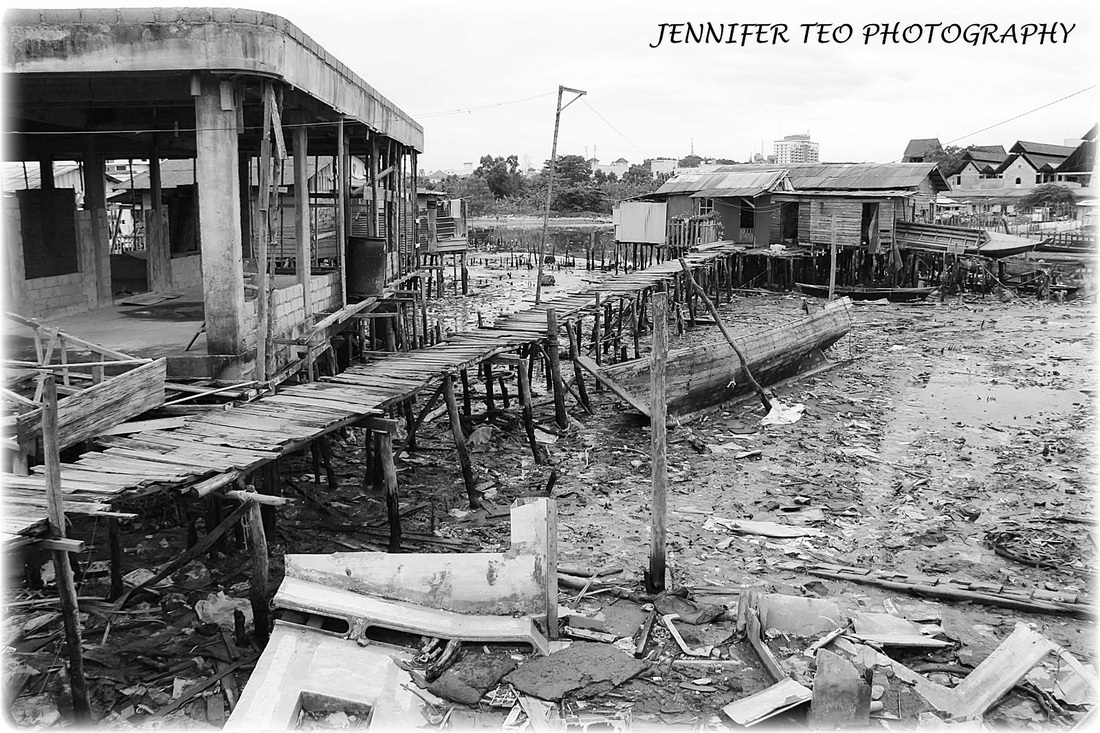
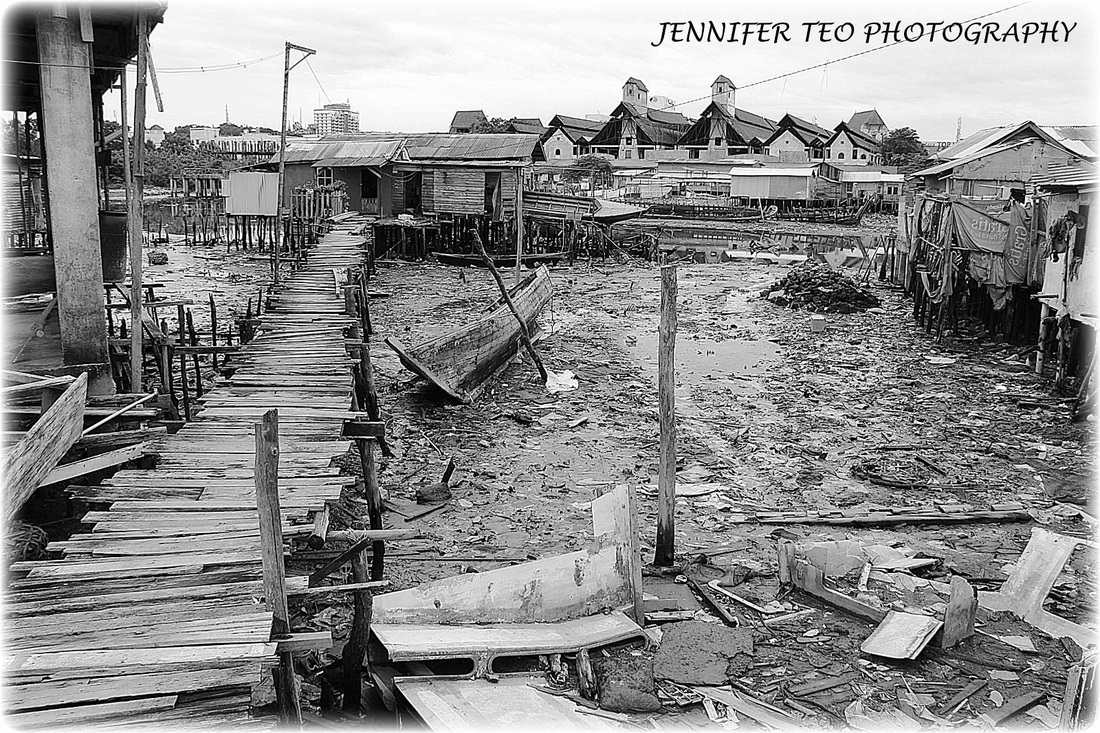
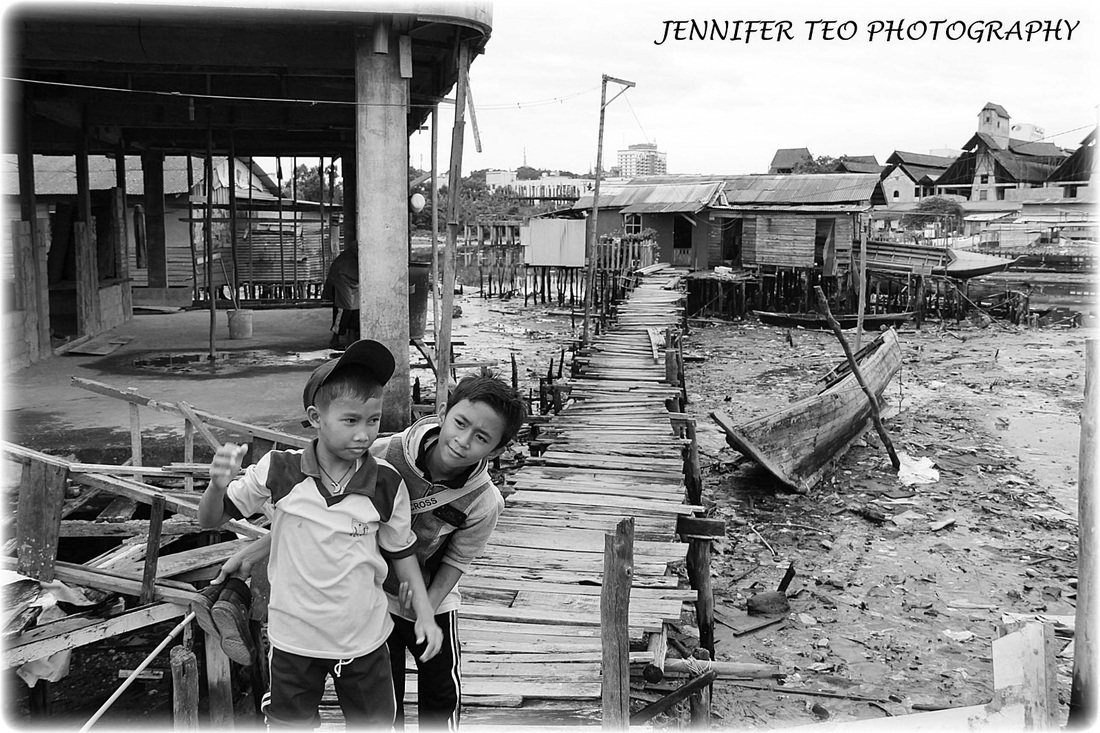
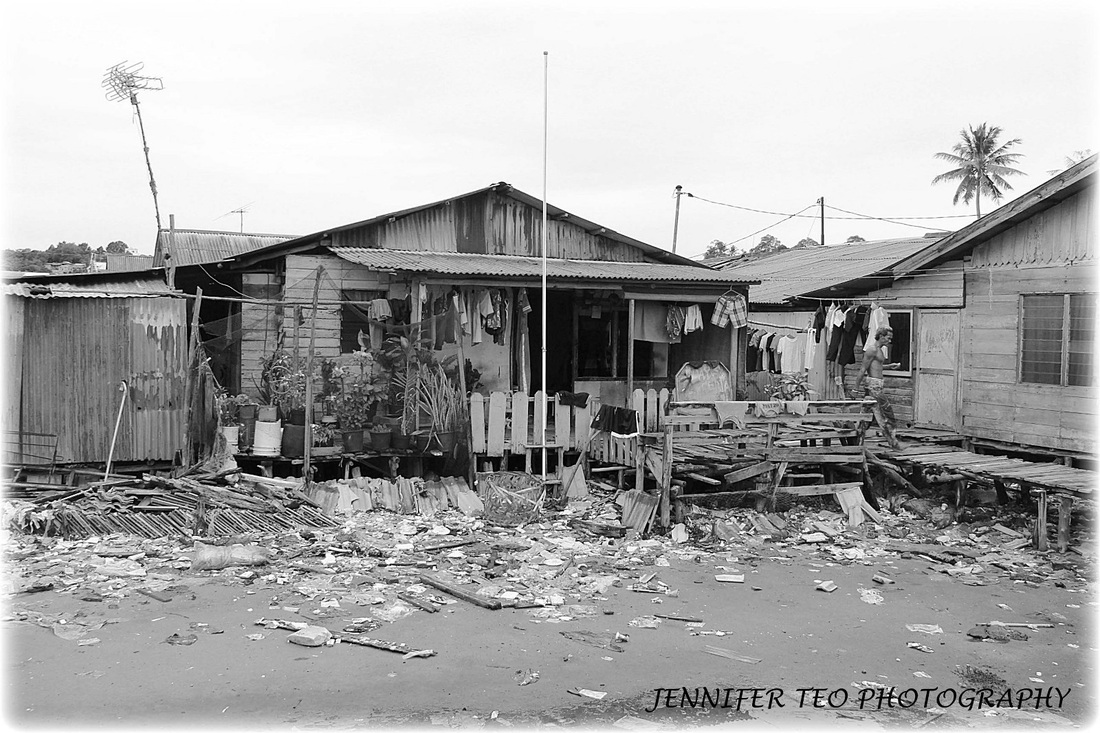
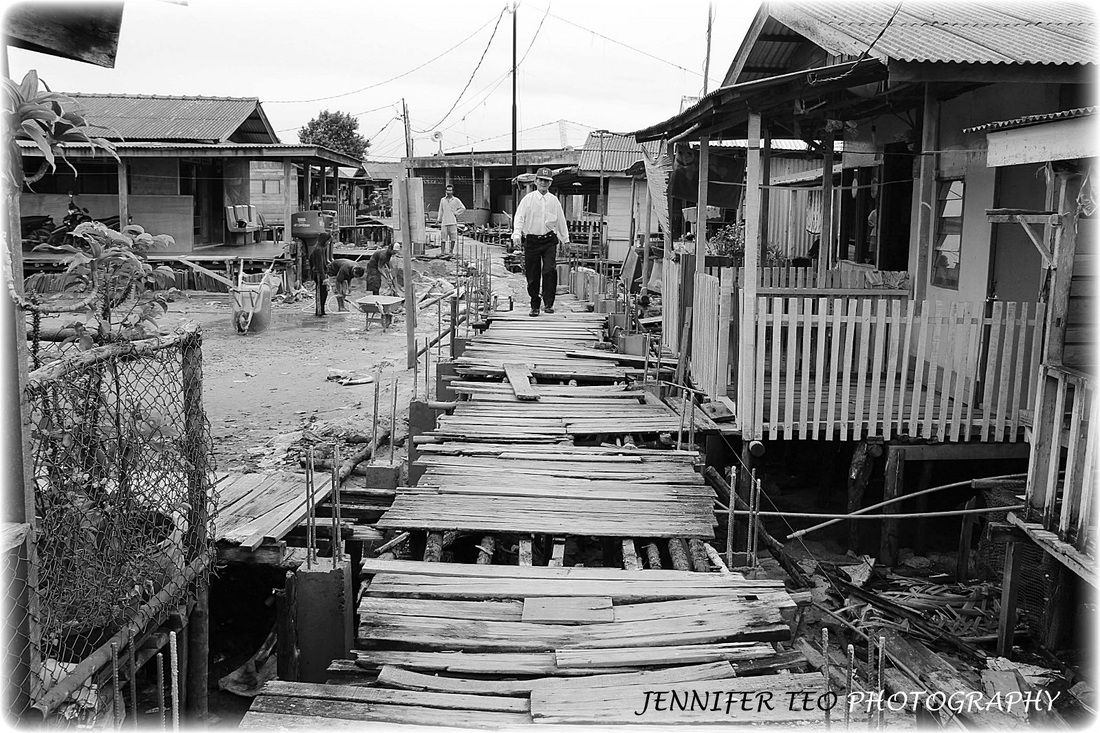
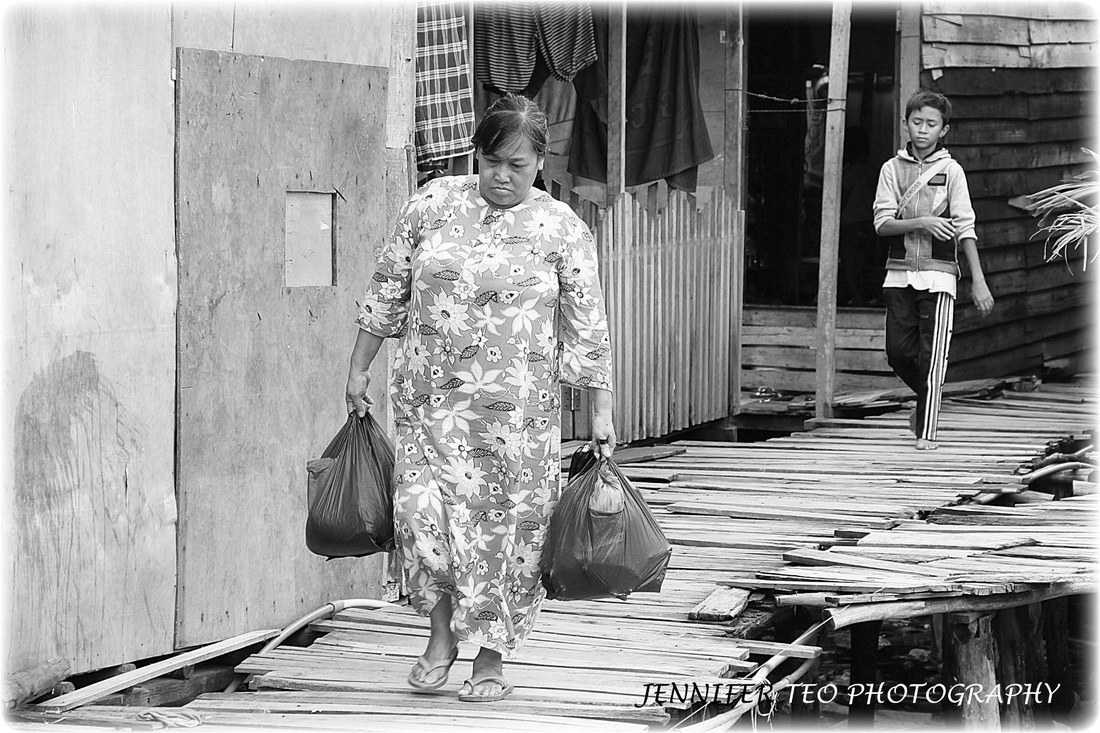

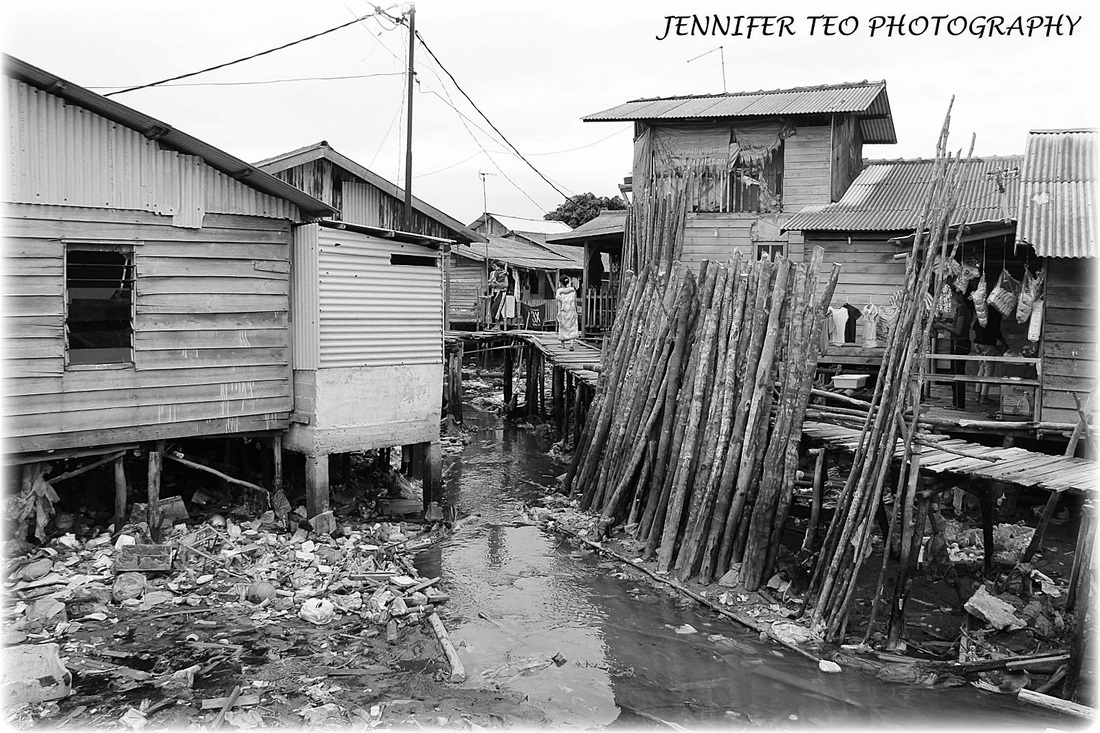
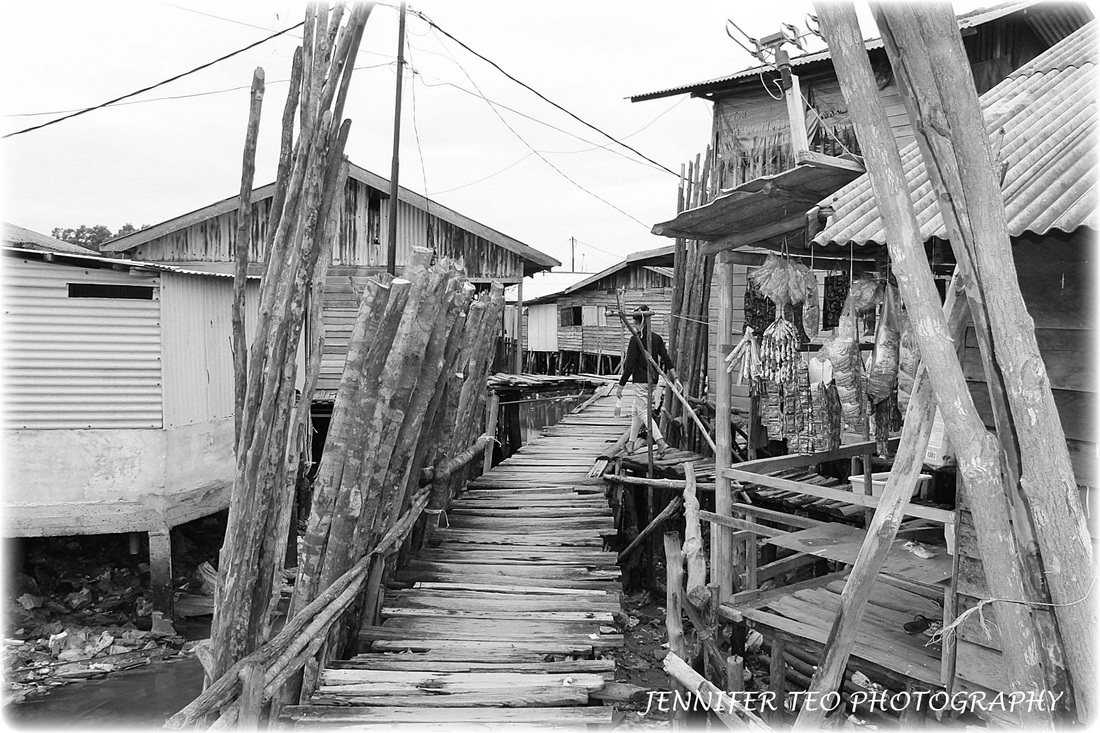
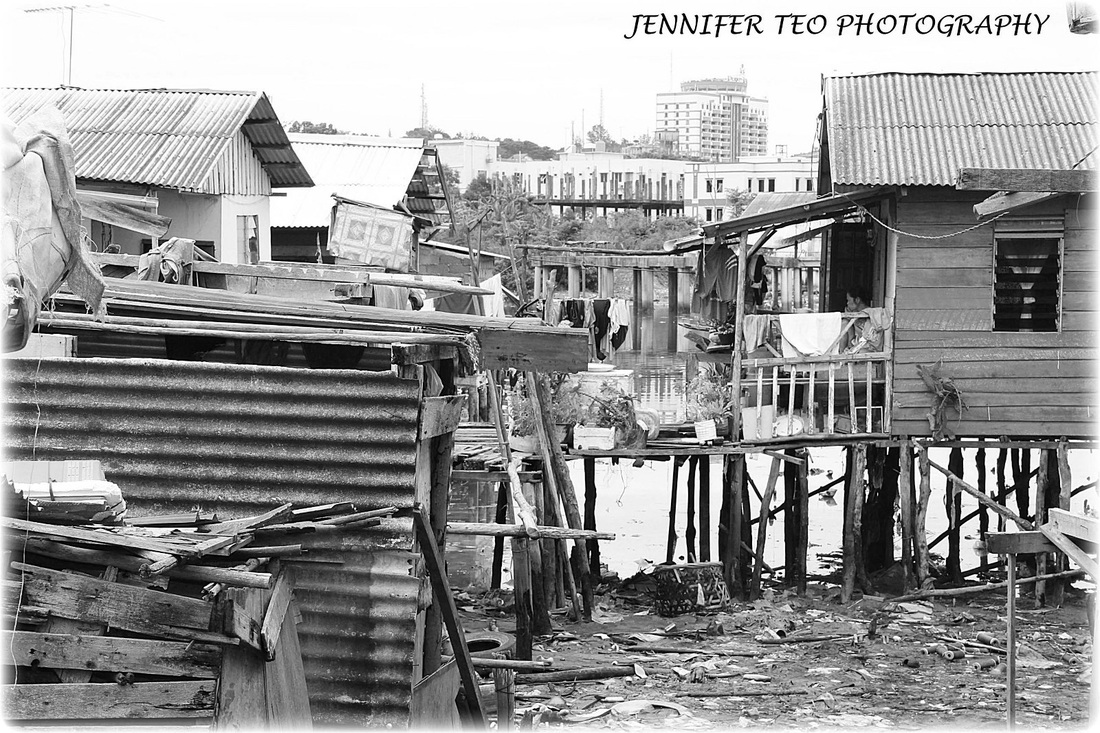
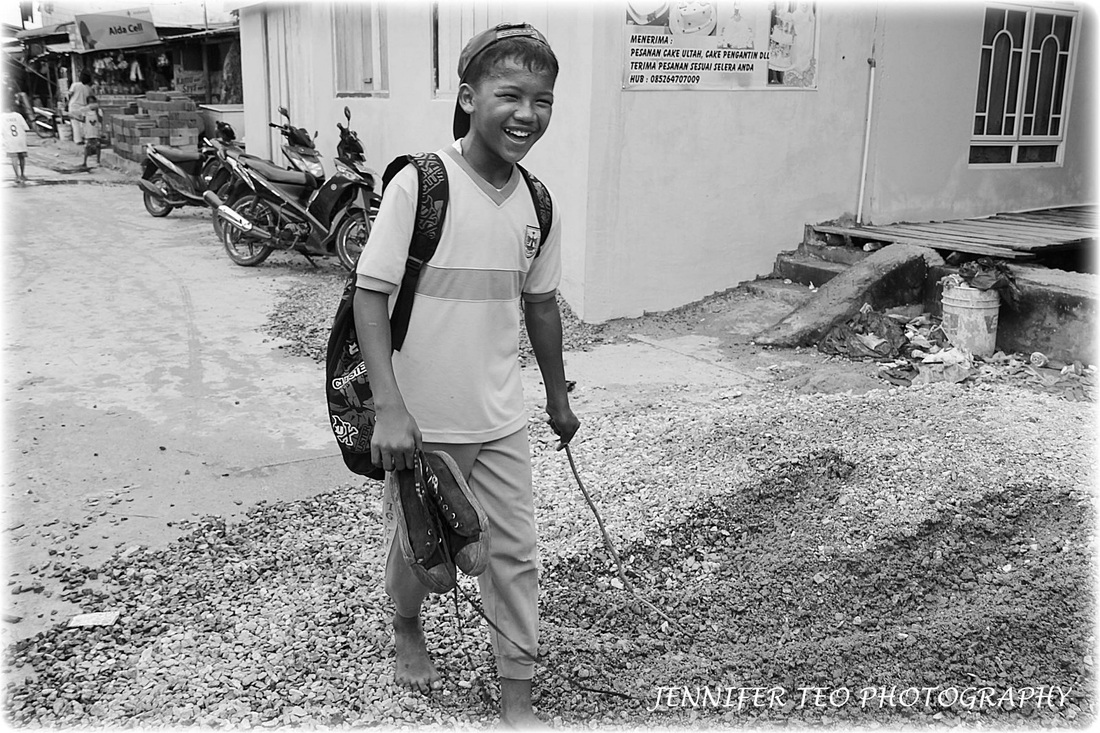
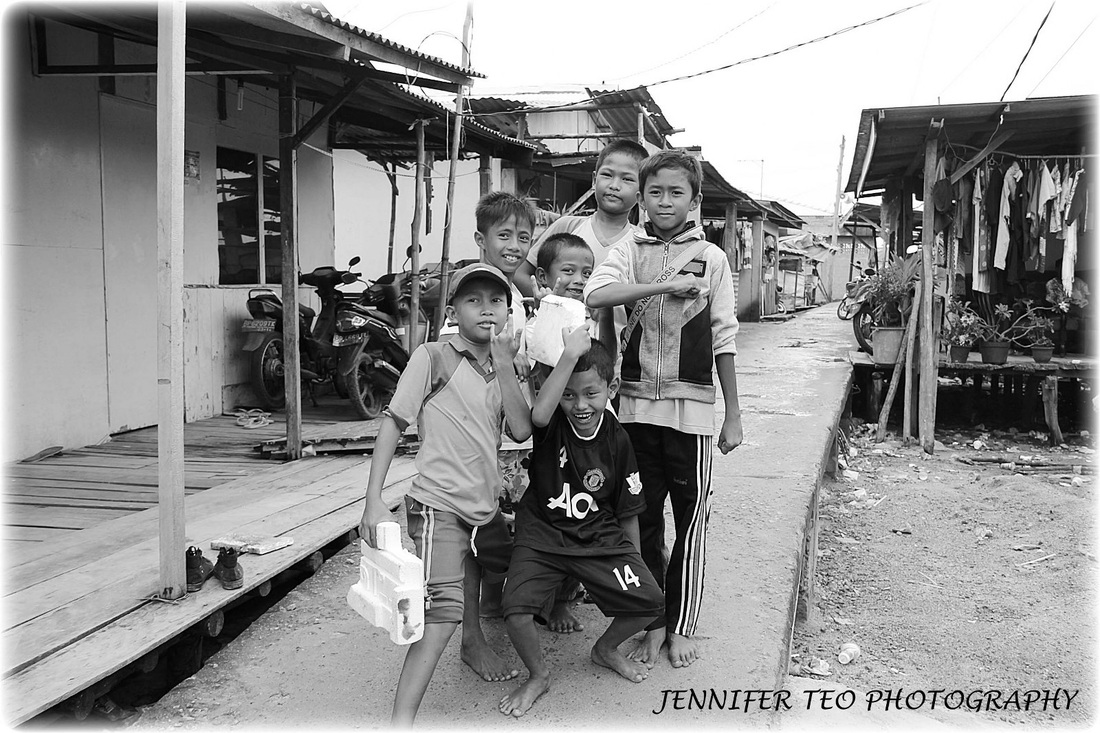
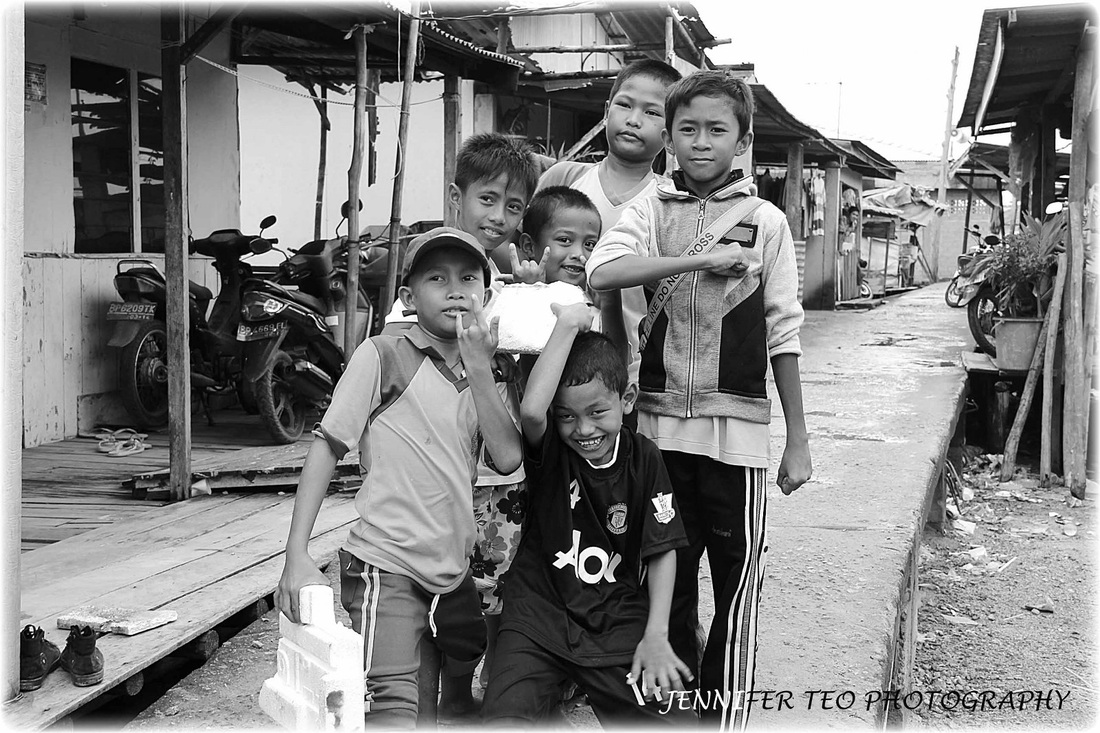
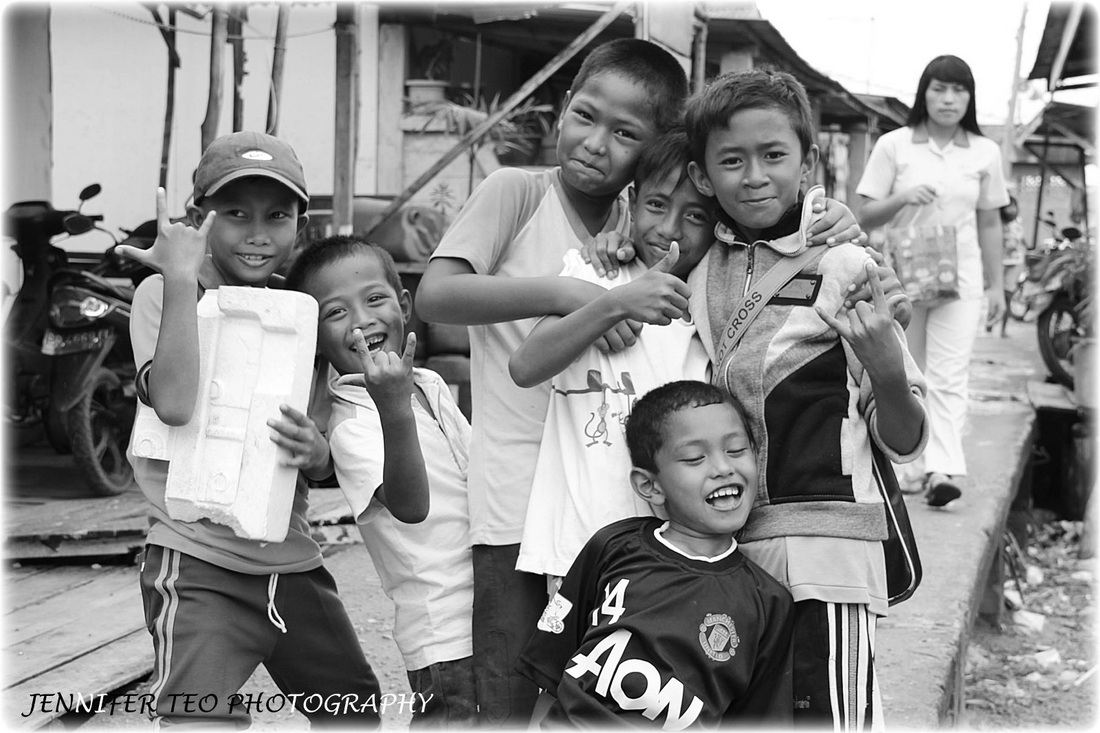
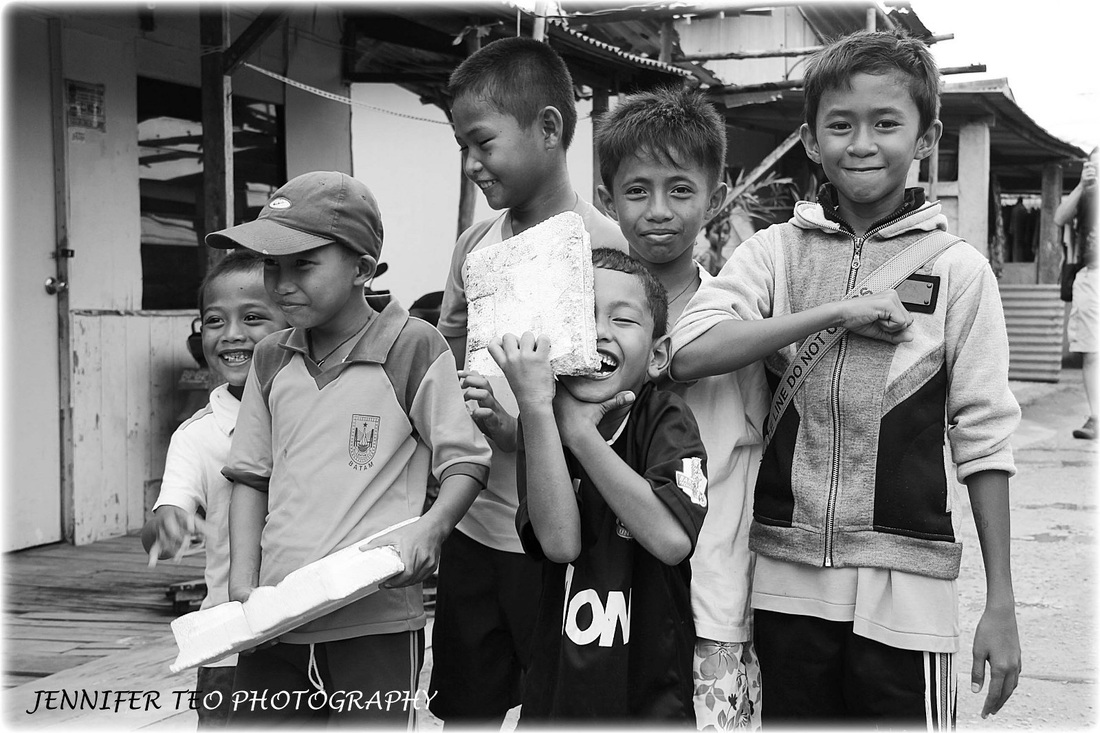
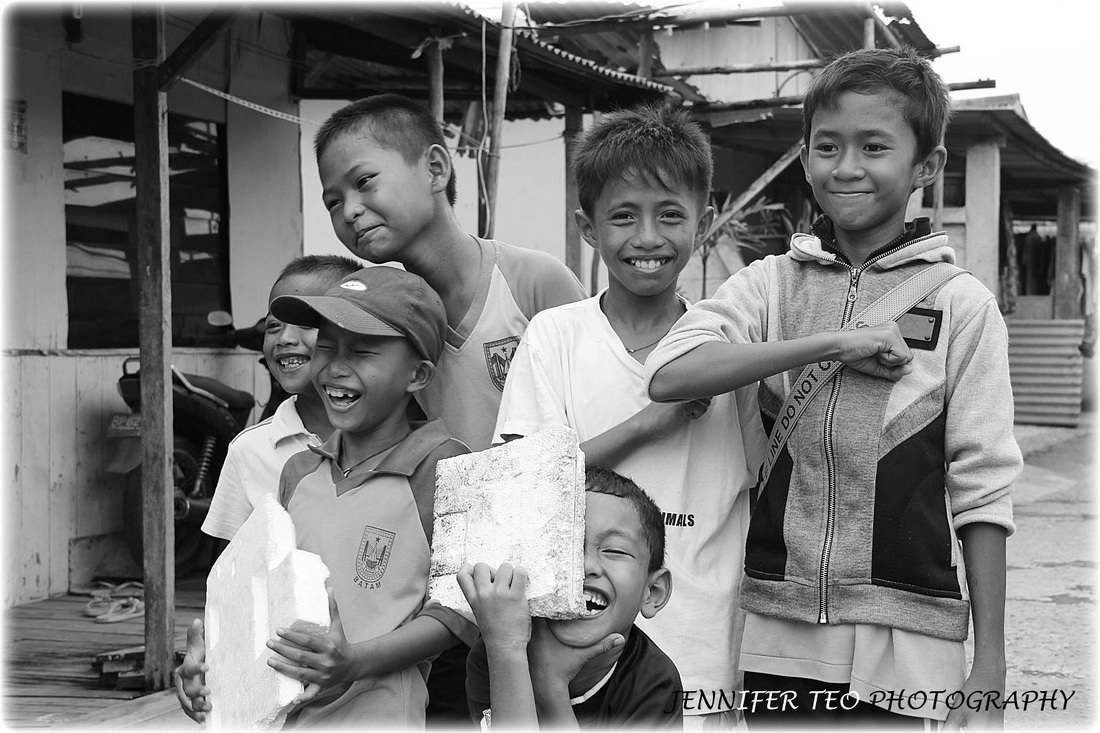
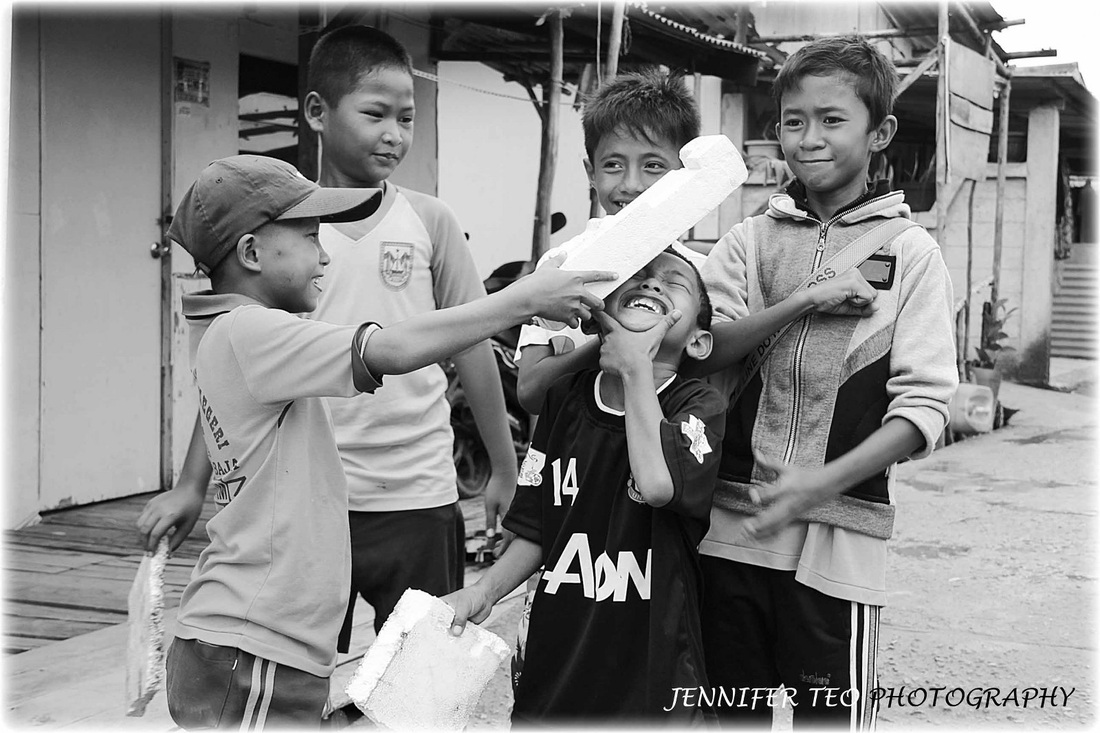
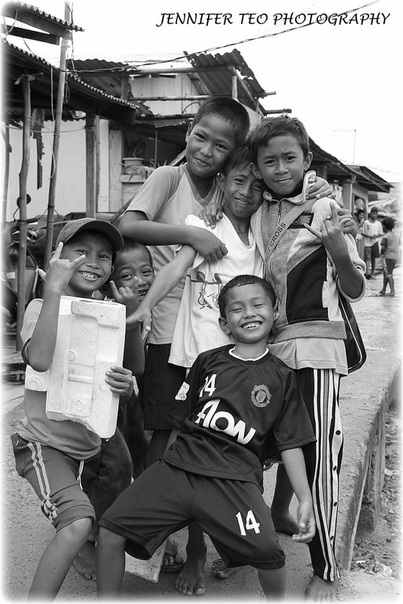
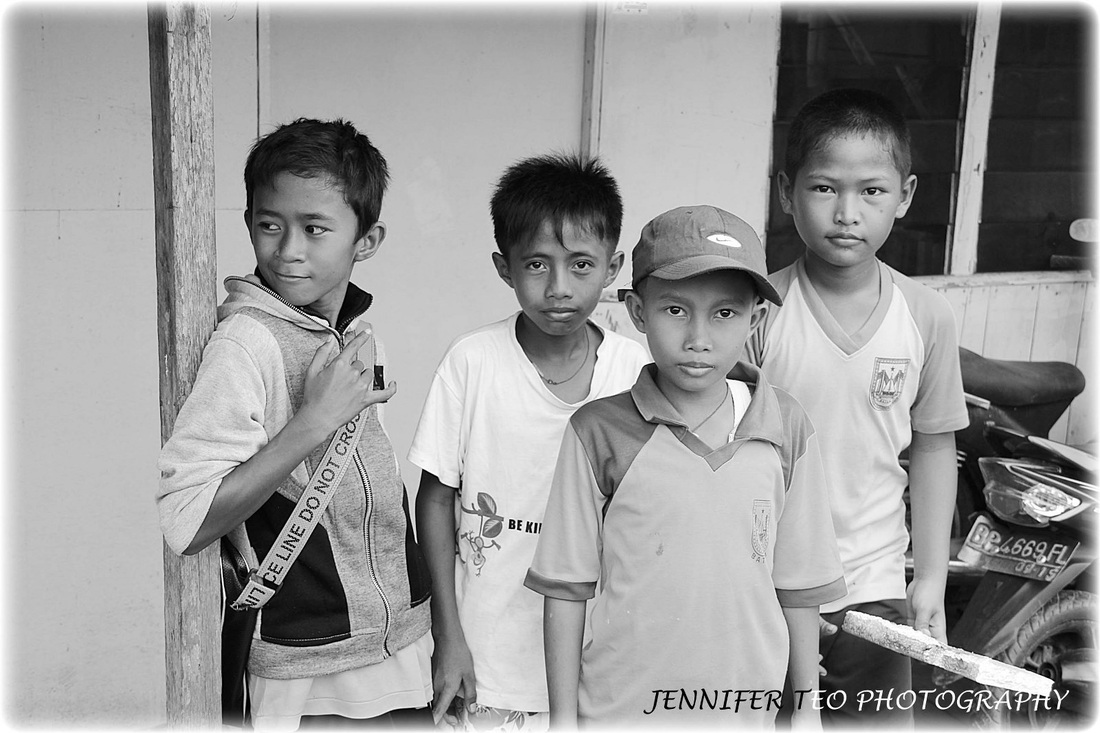
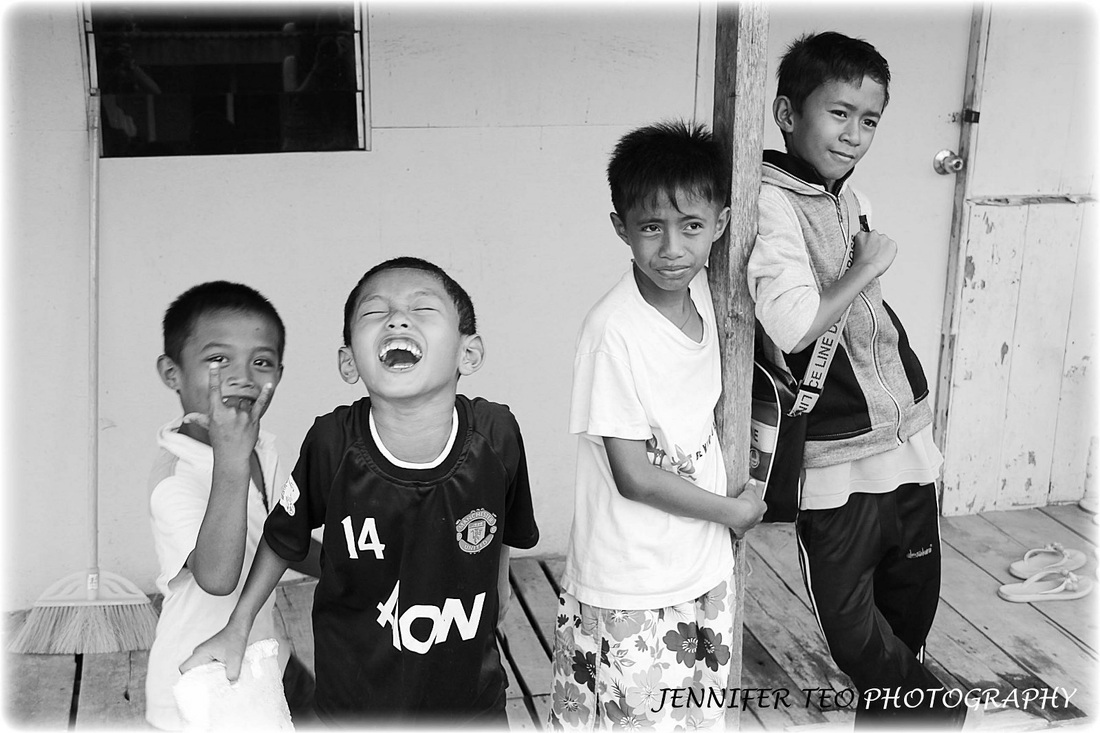
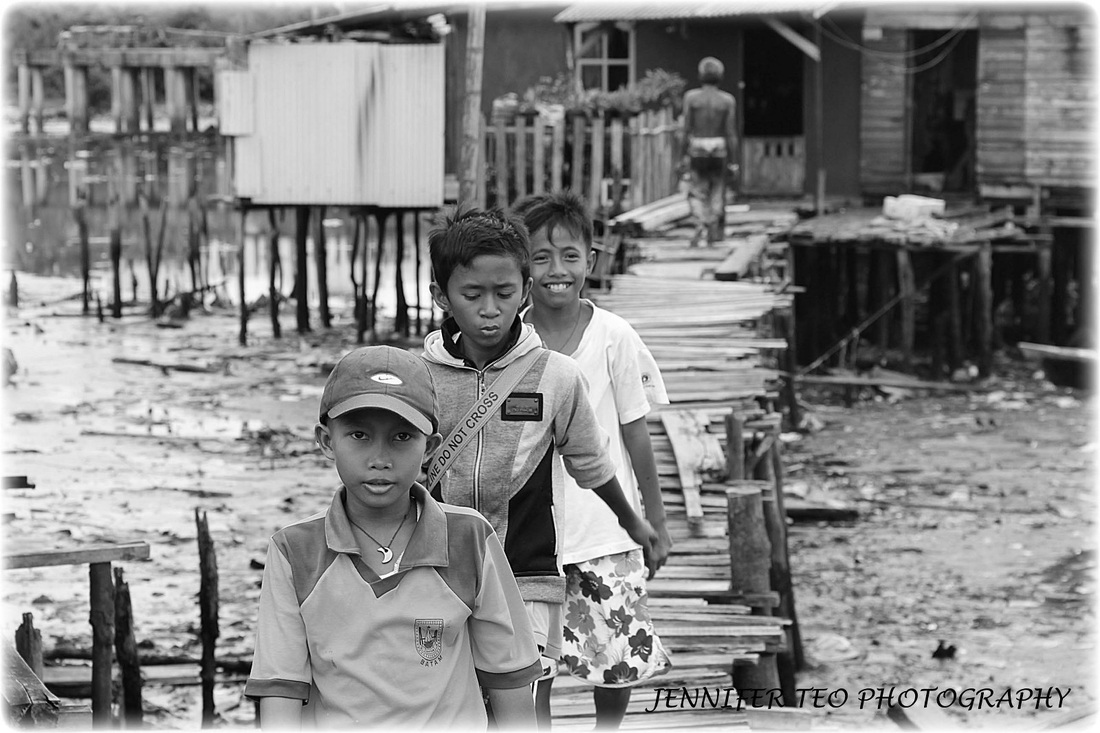
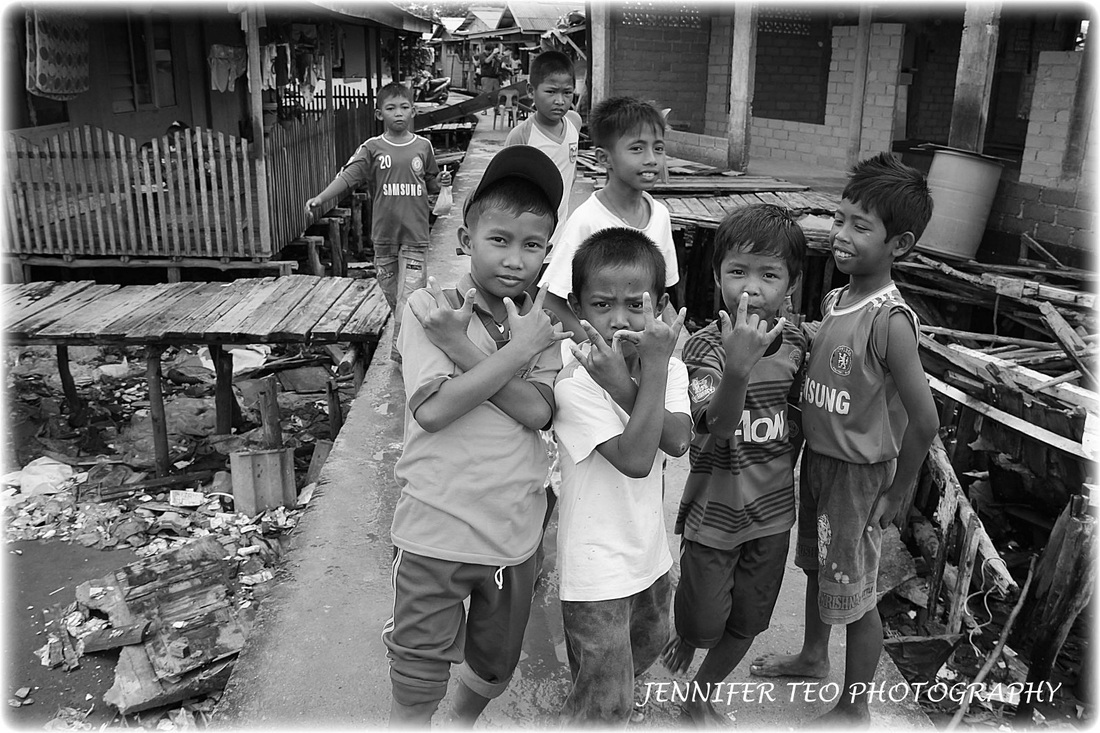
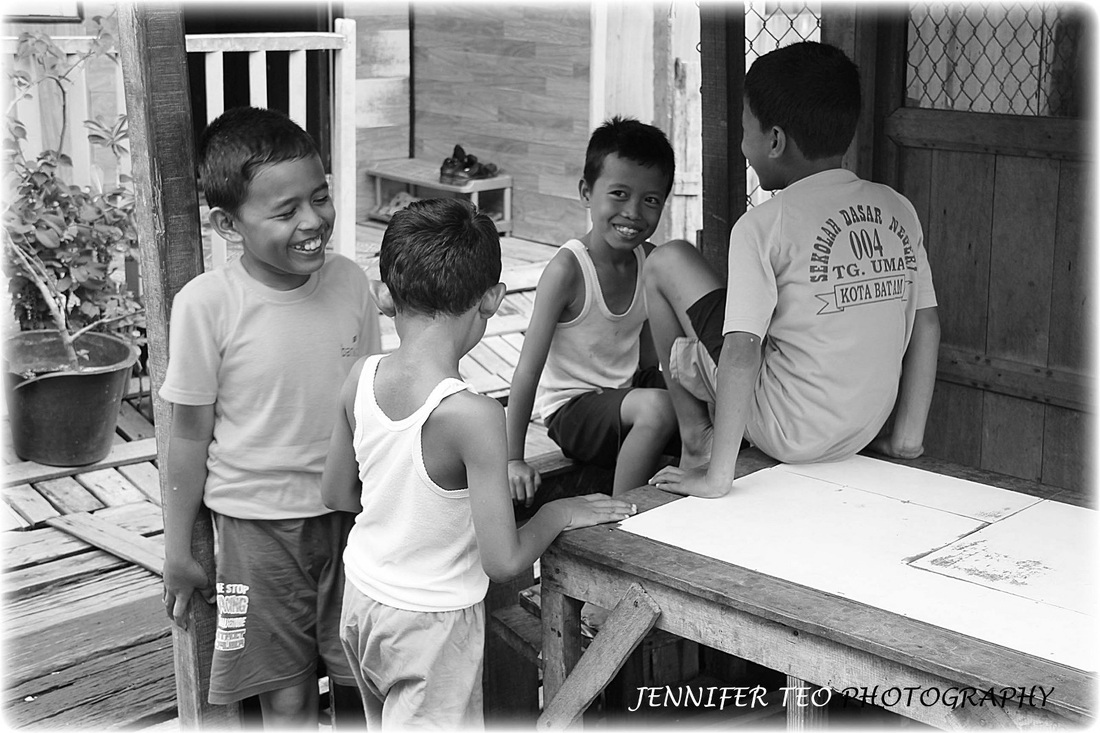
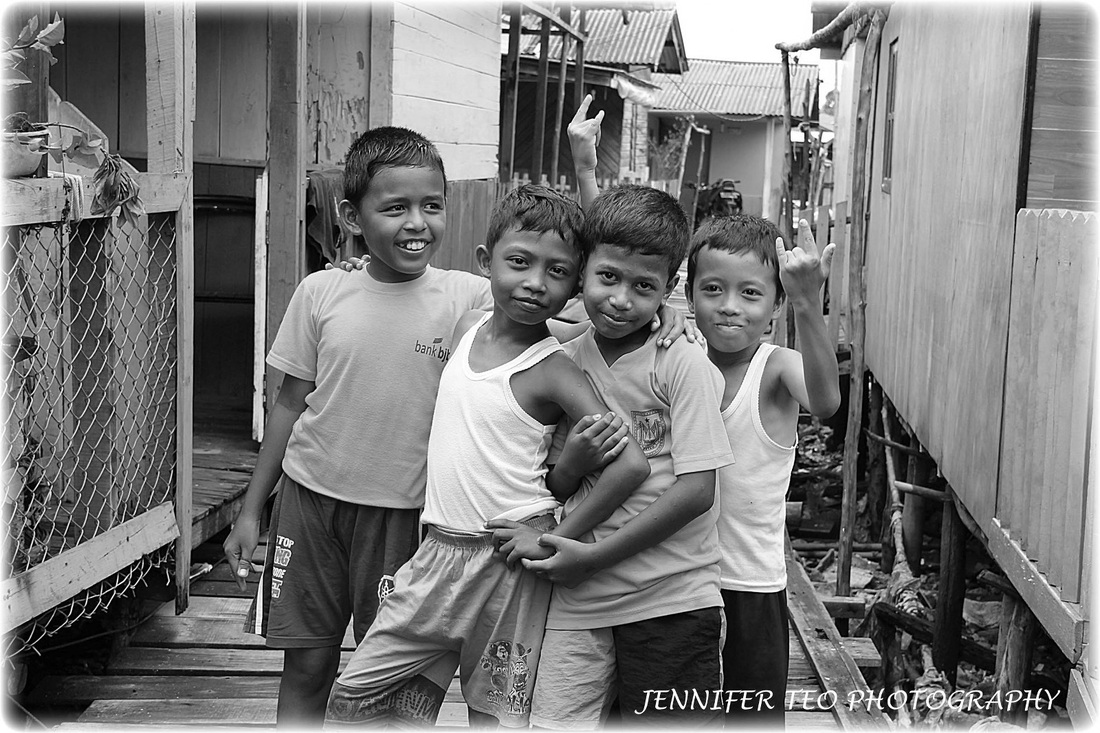
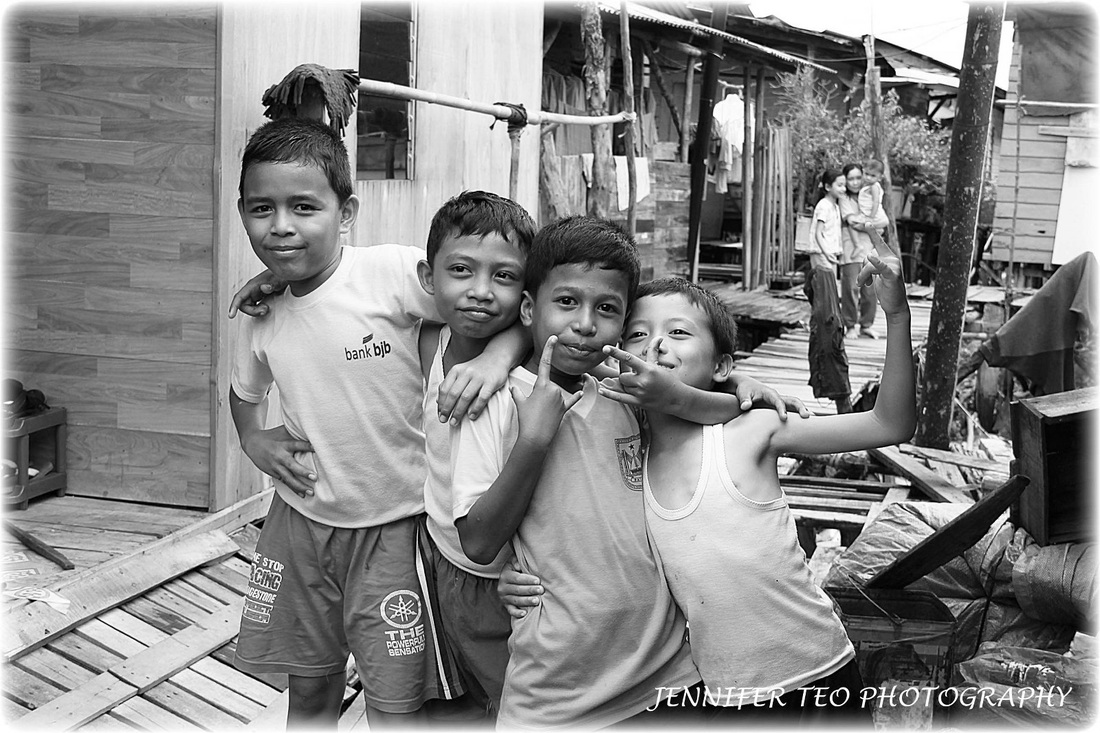
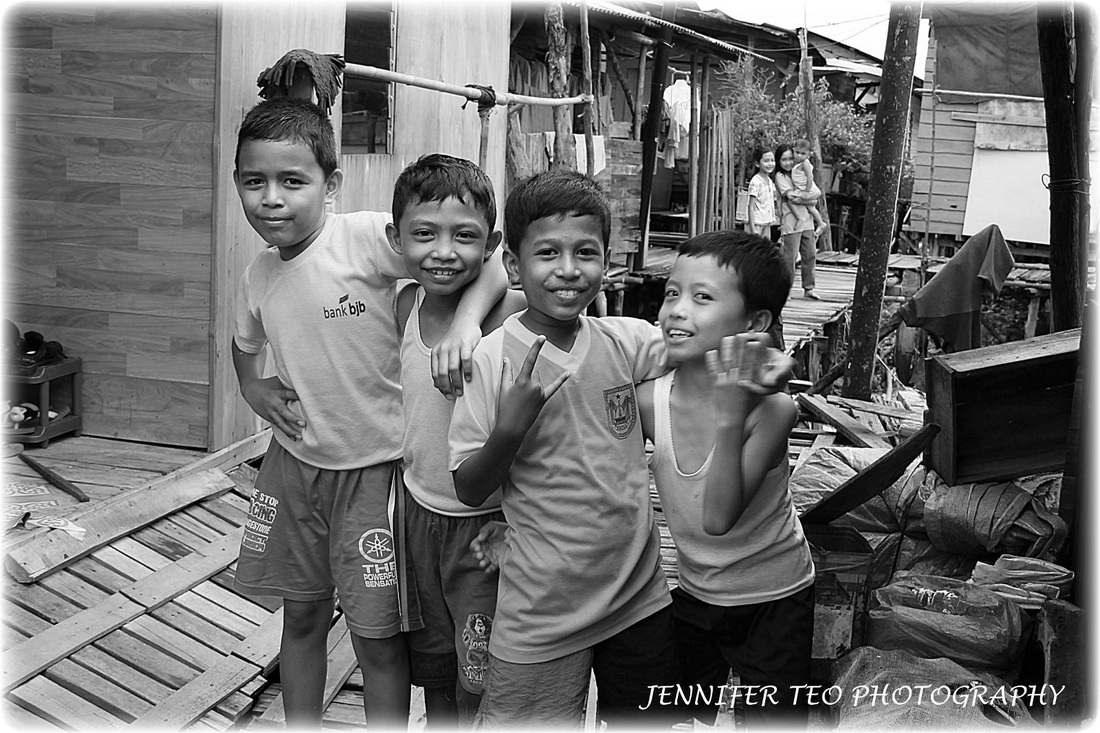
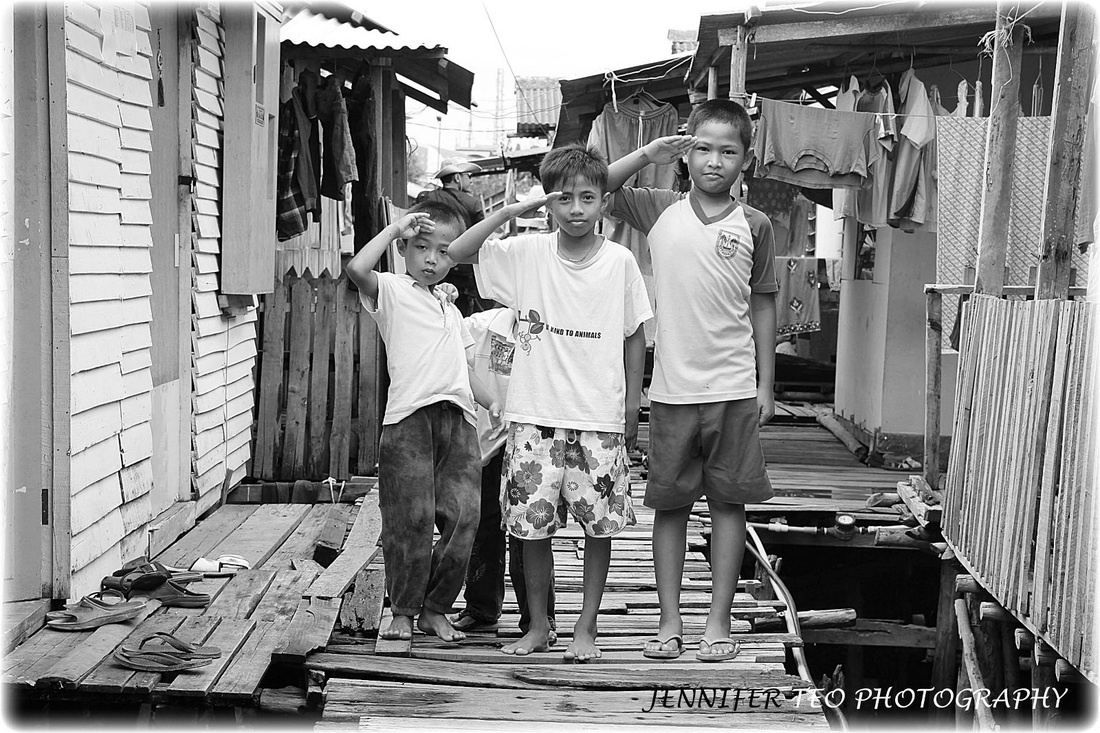
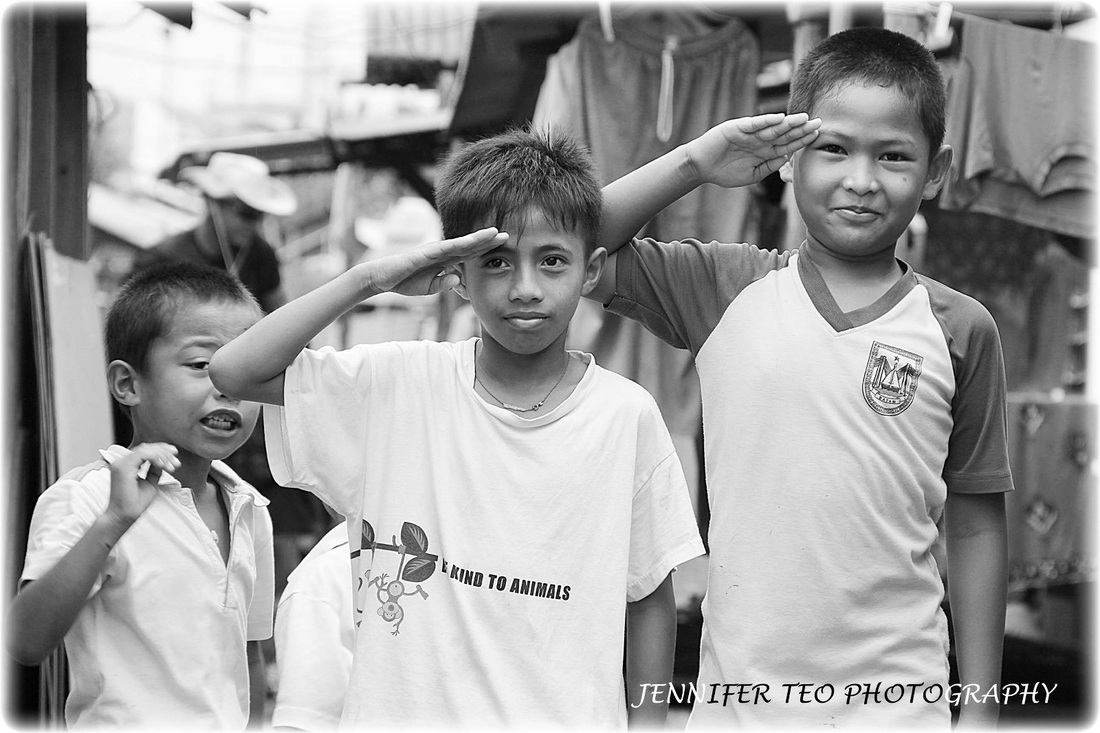
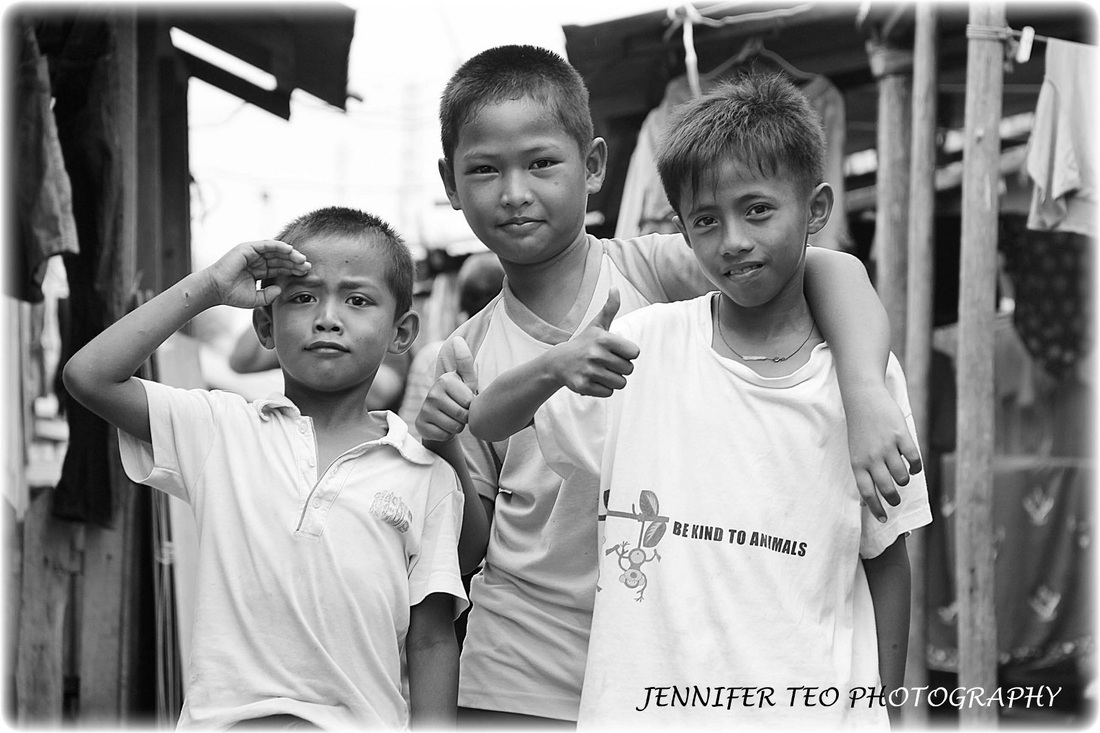
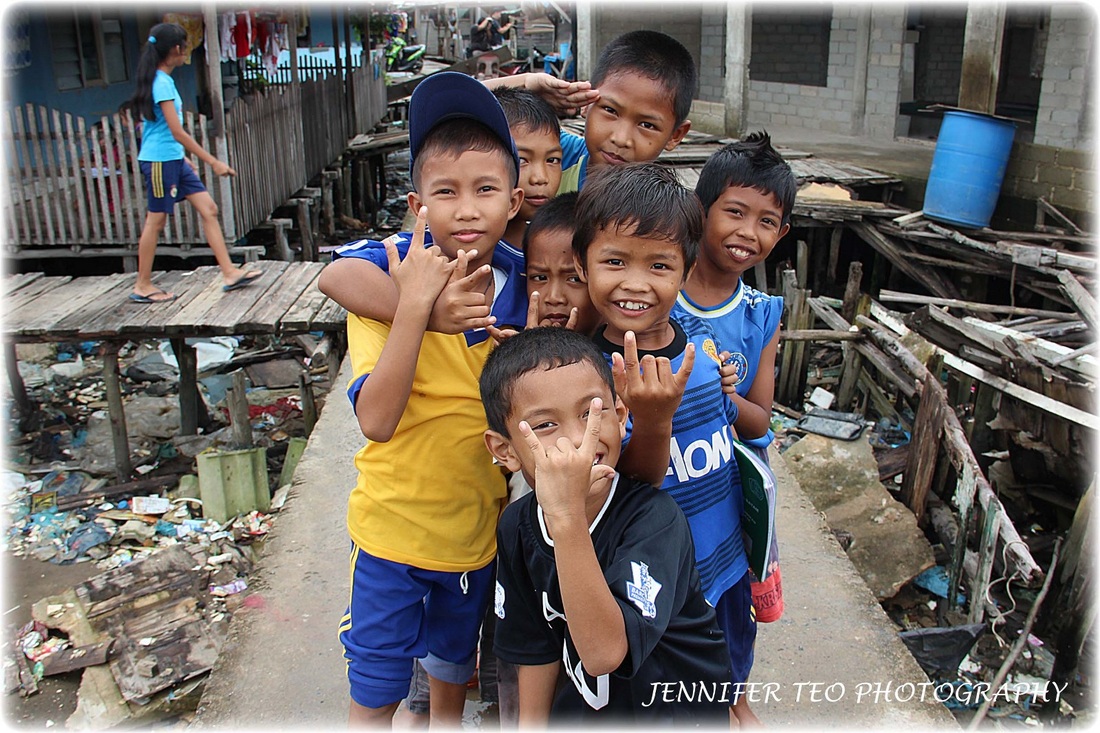
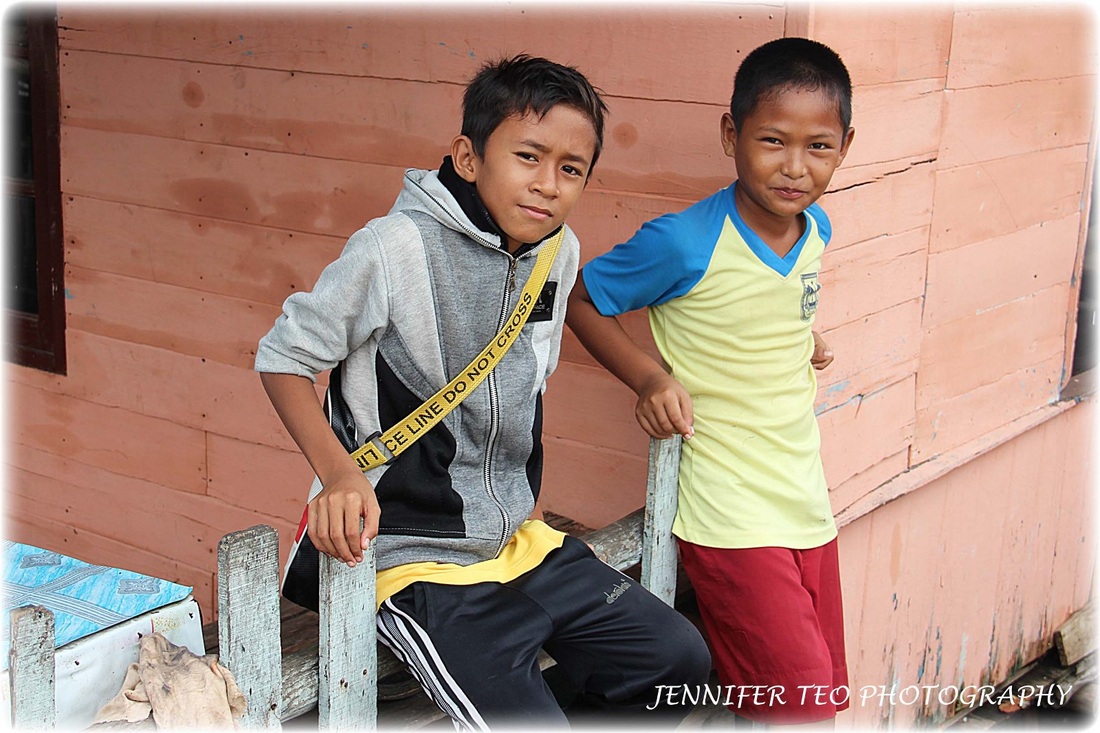
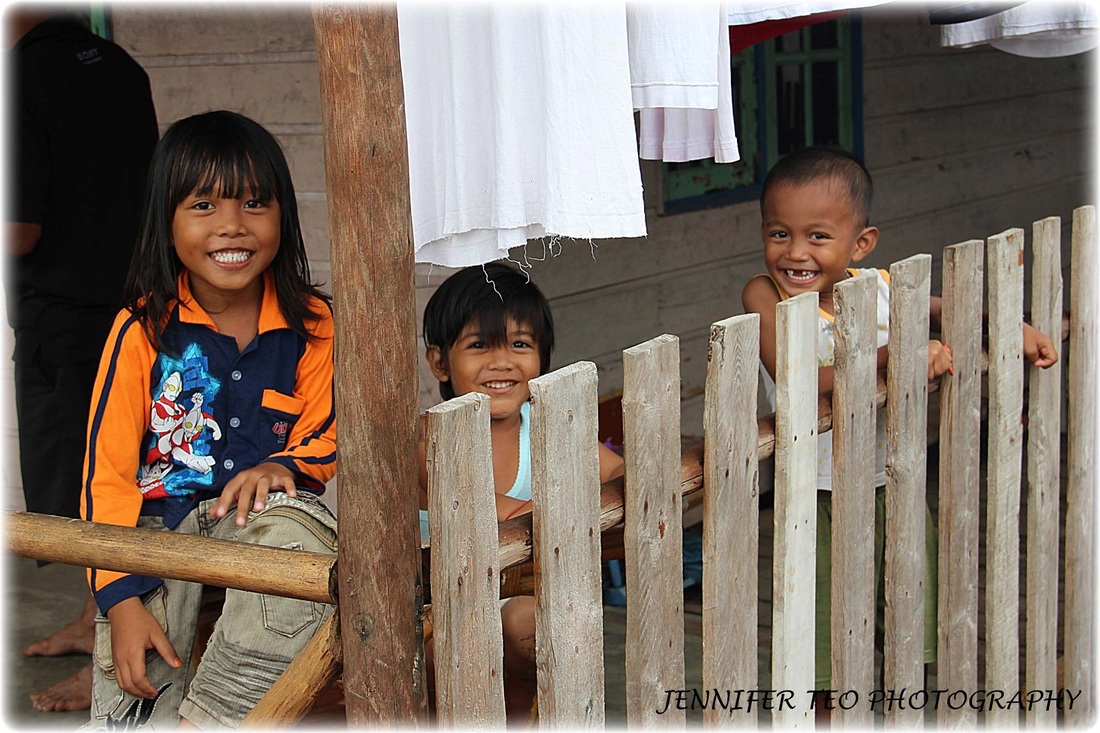
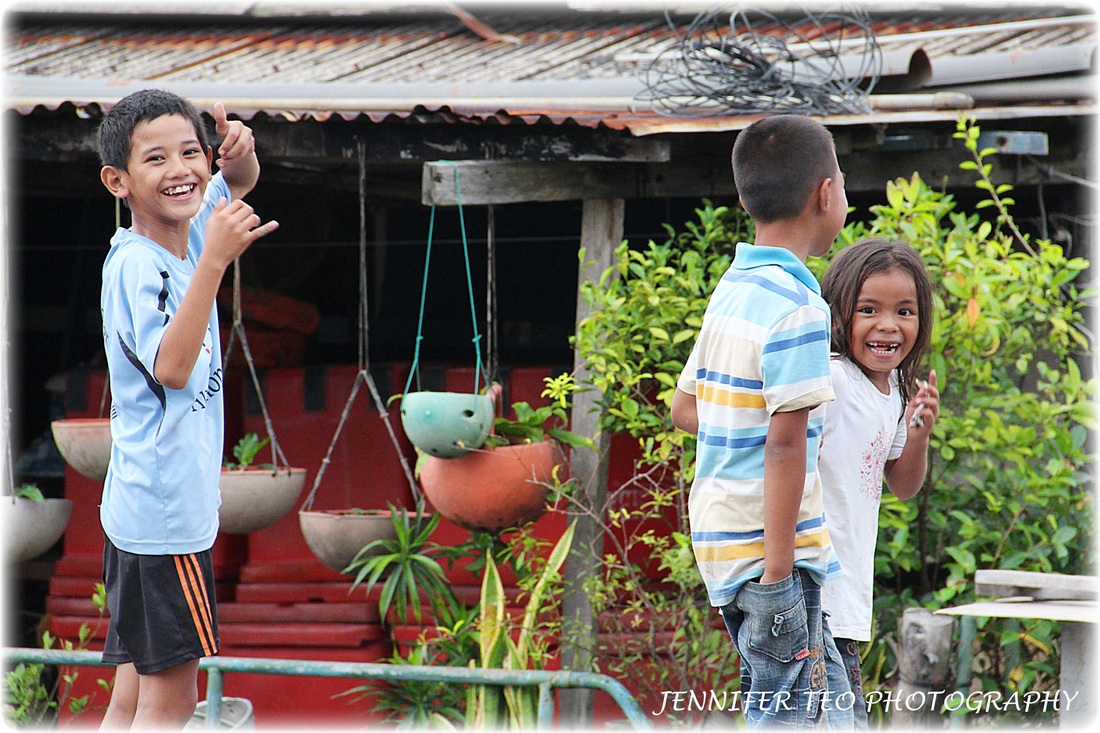
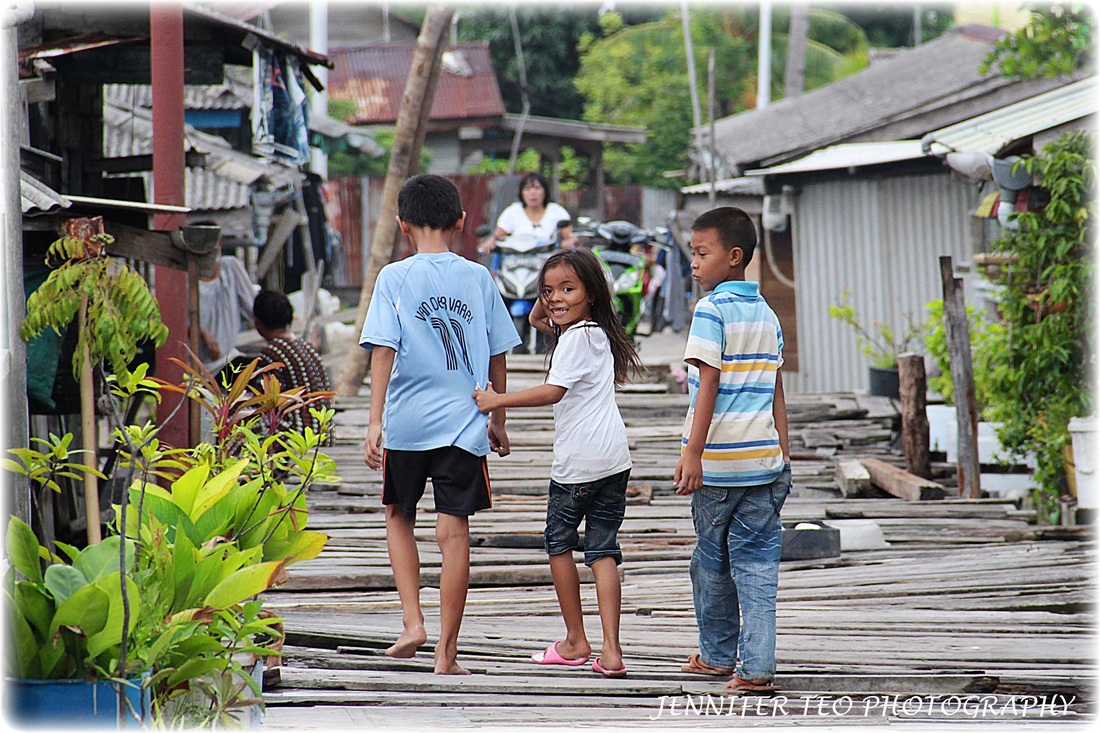
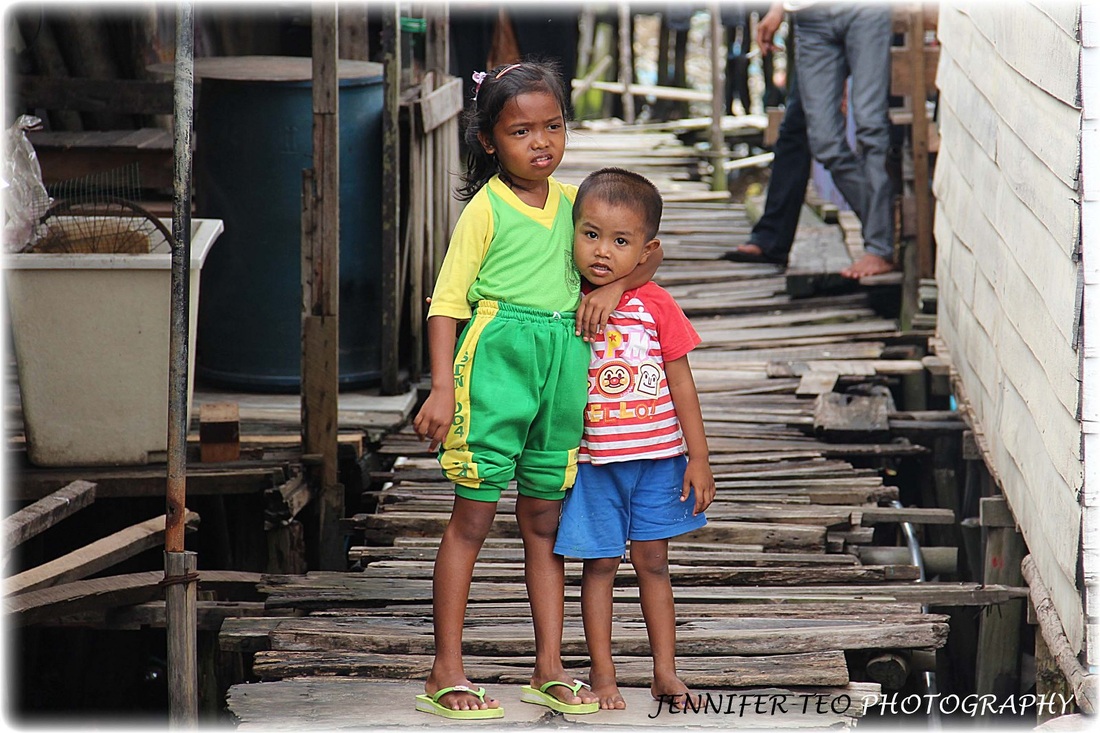
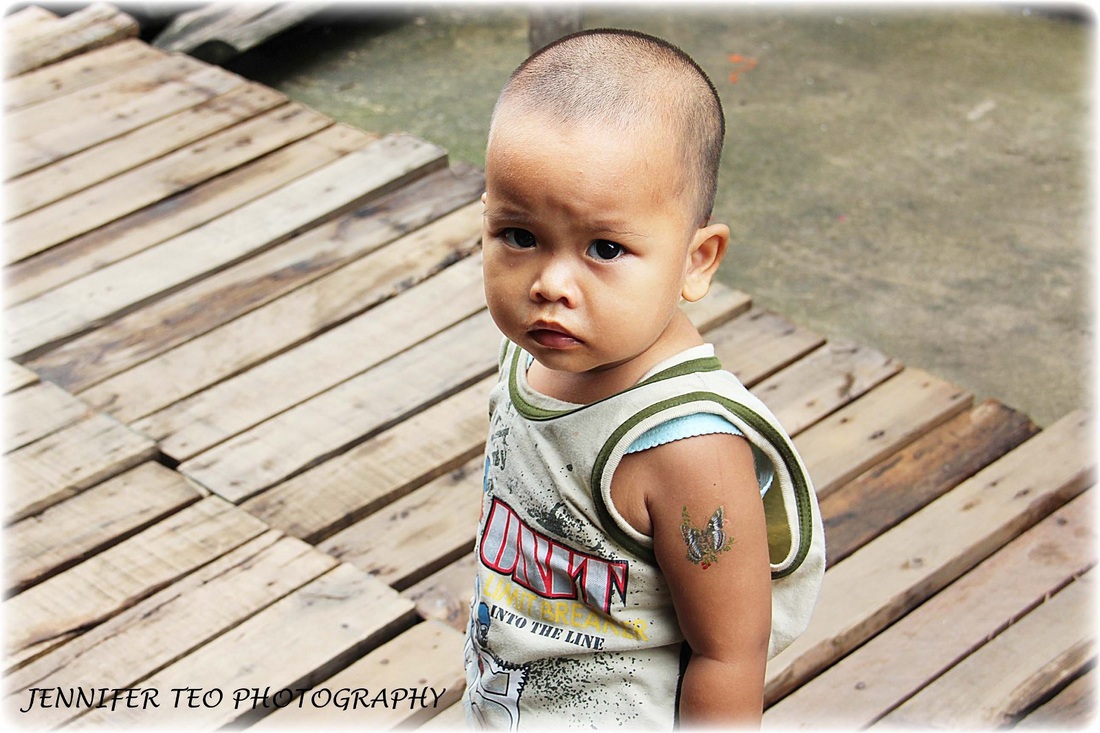
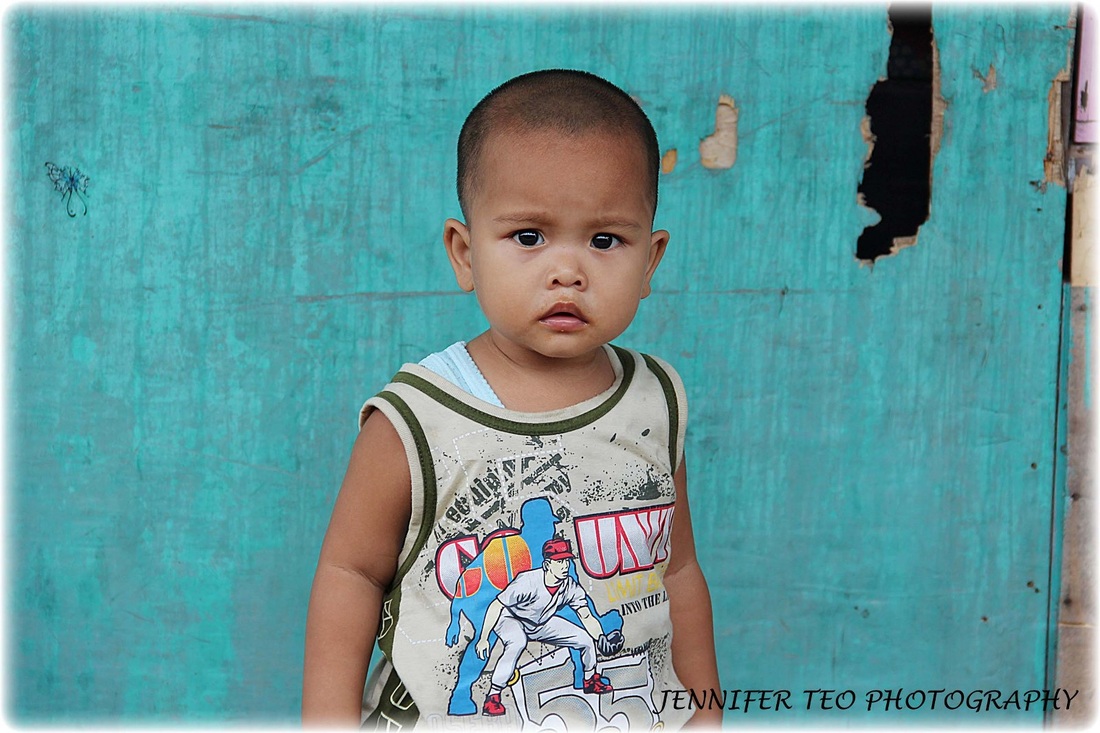
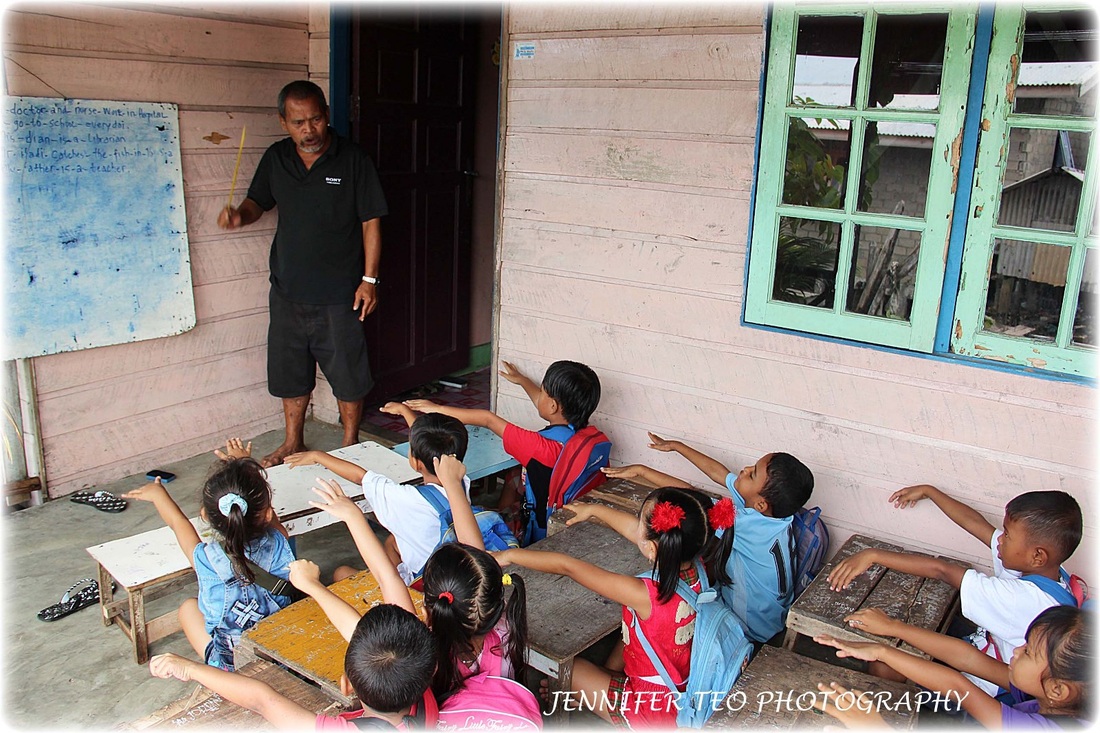
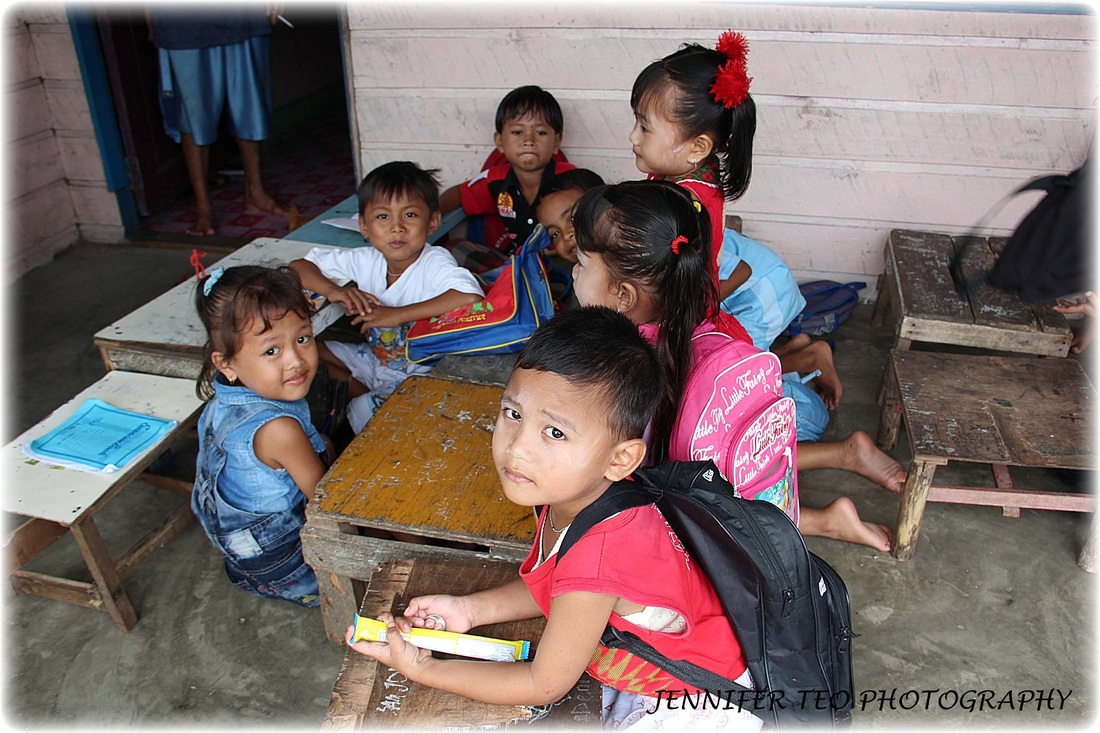
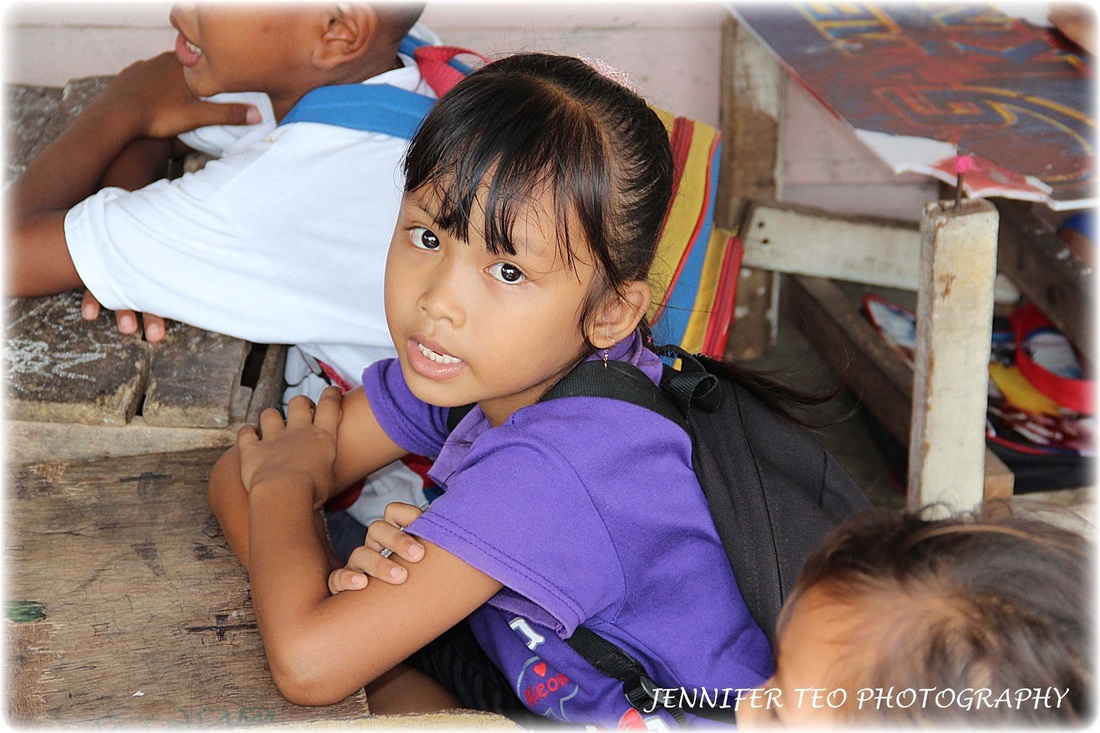
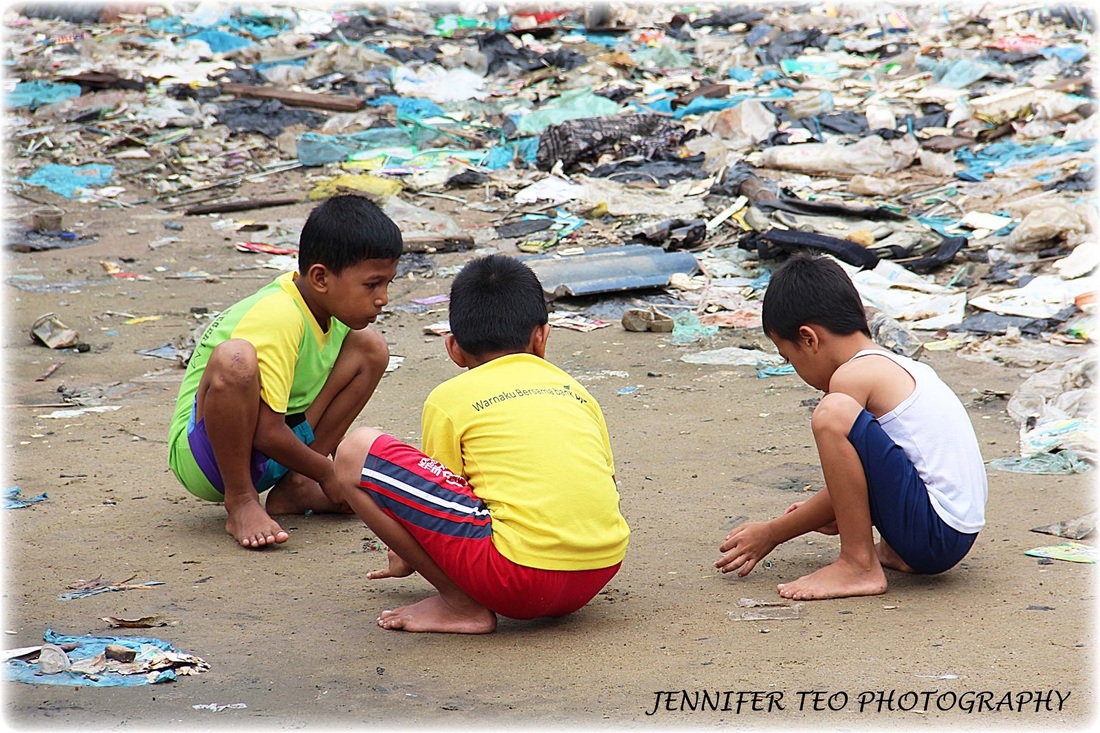
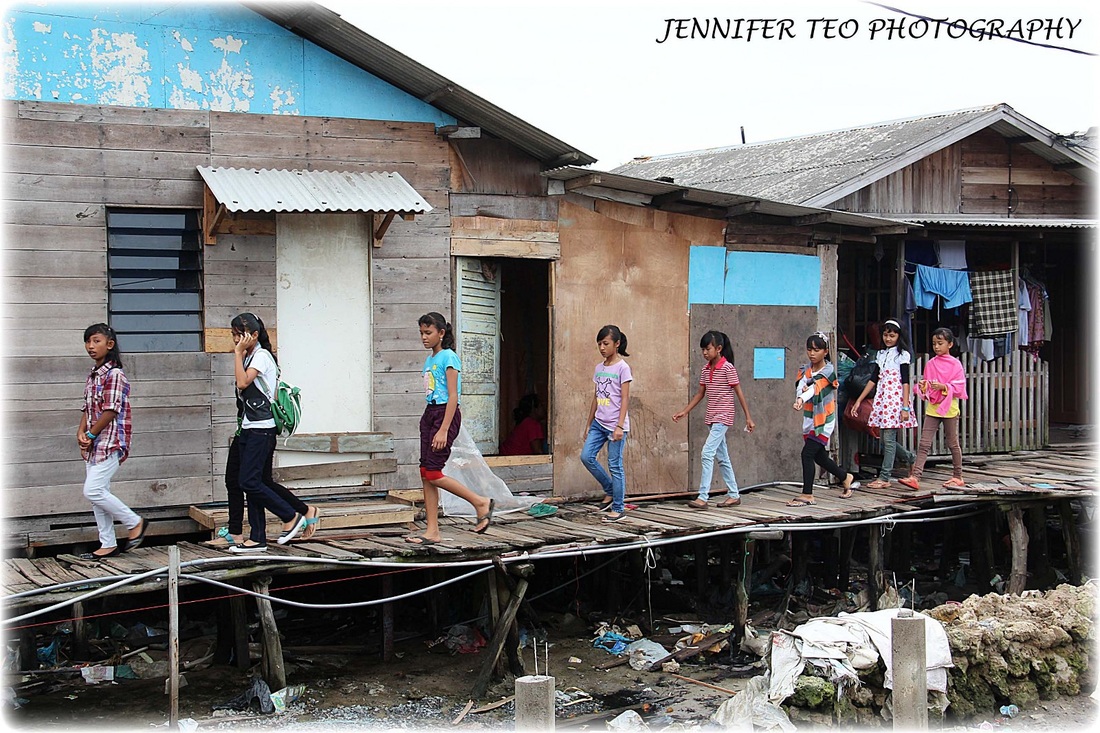
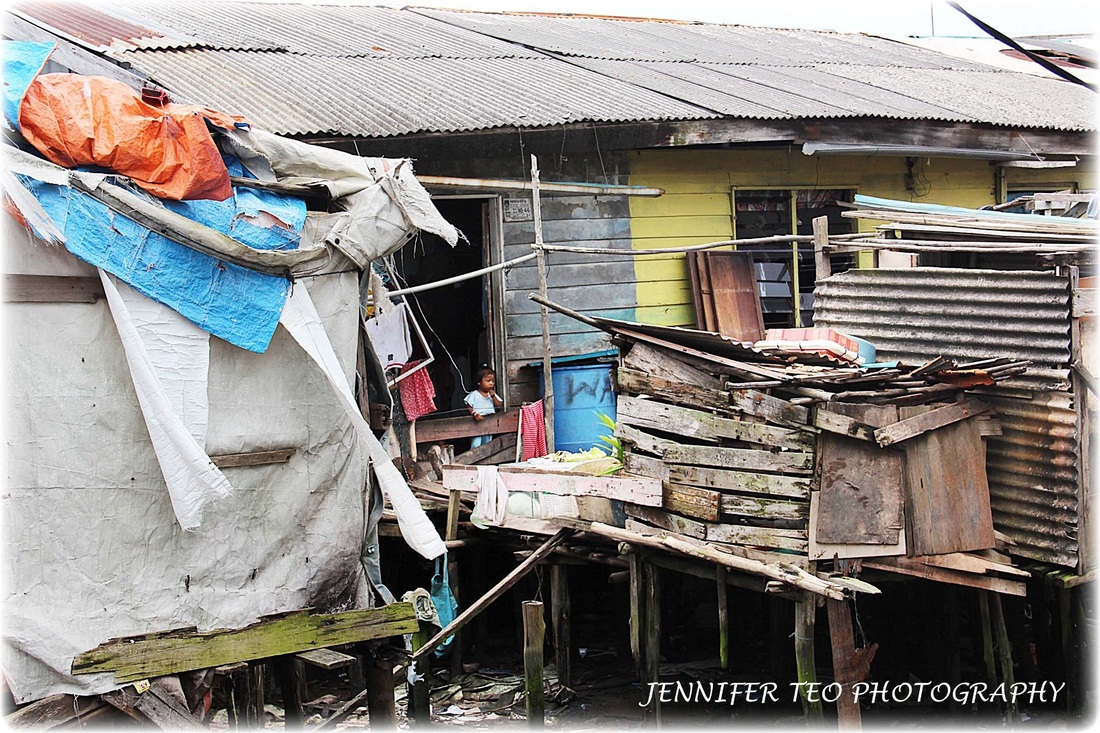
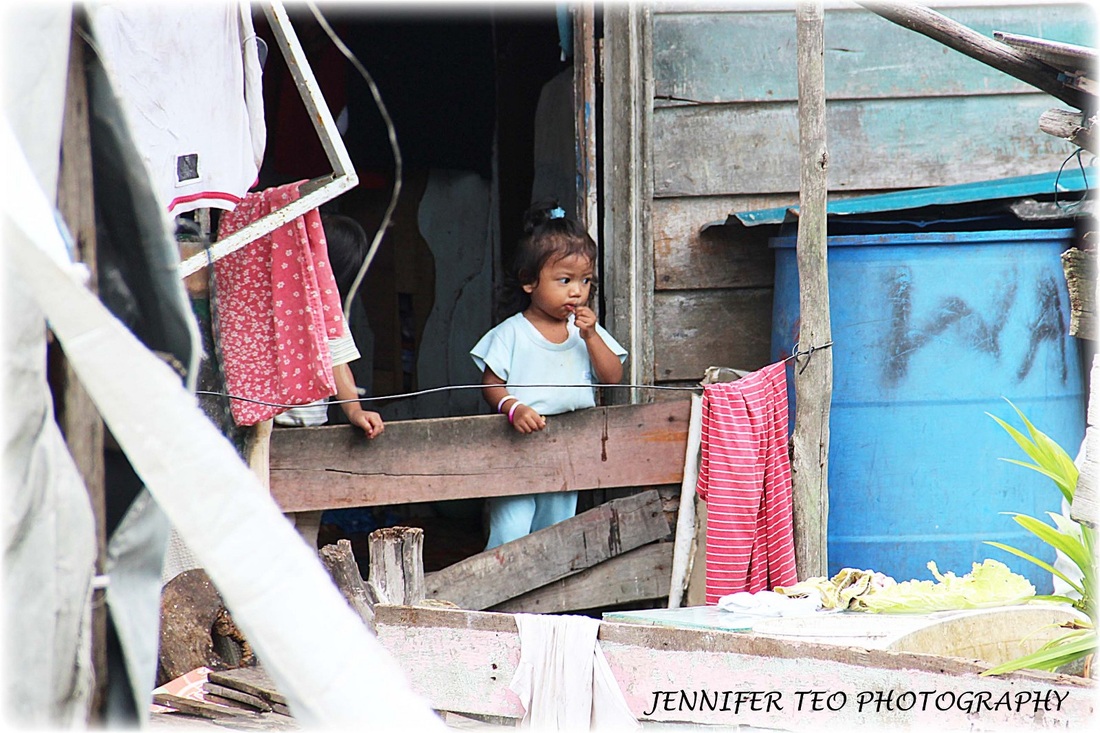
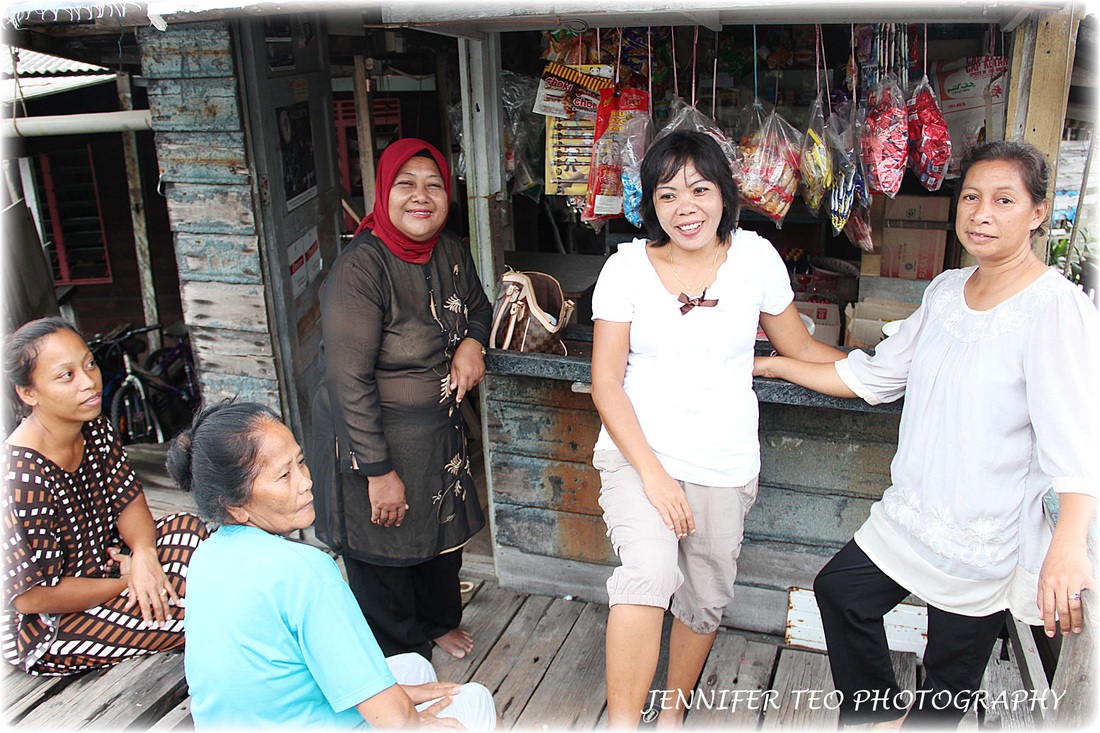
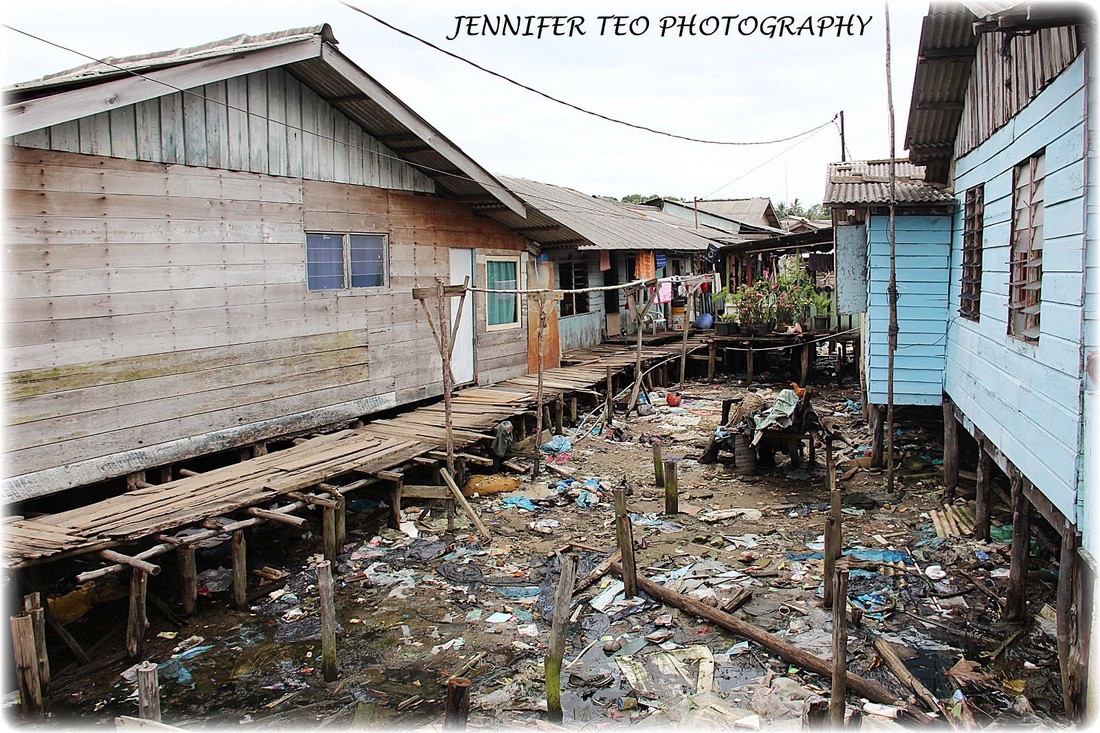
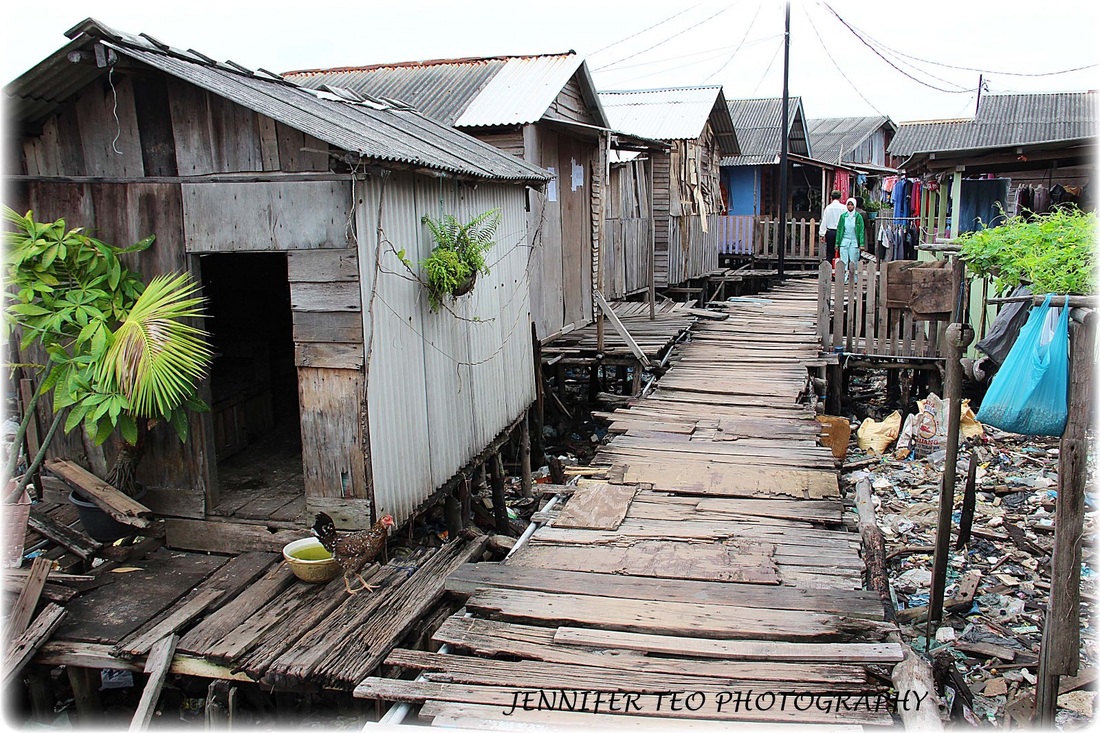
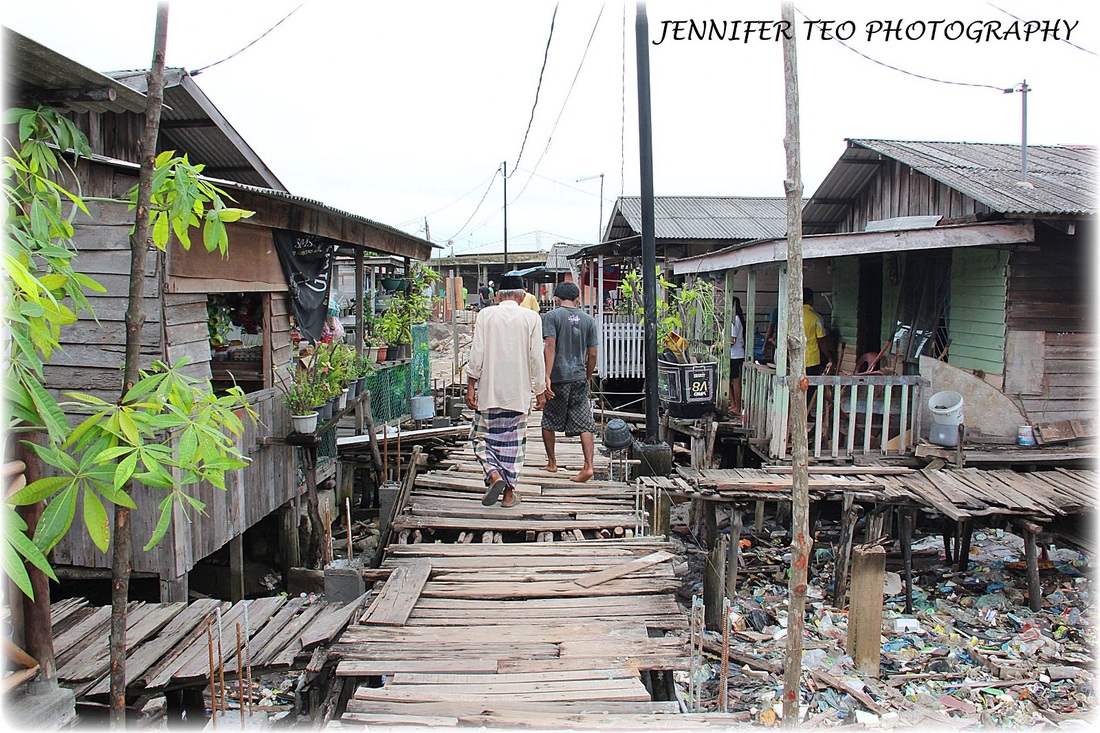
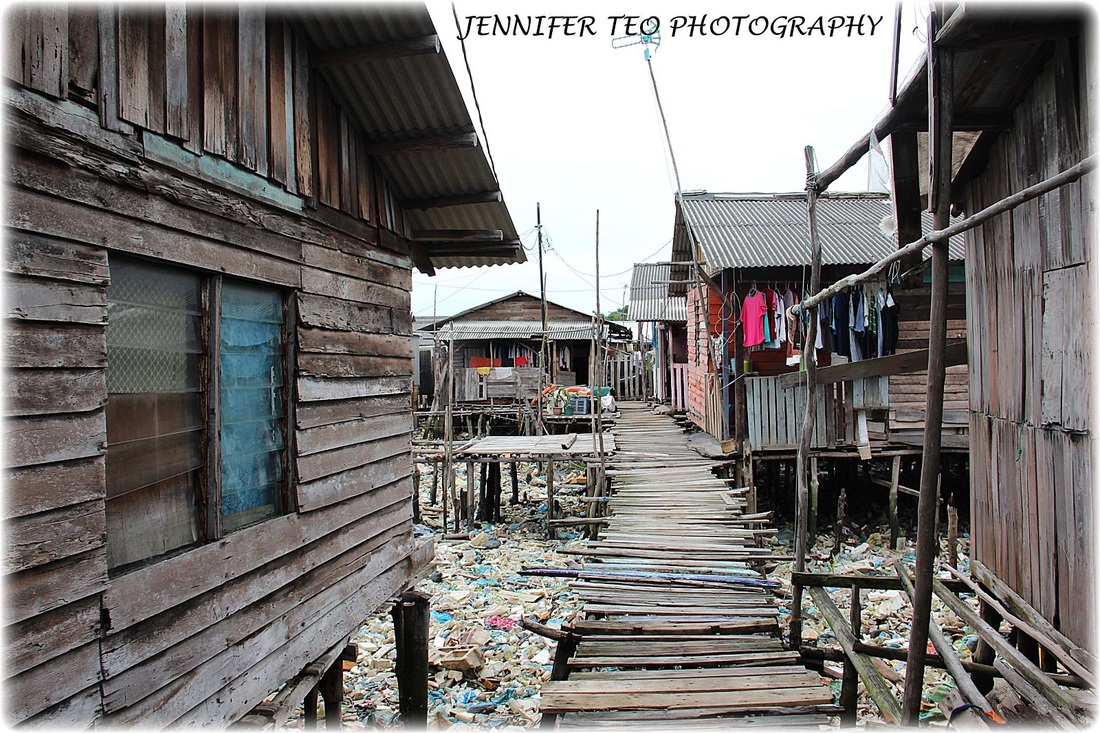
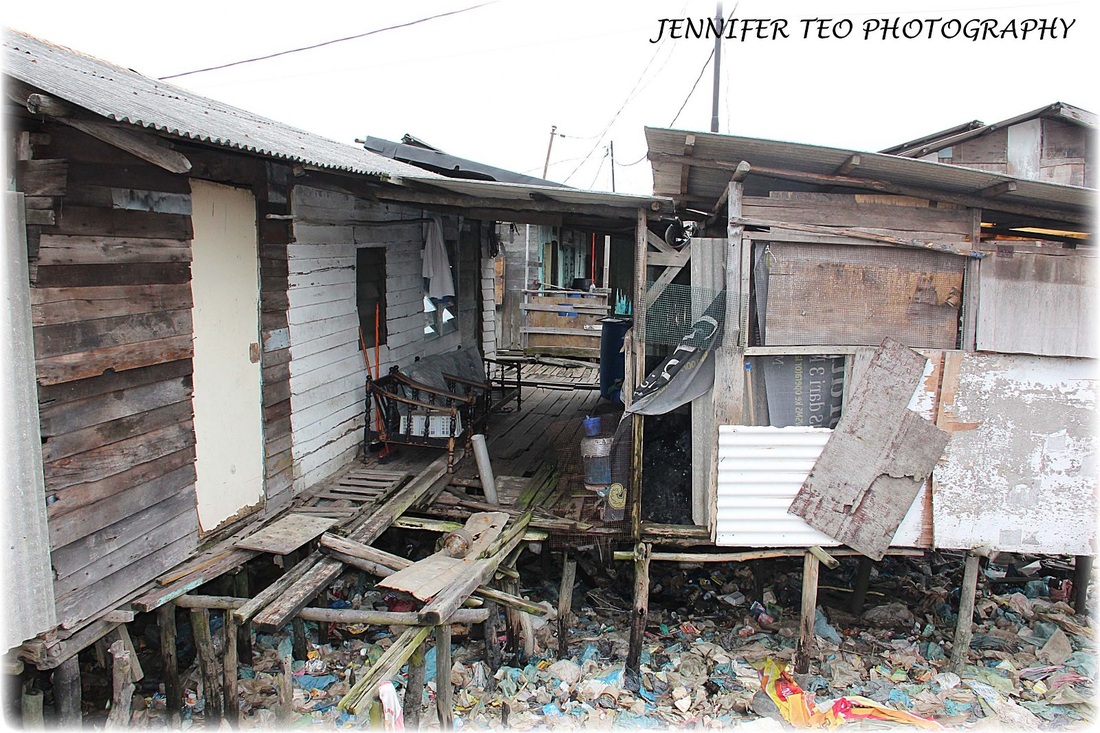
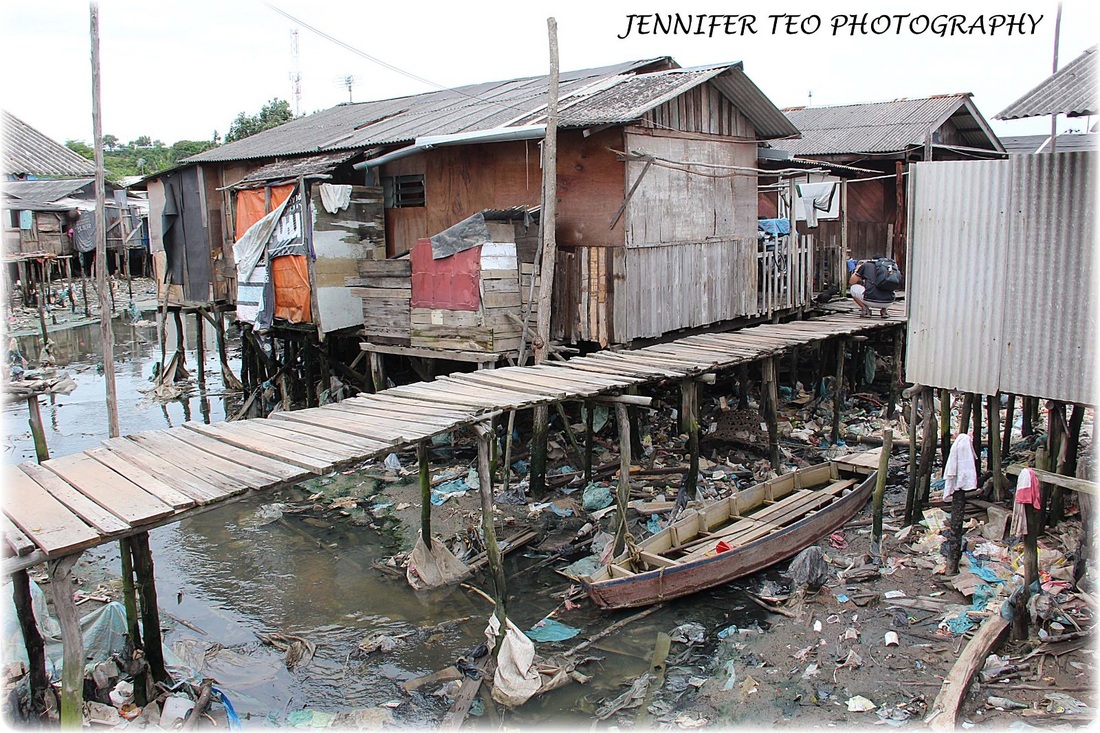
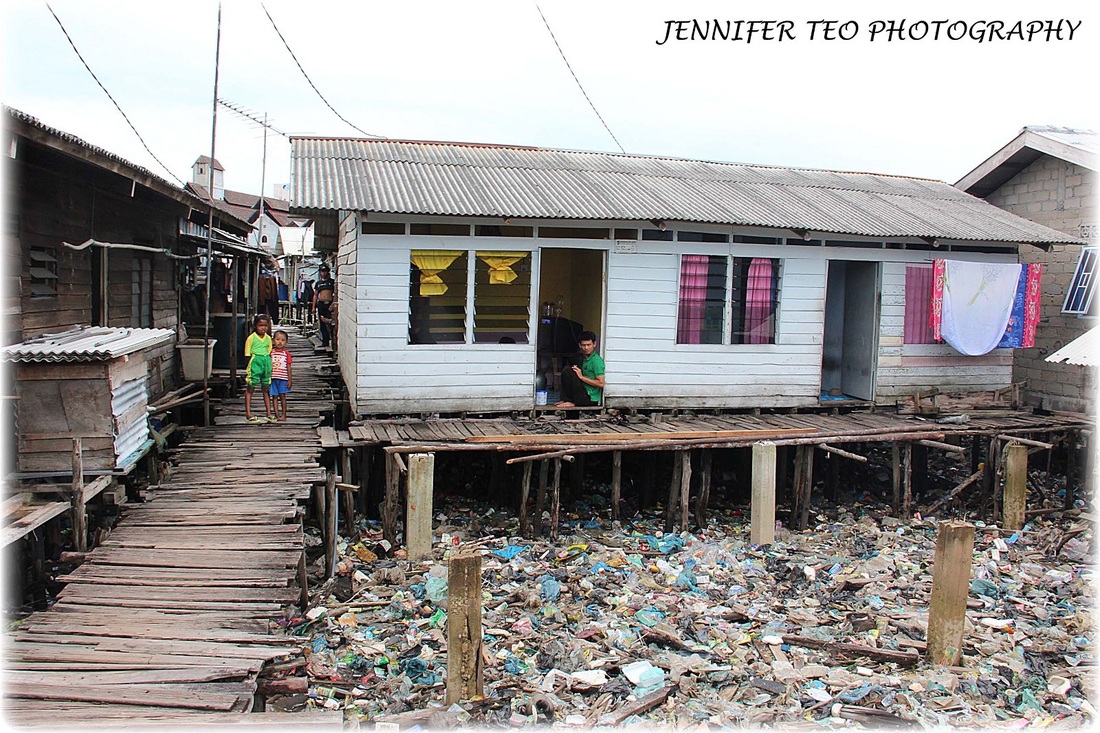
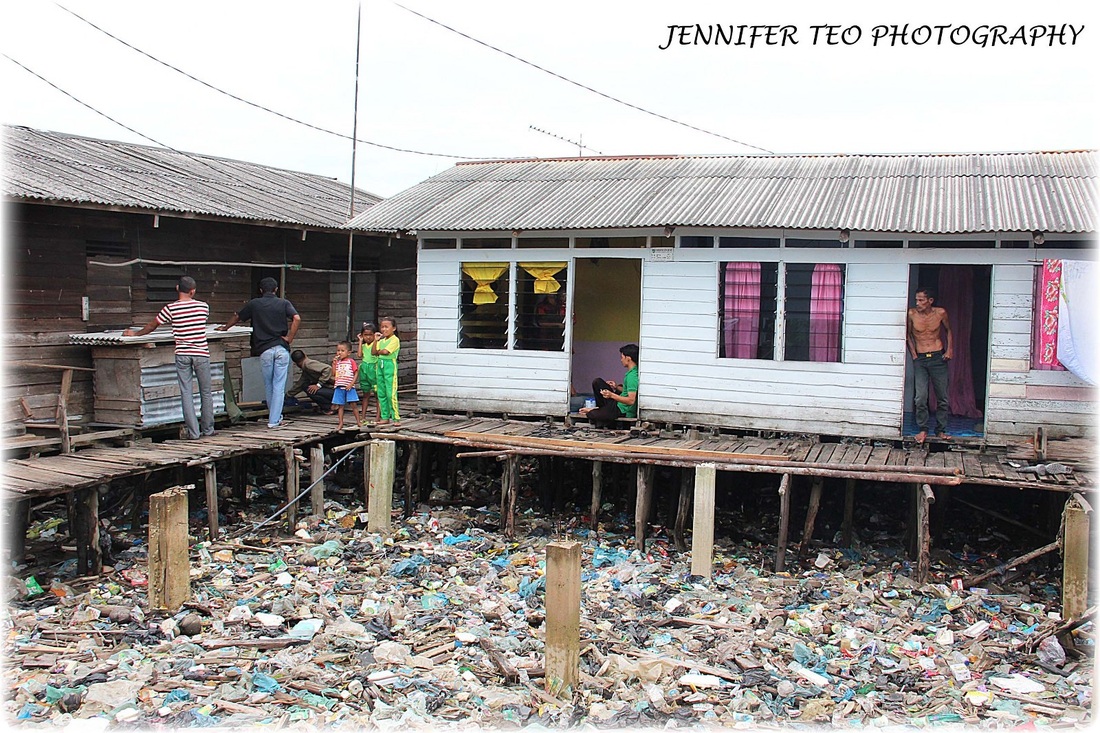
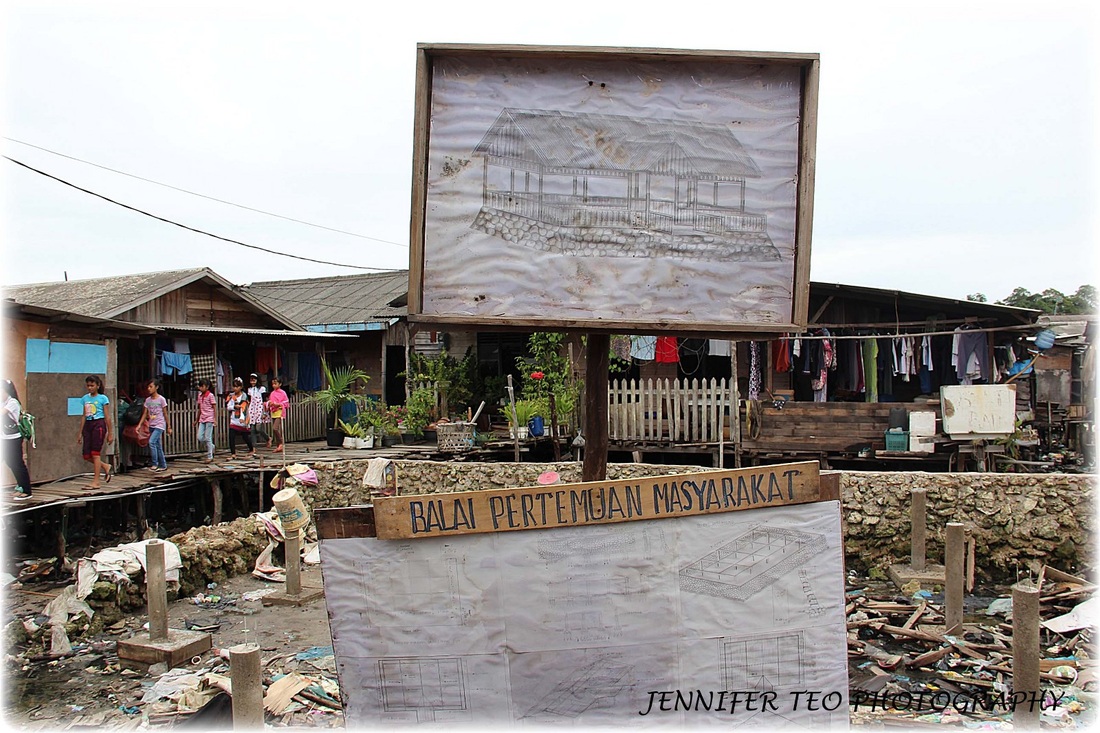
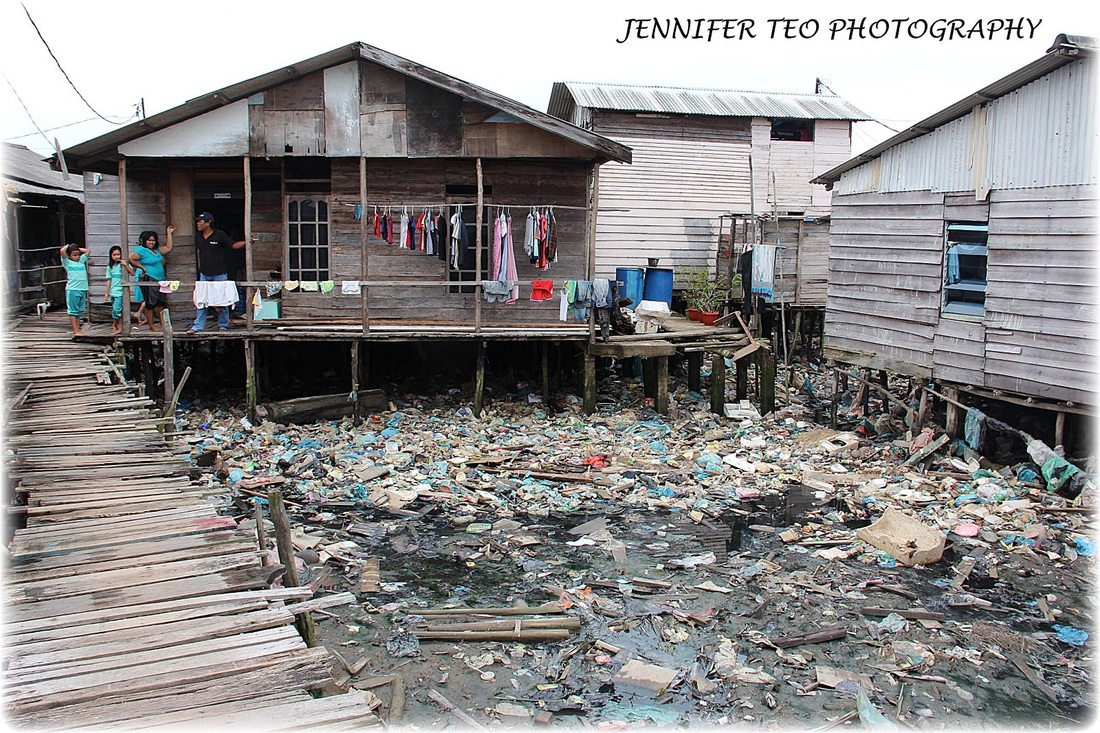
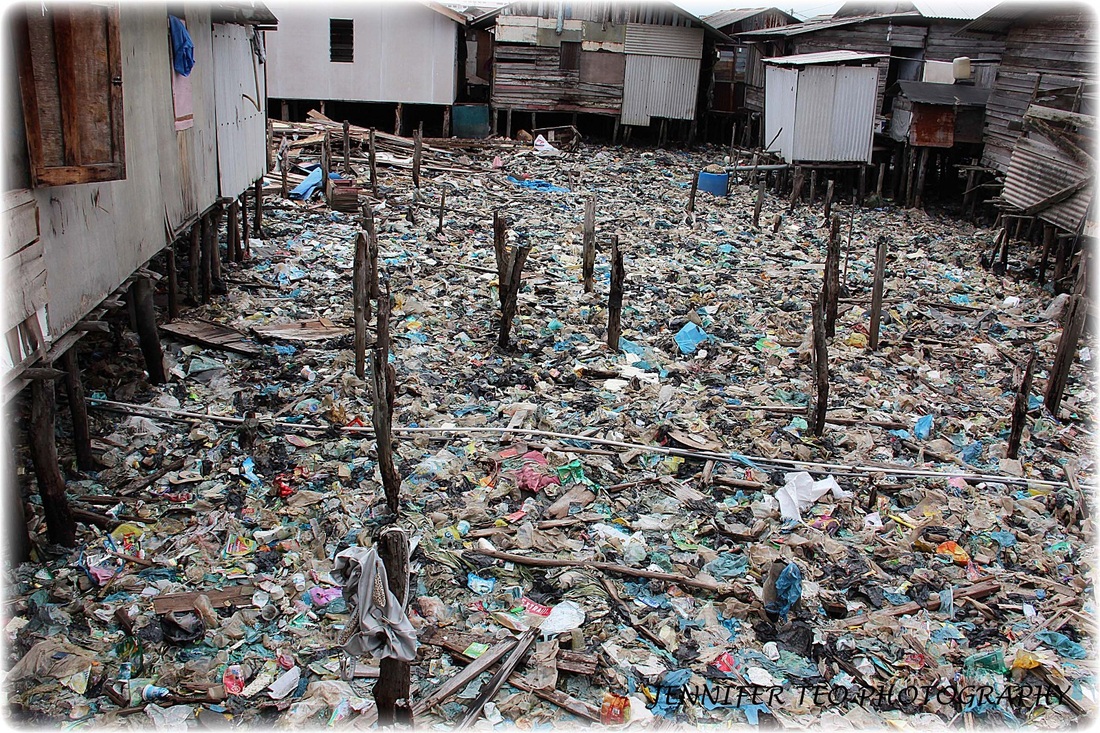
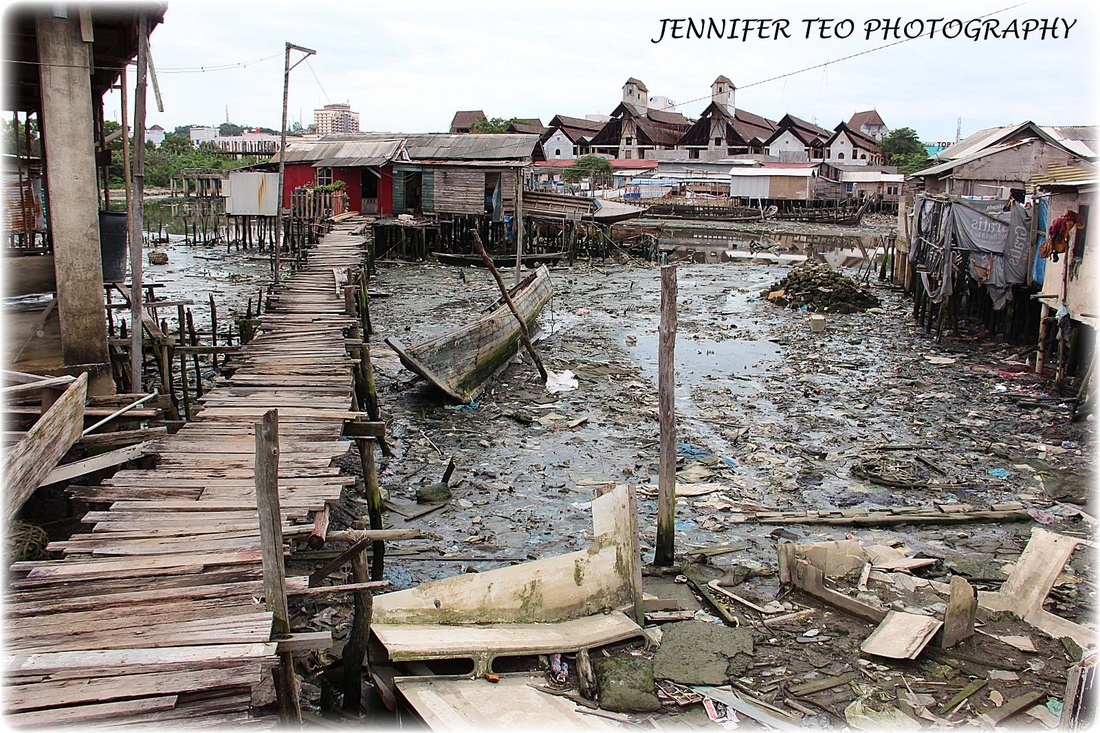
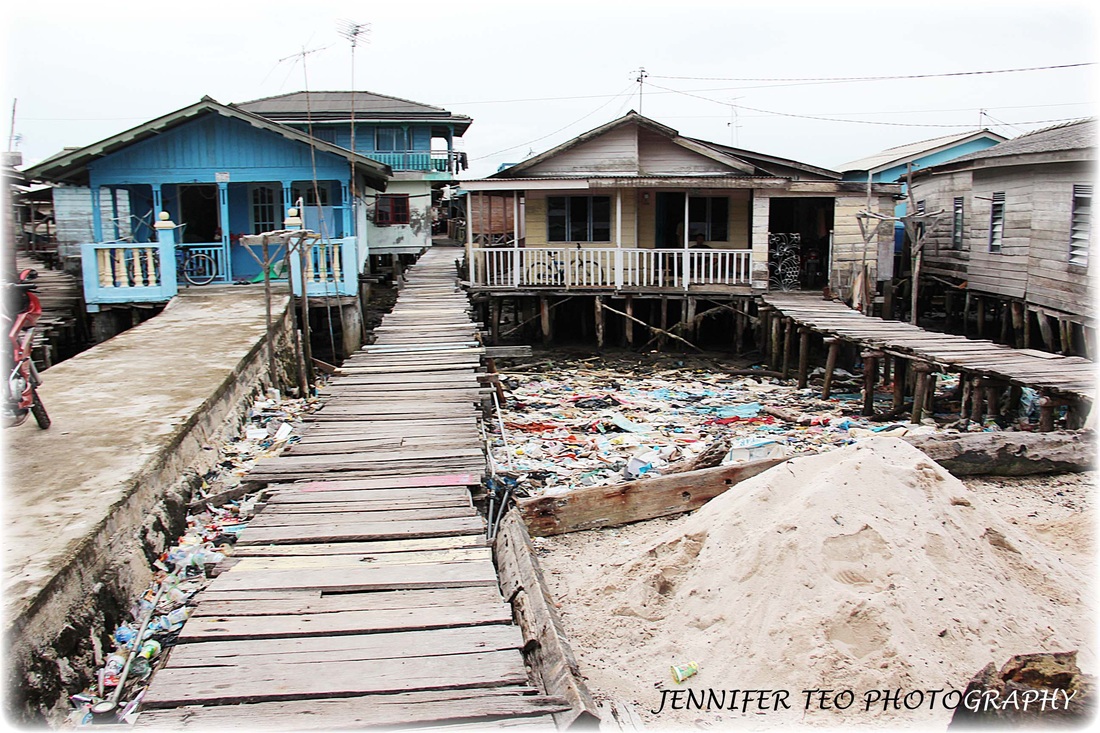
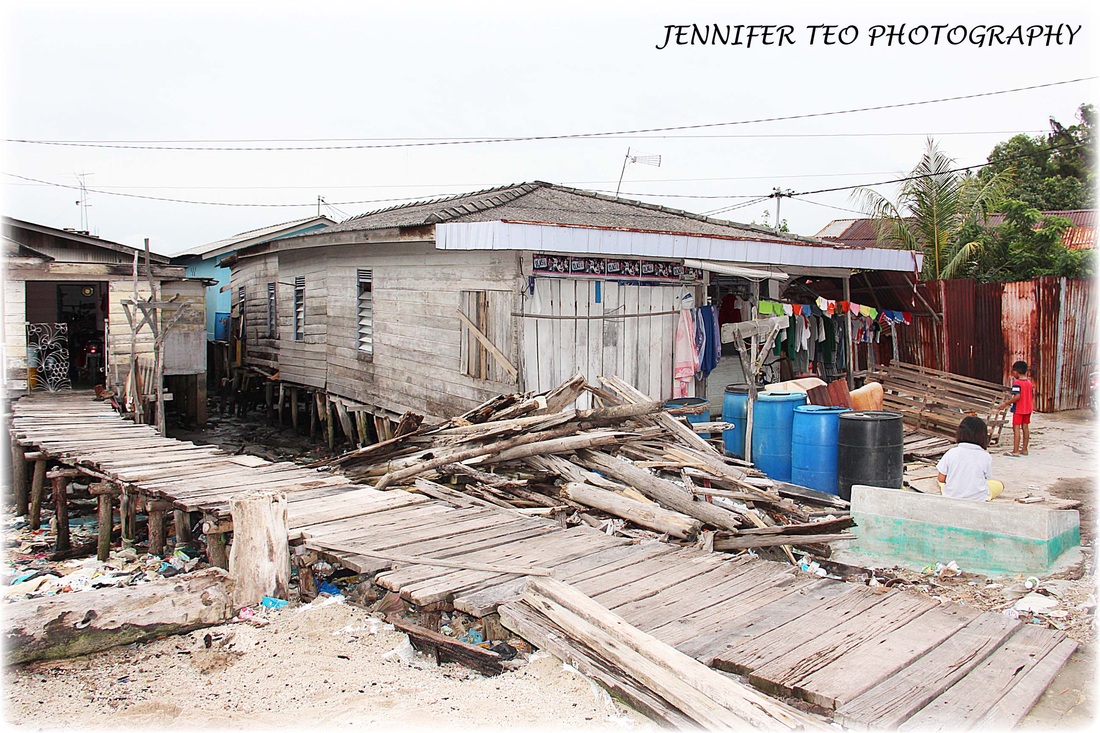
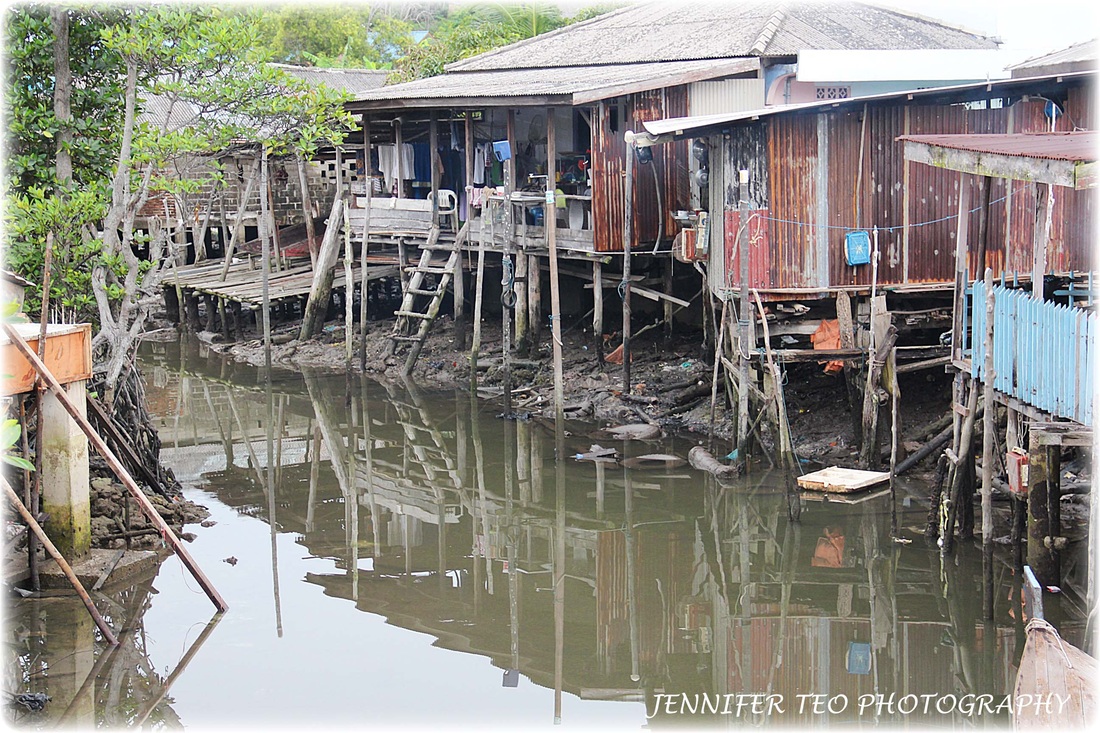
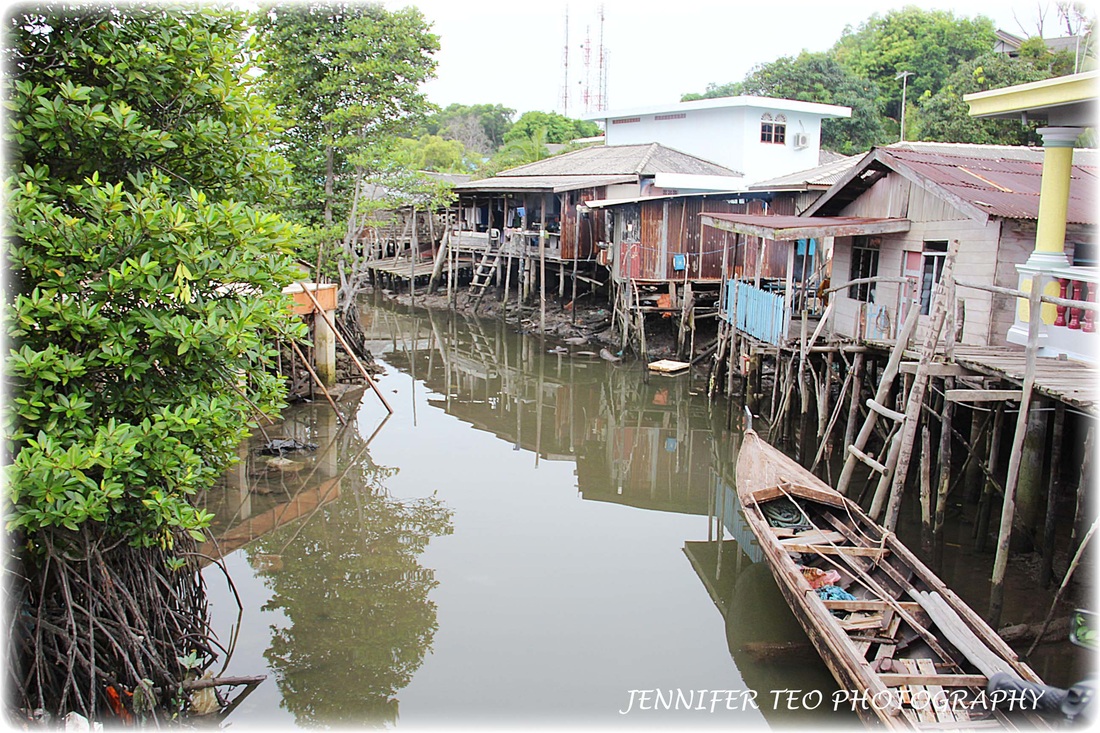

 RSS Feed
RSS Feed






